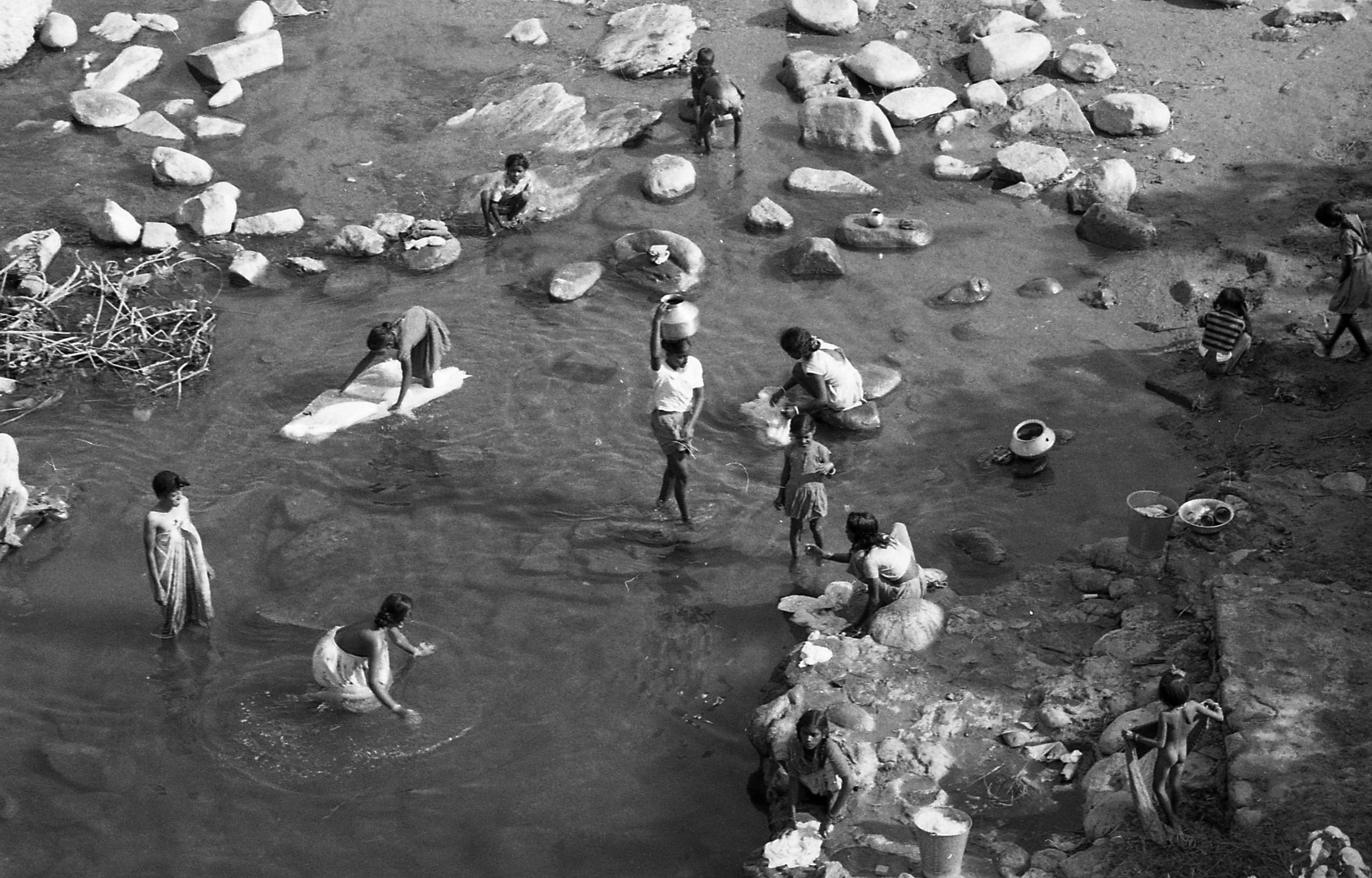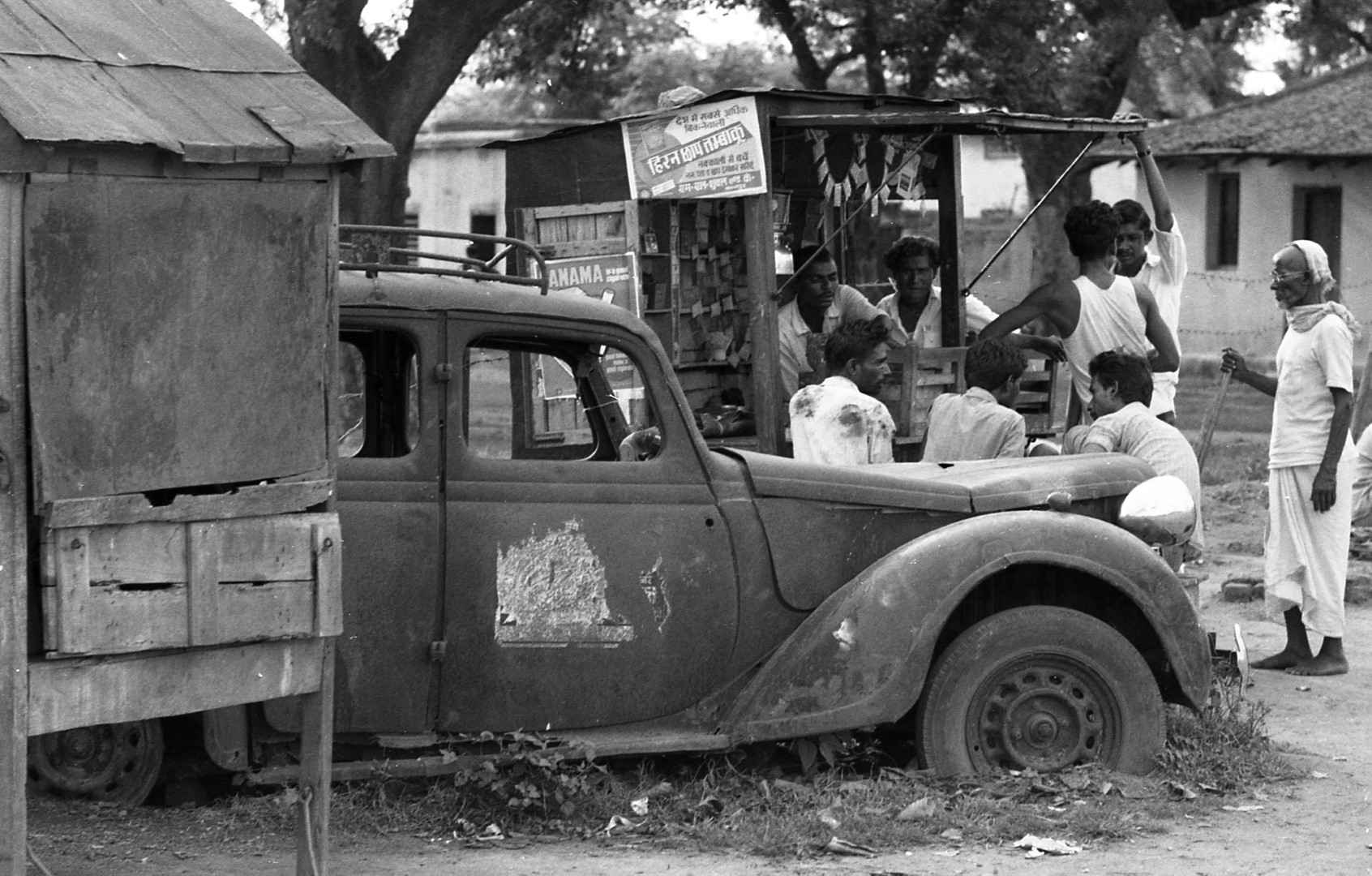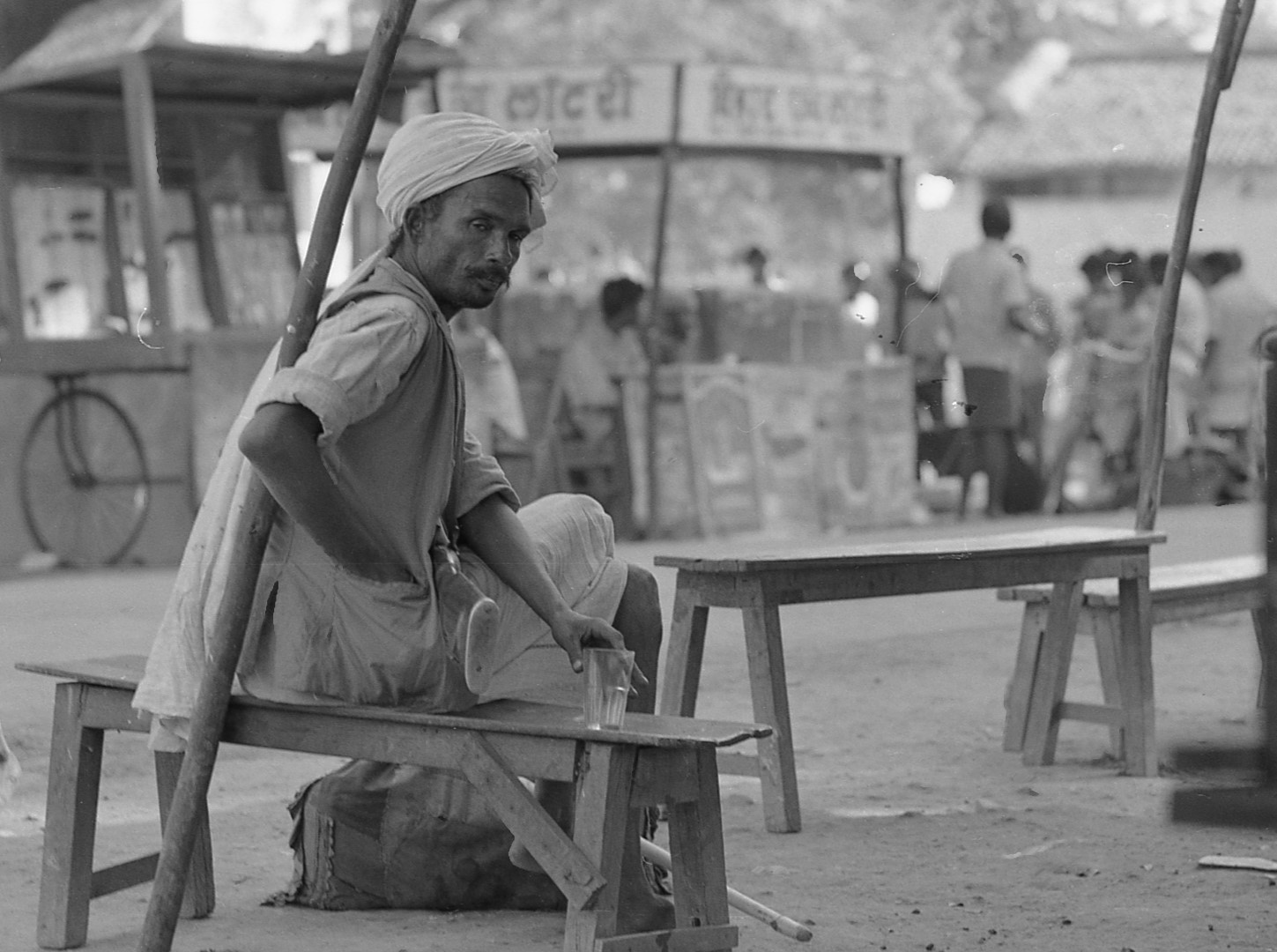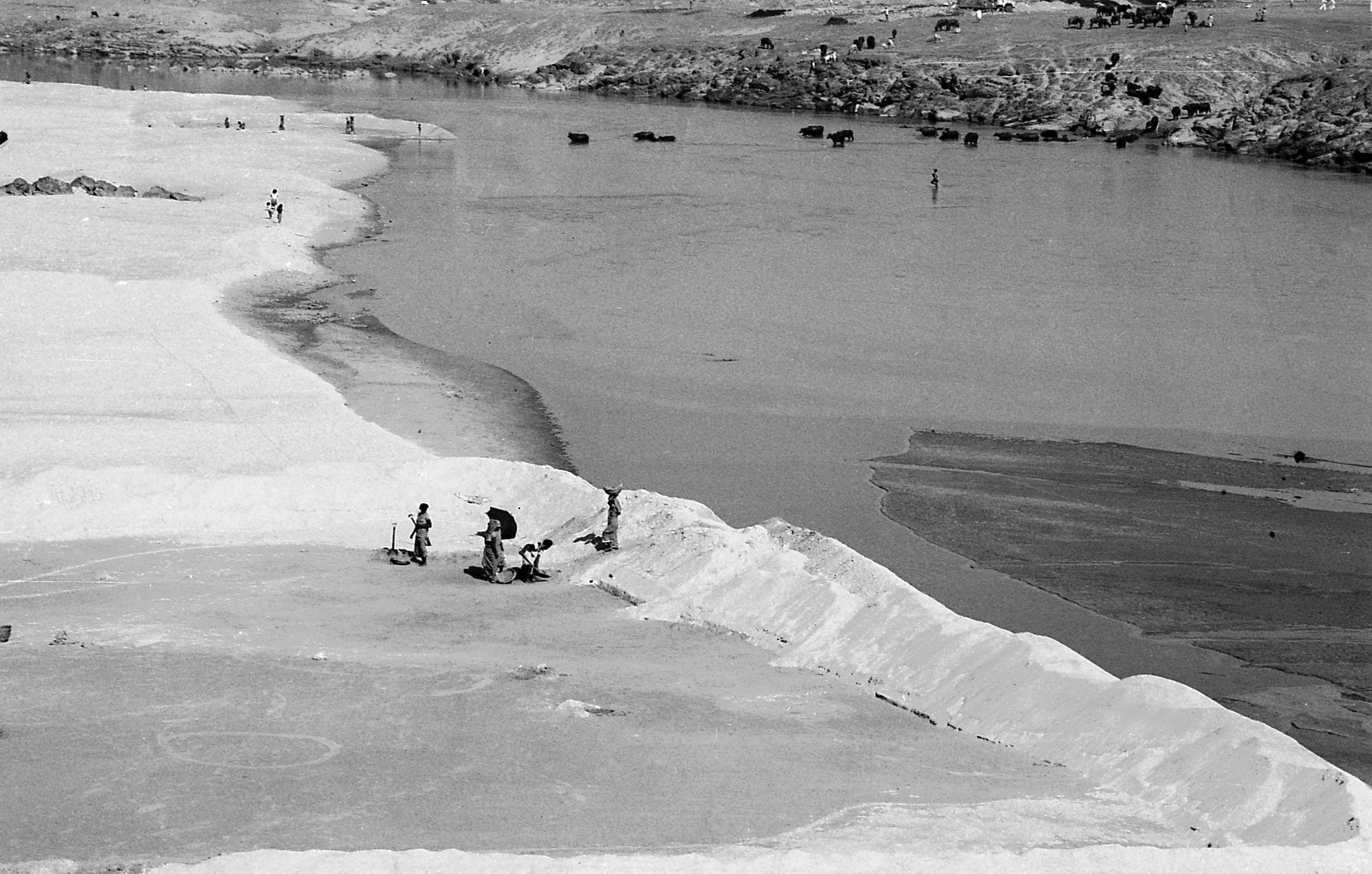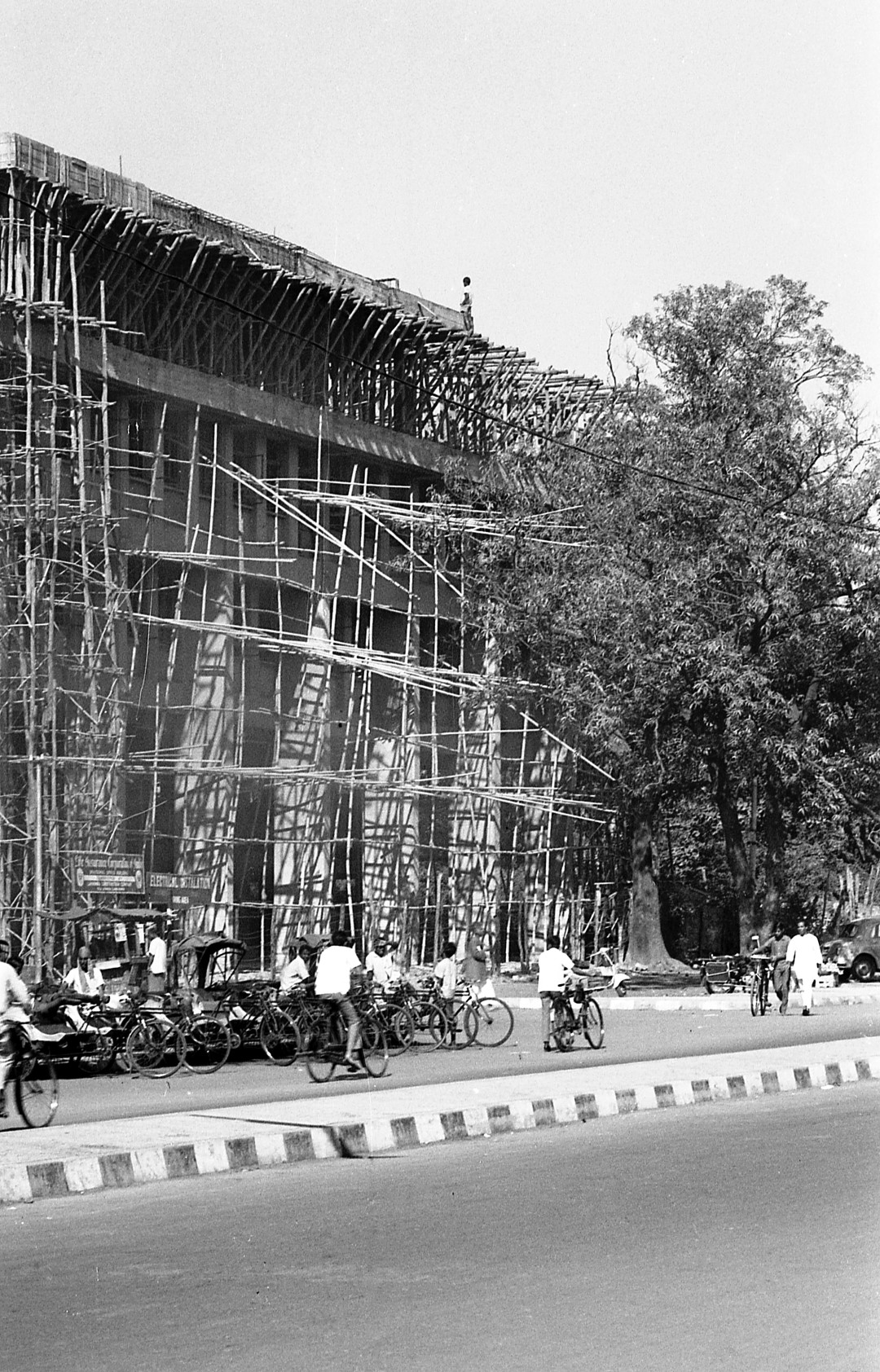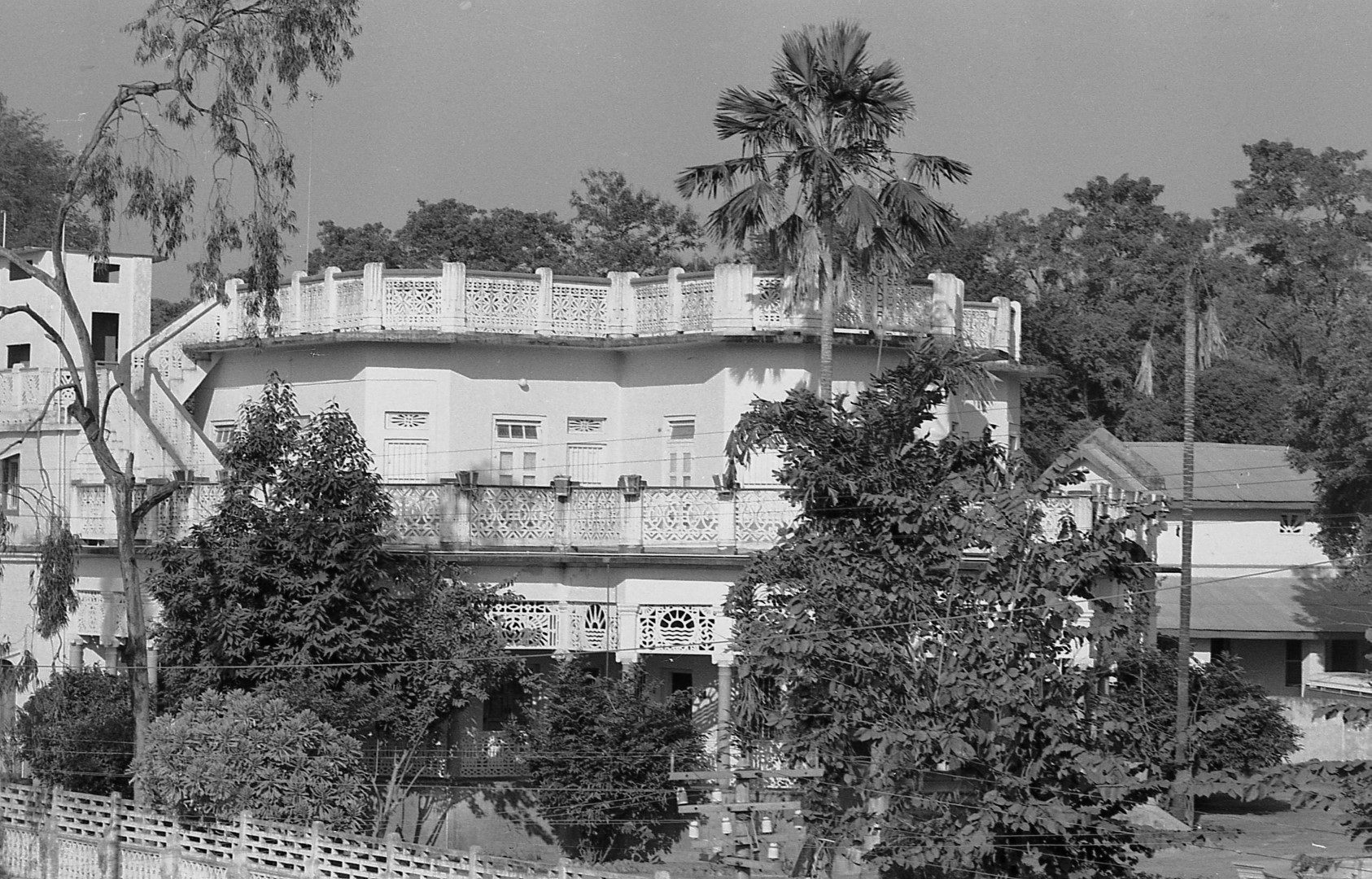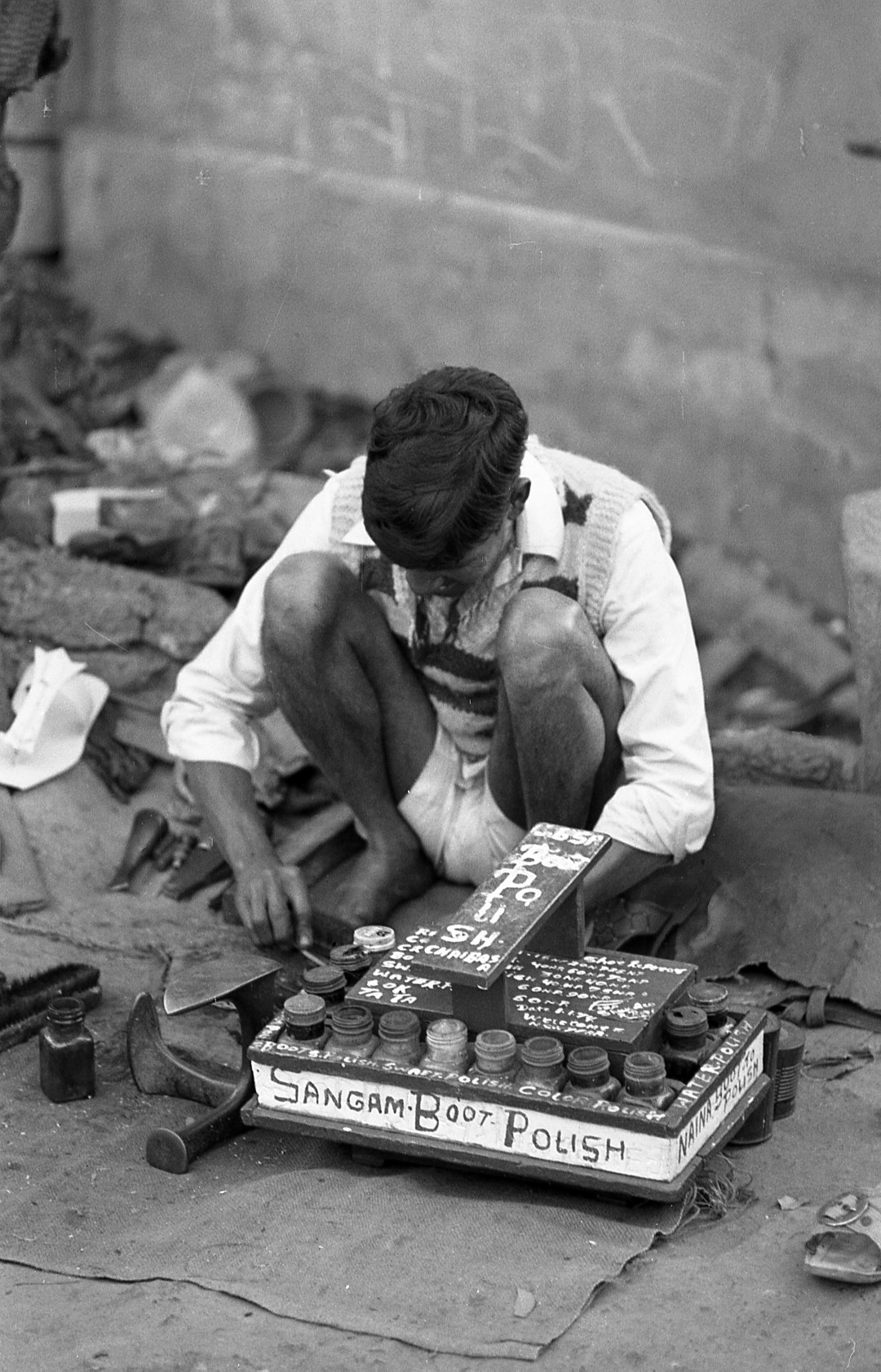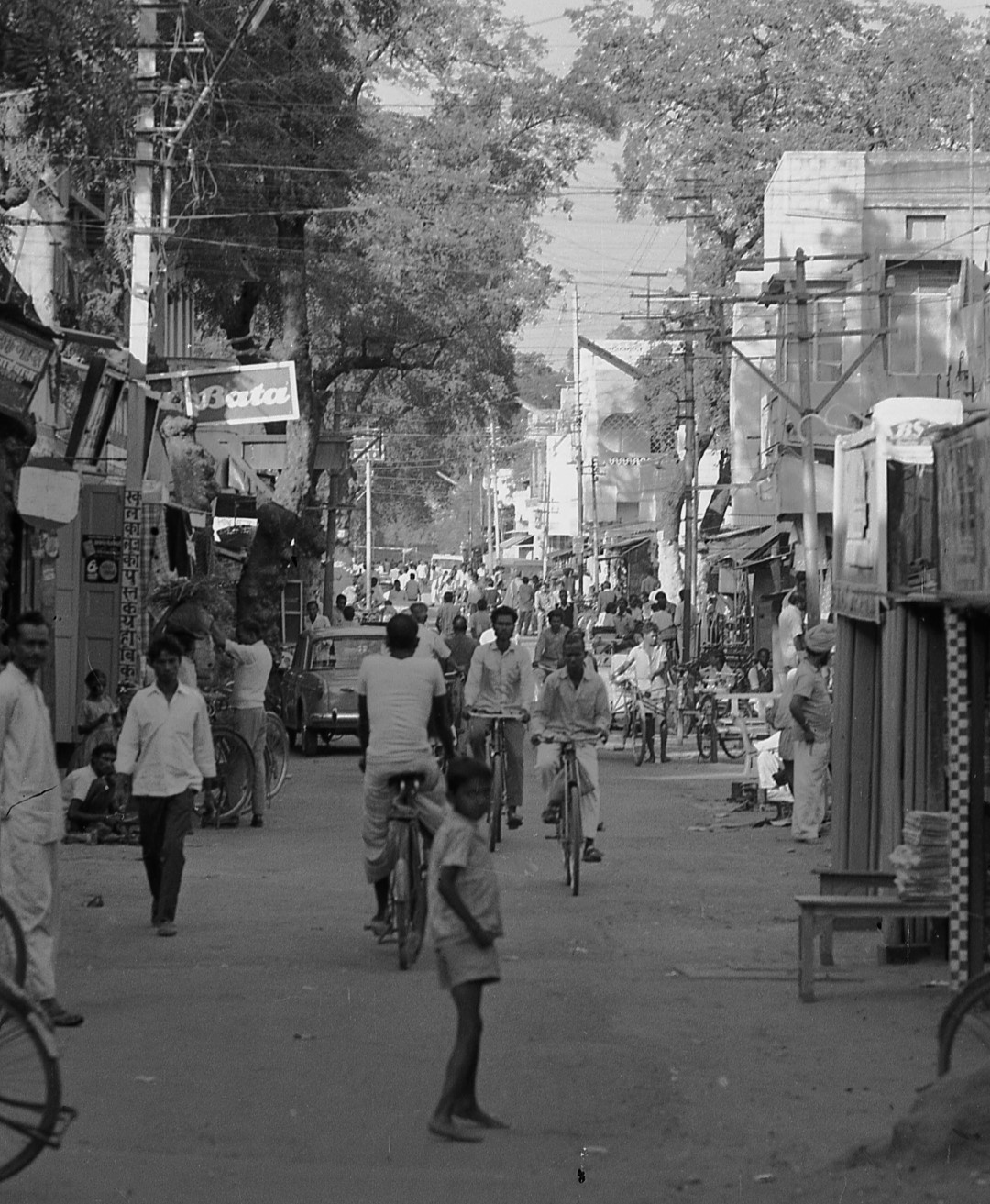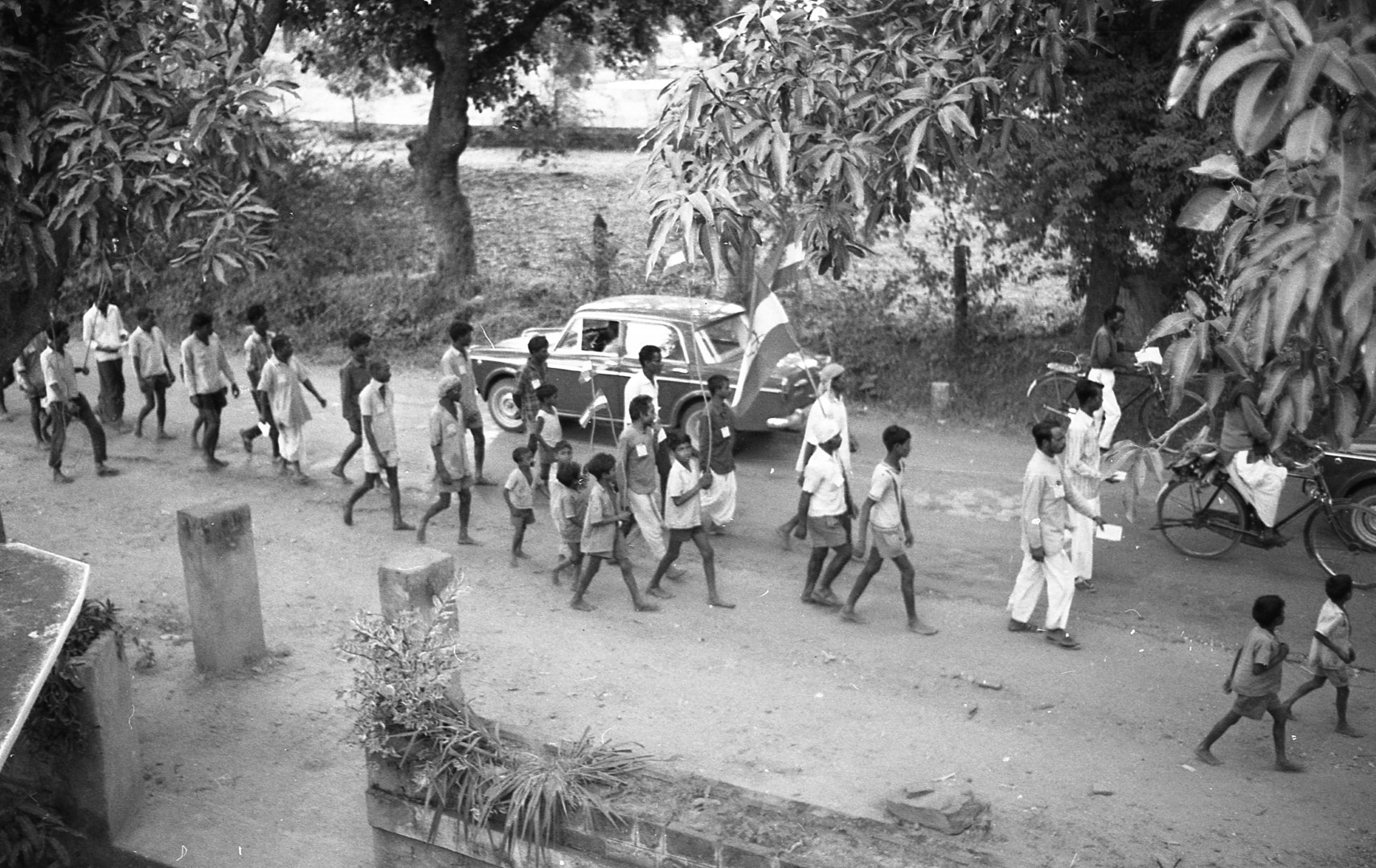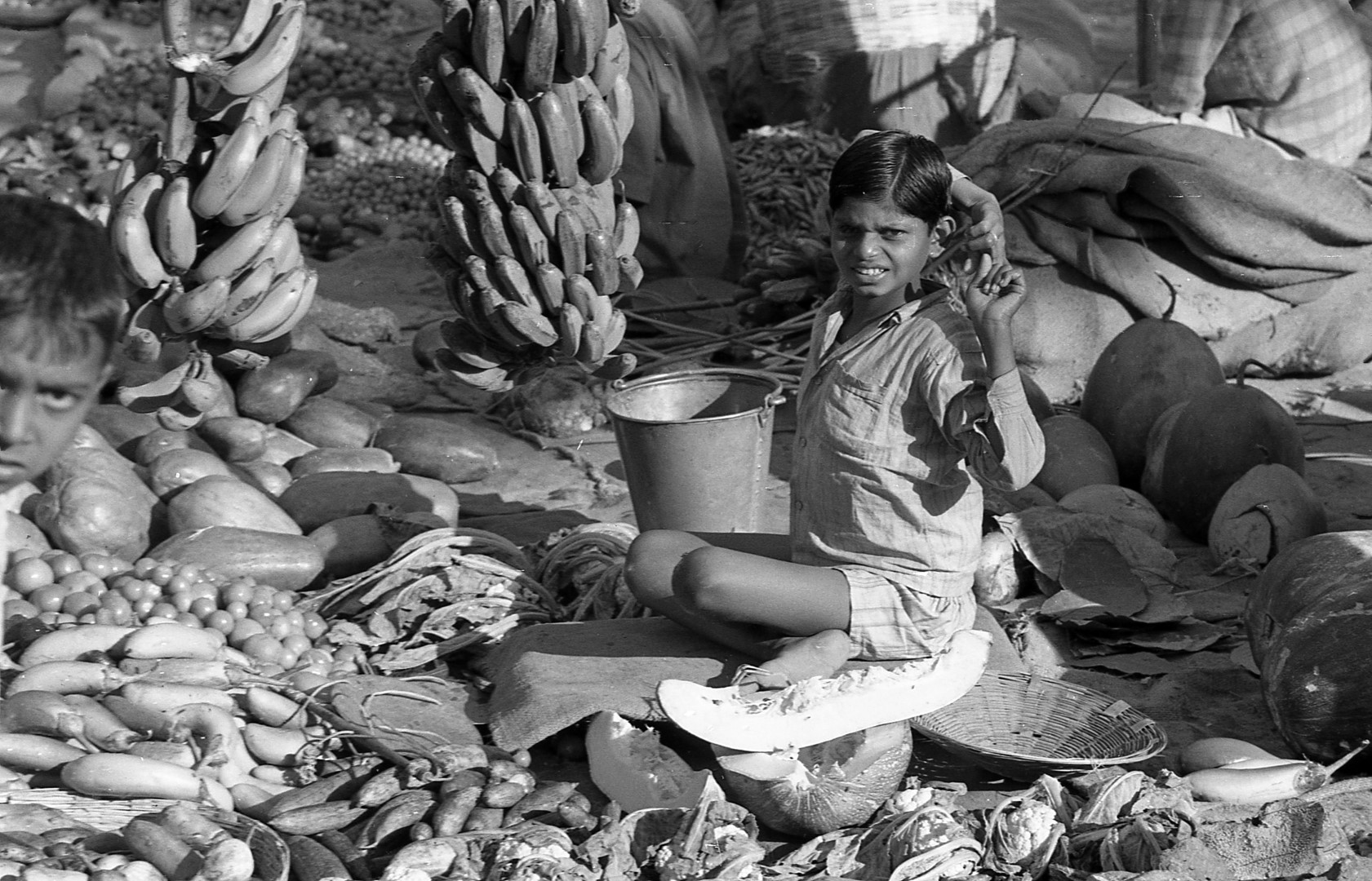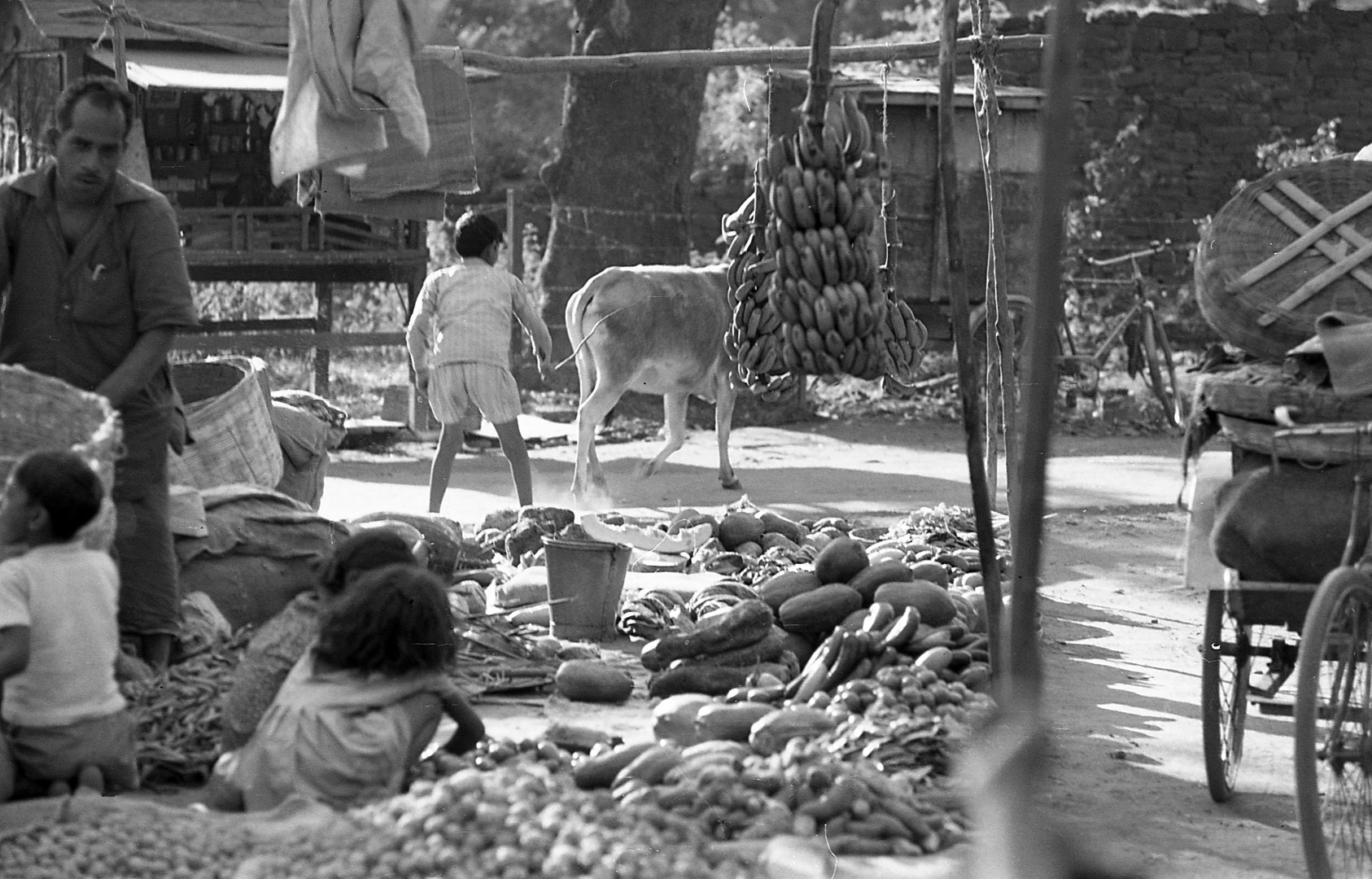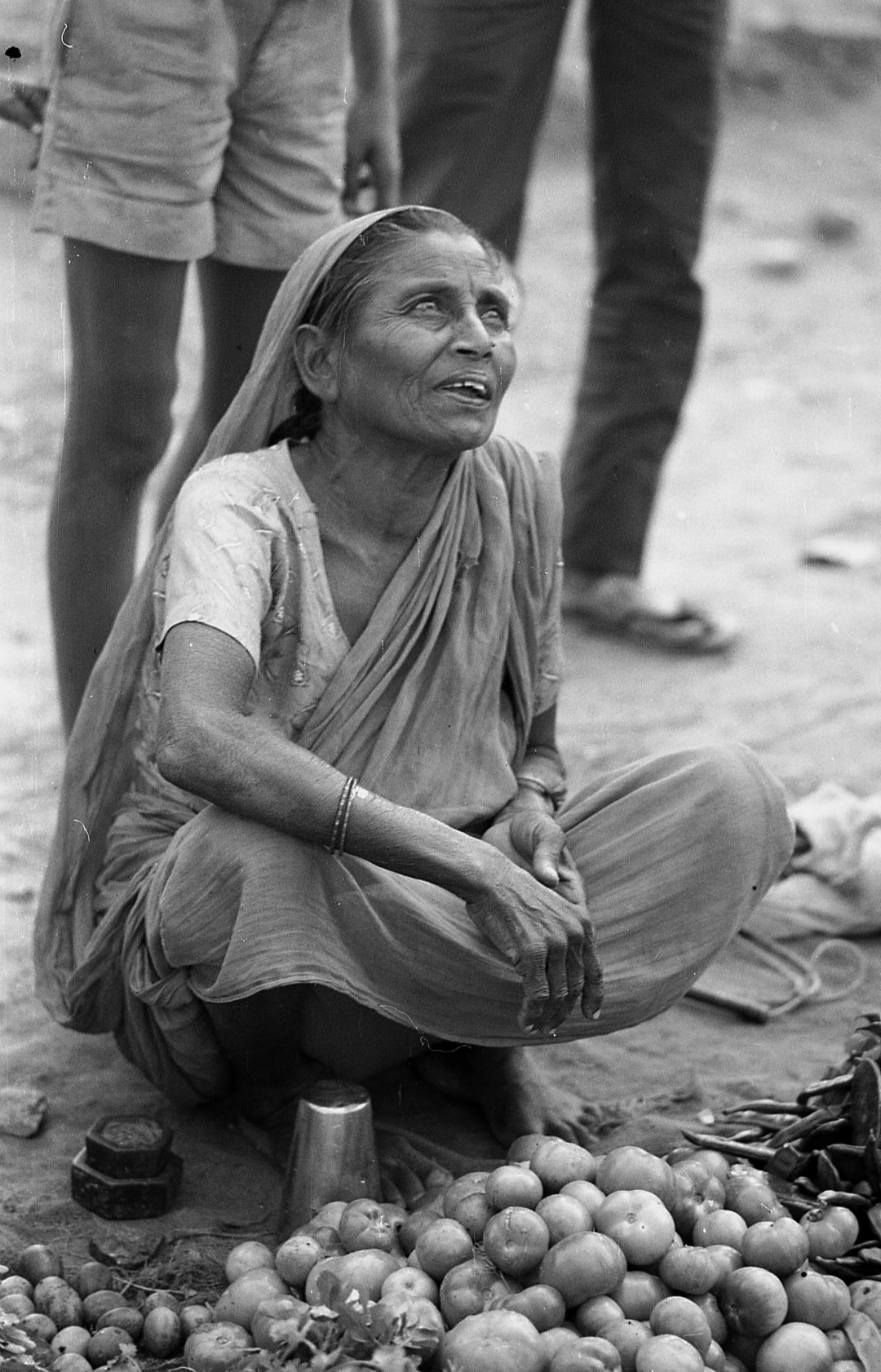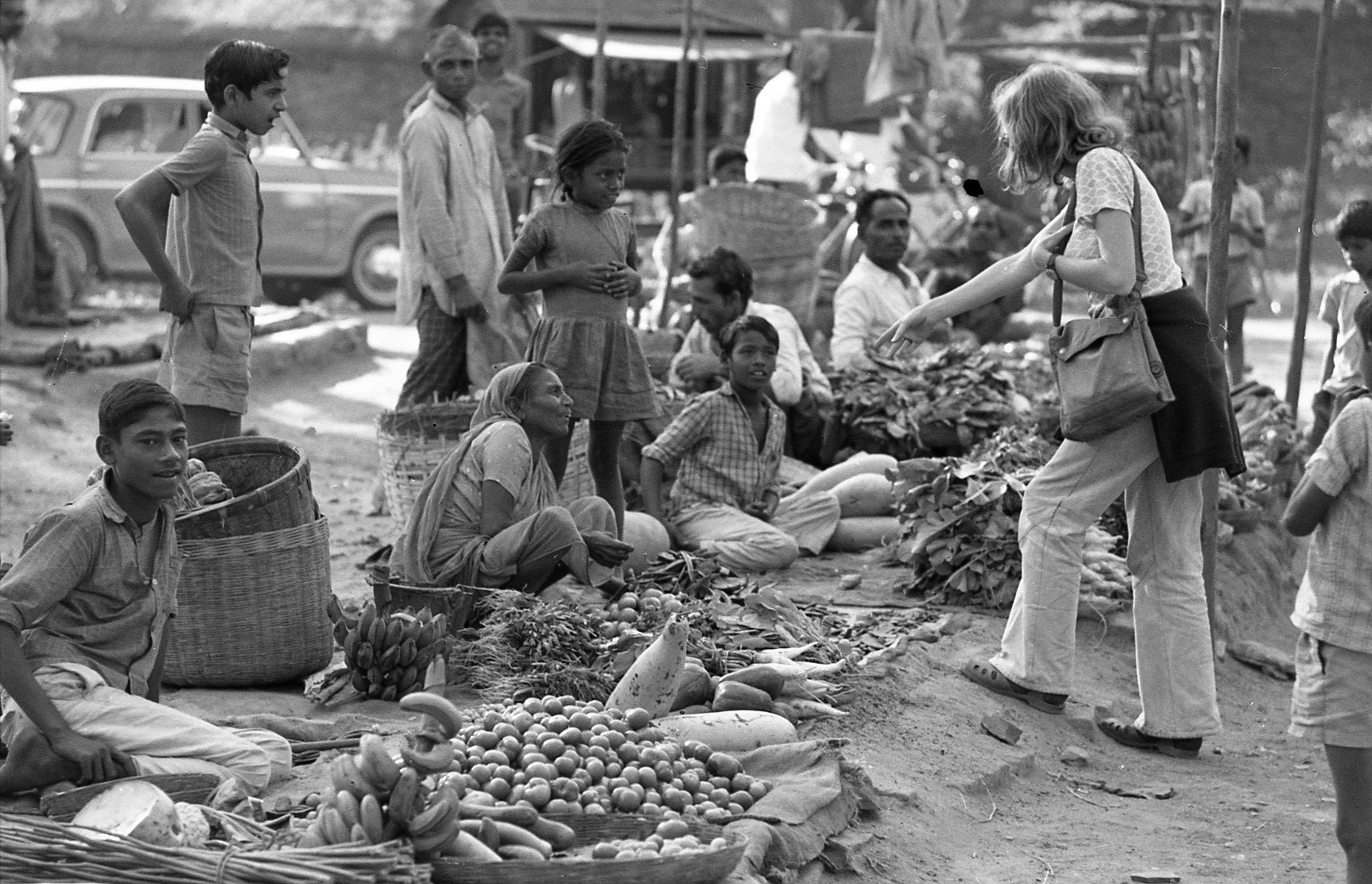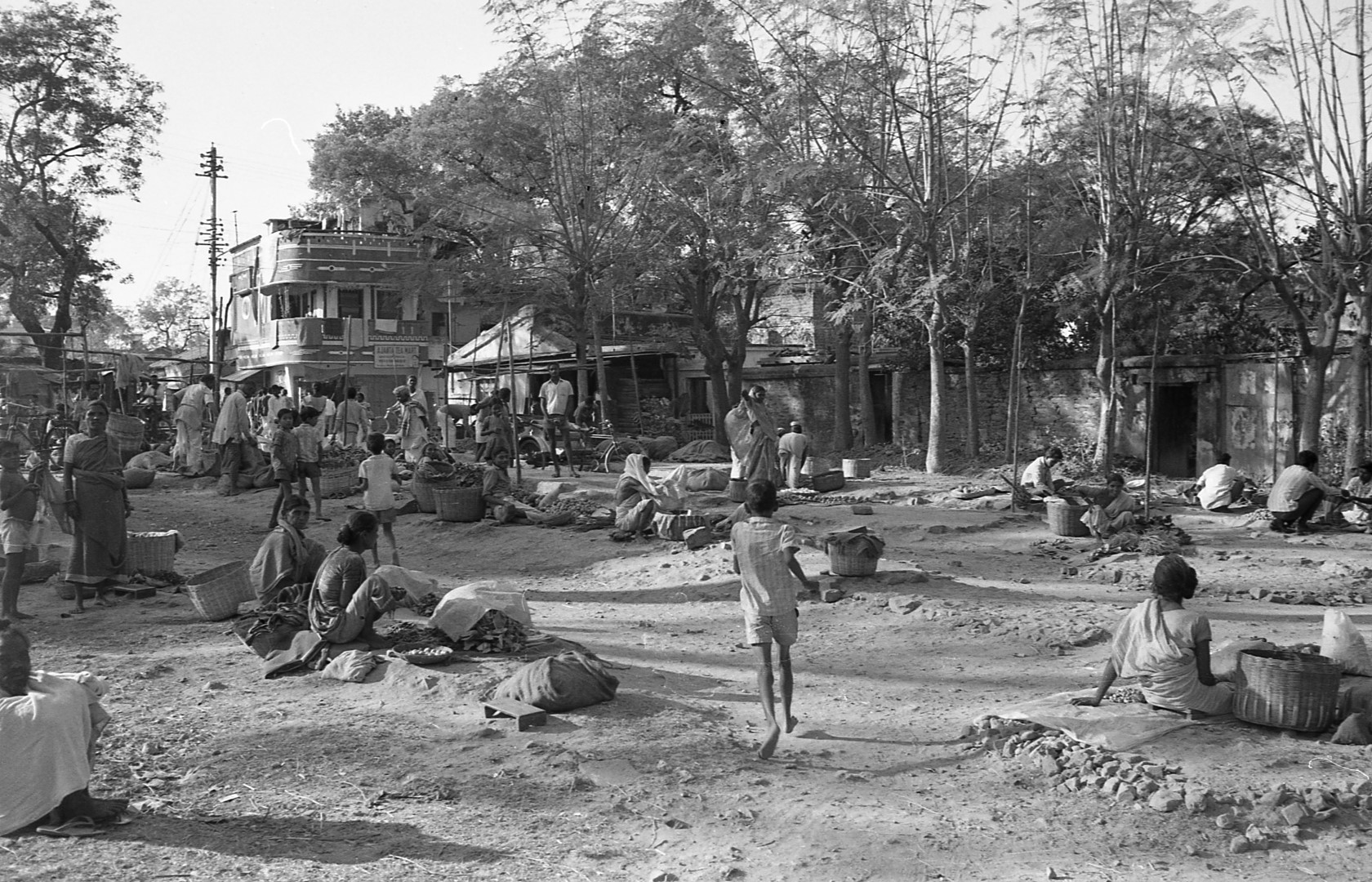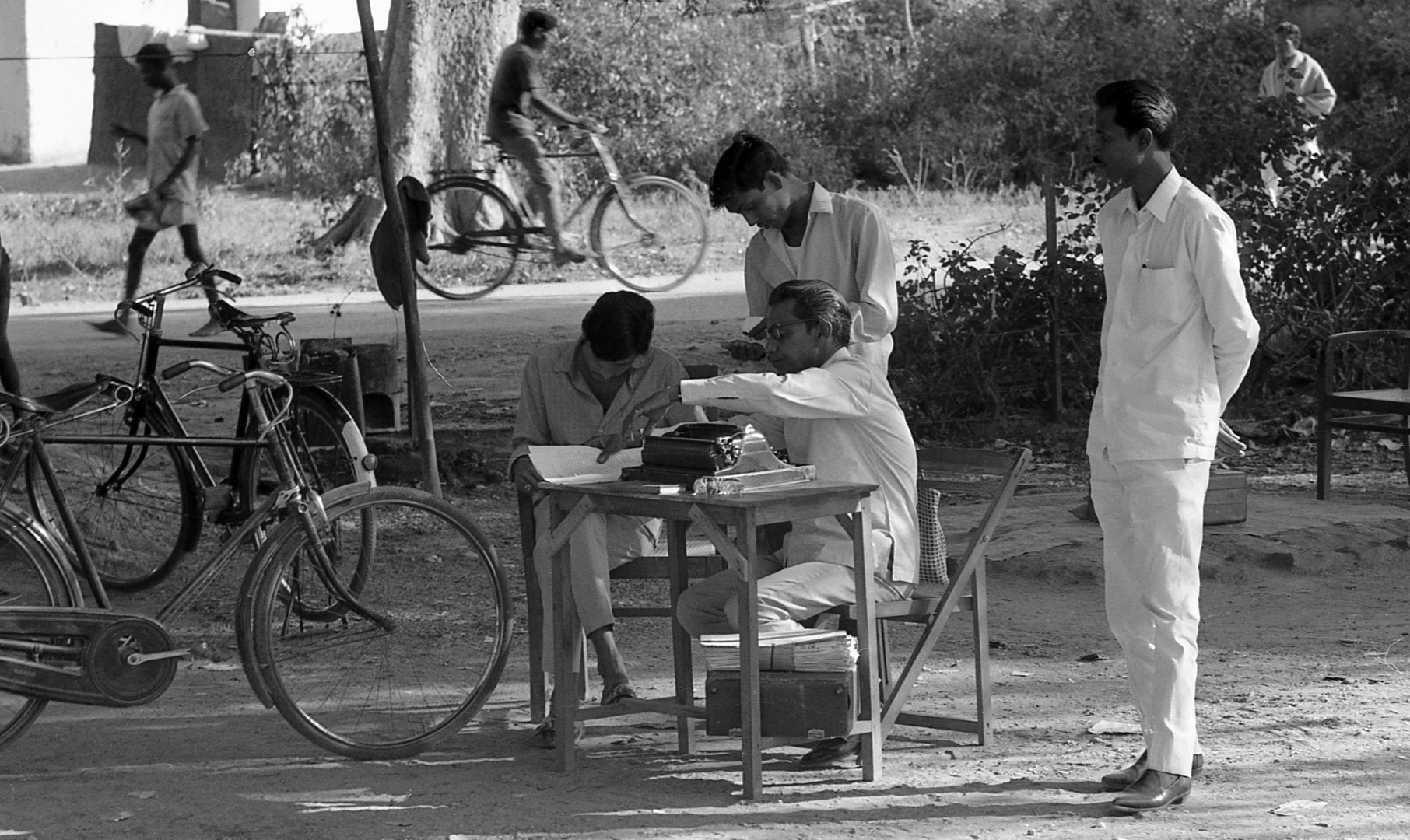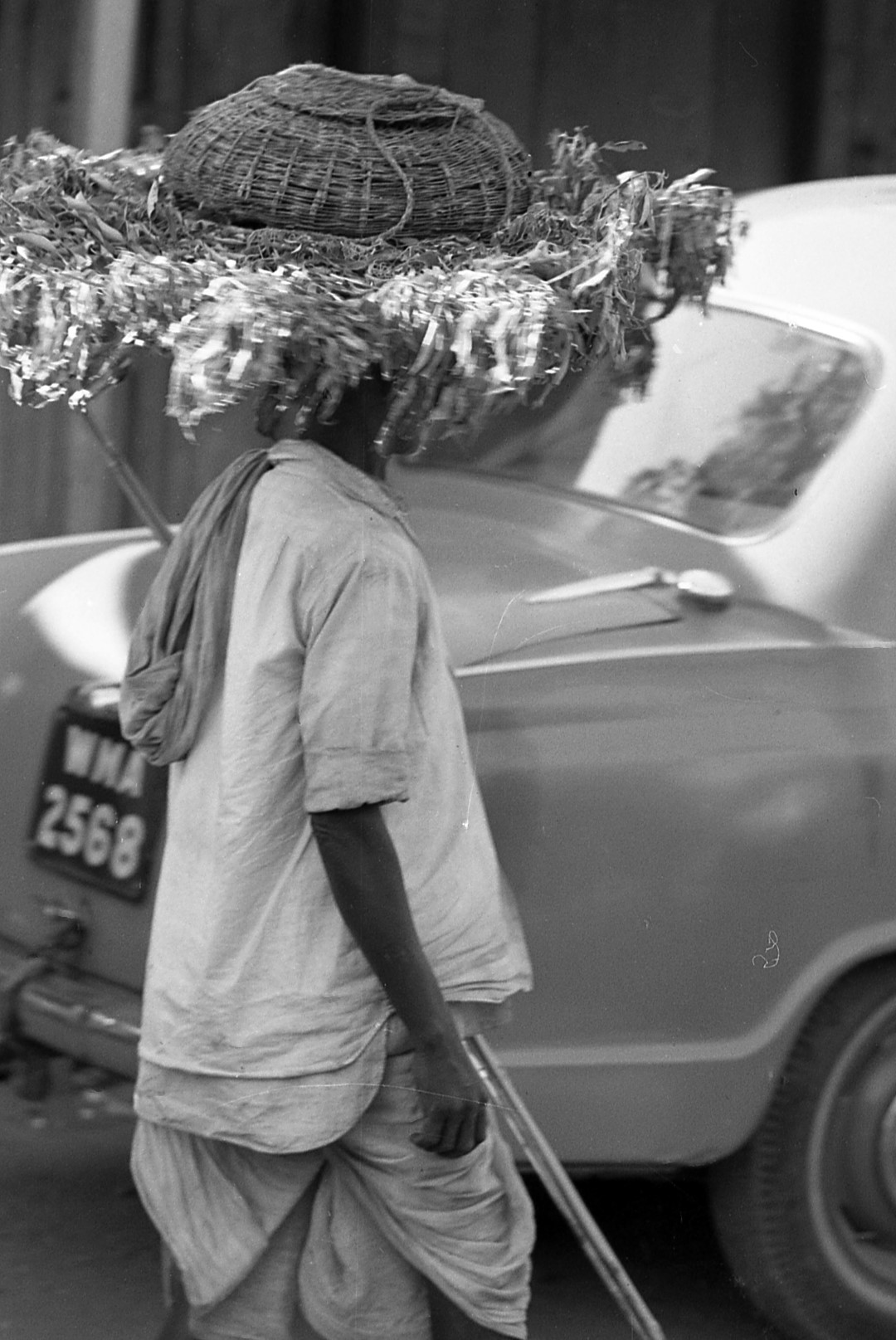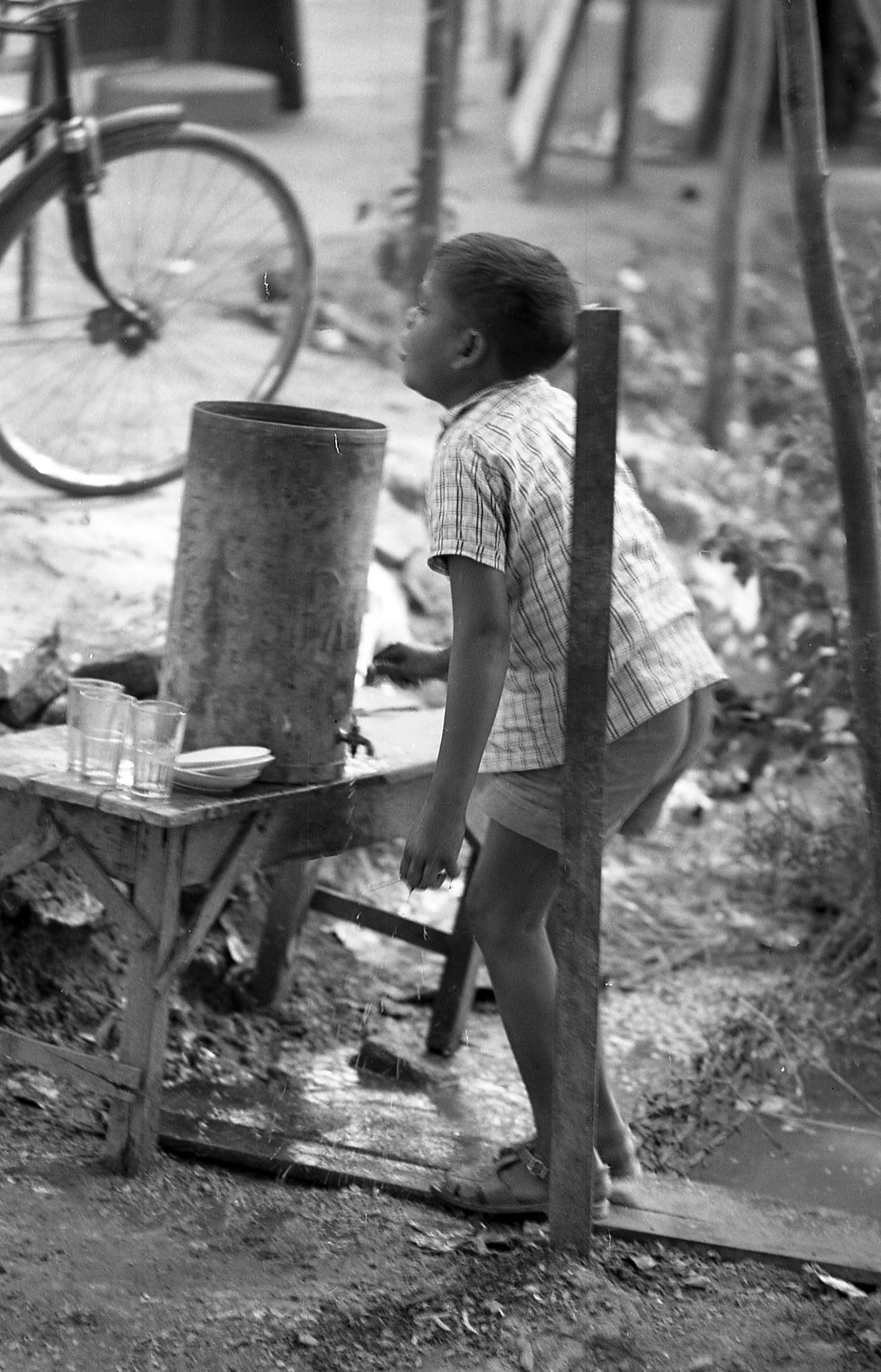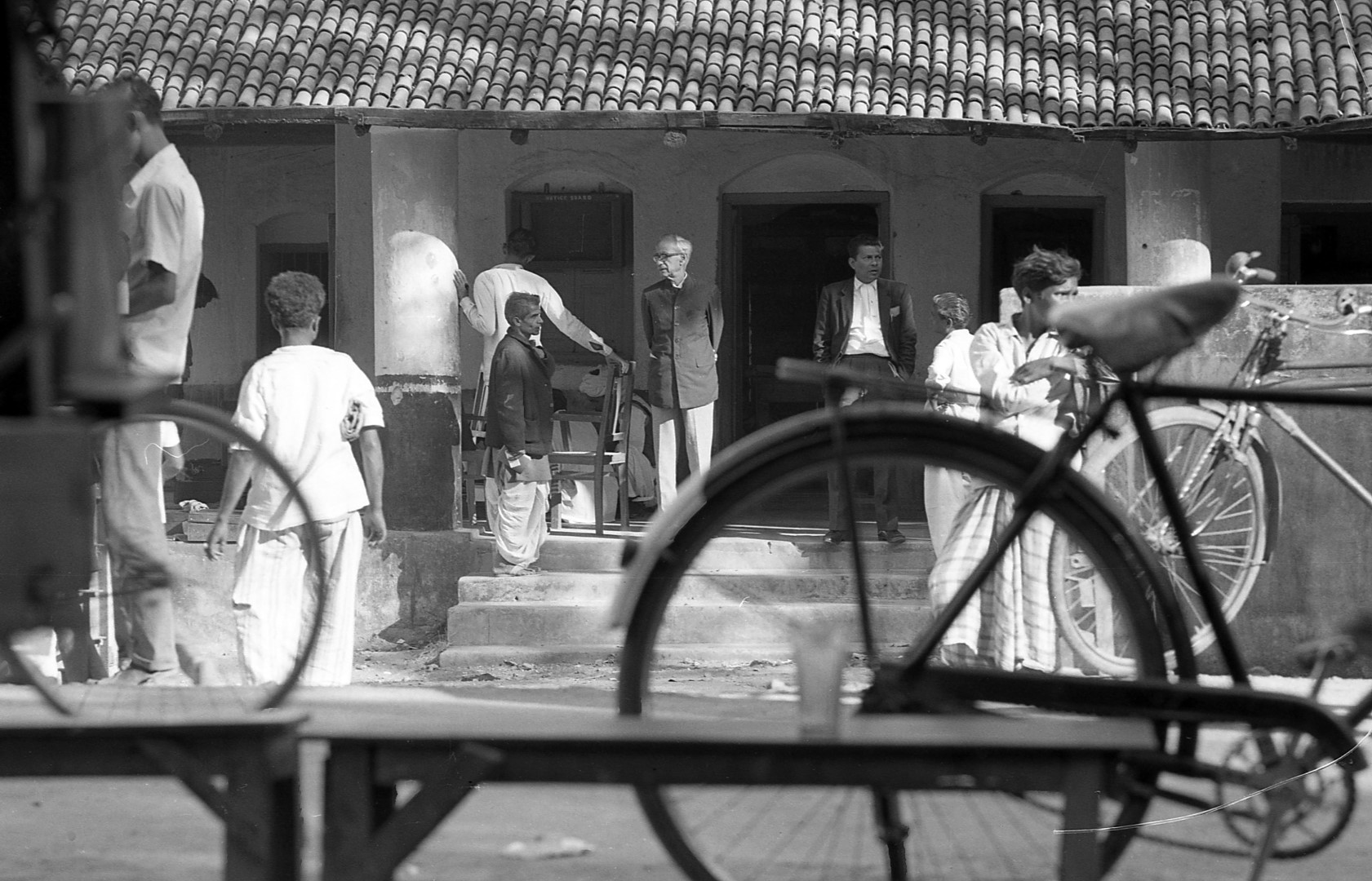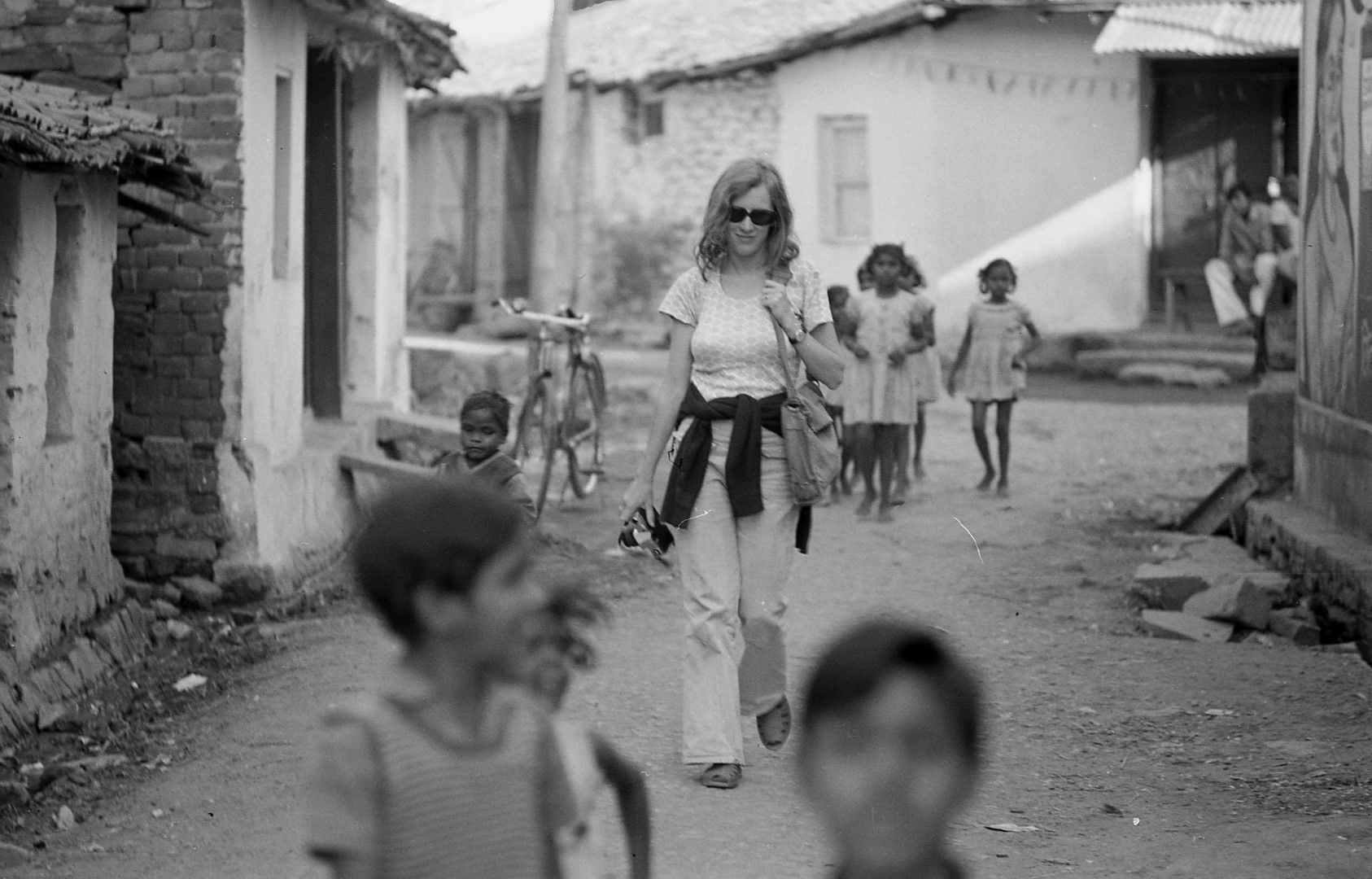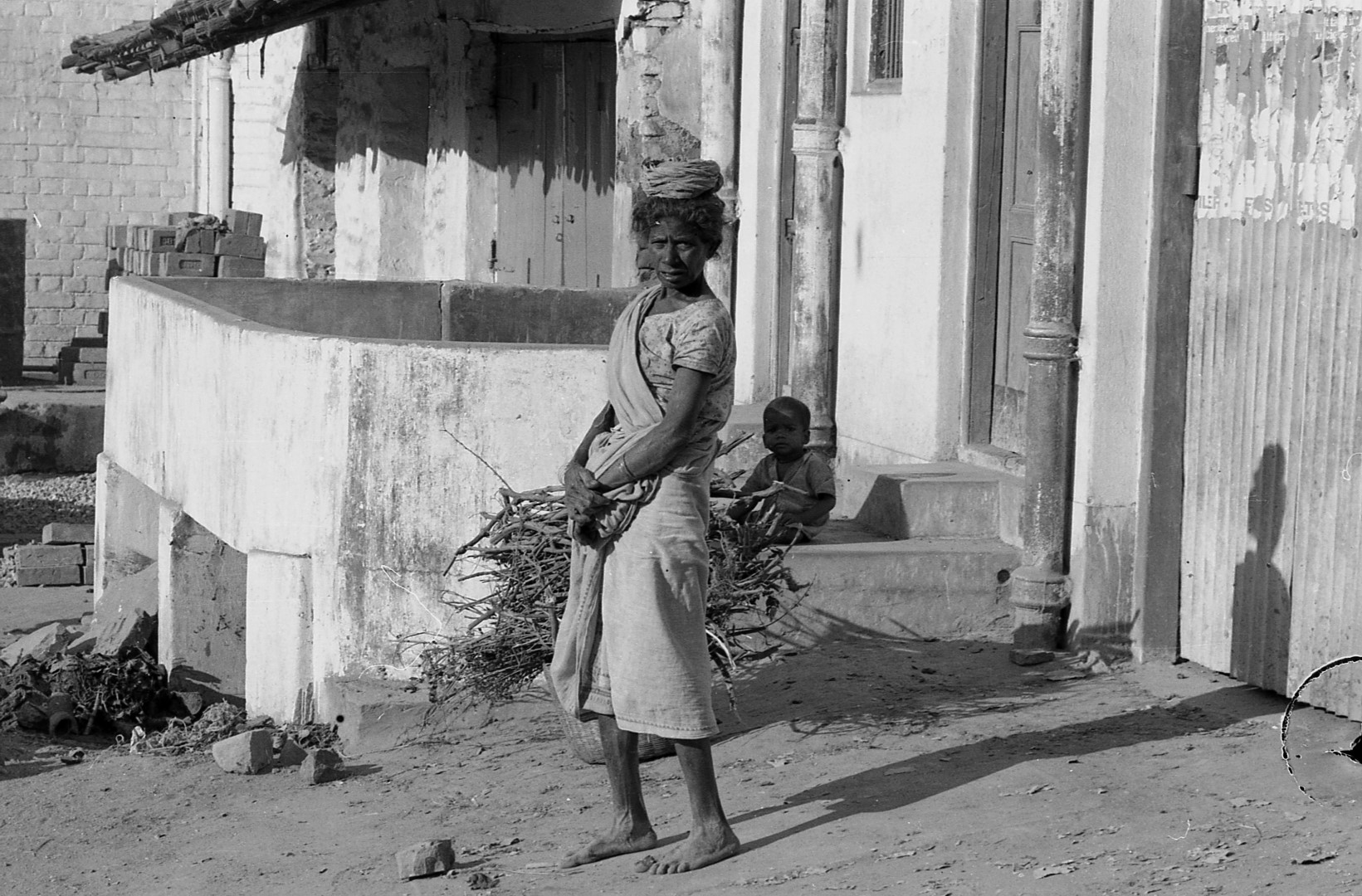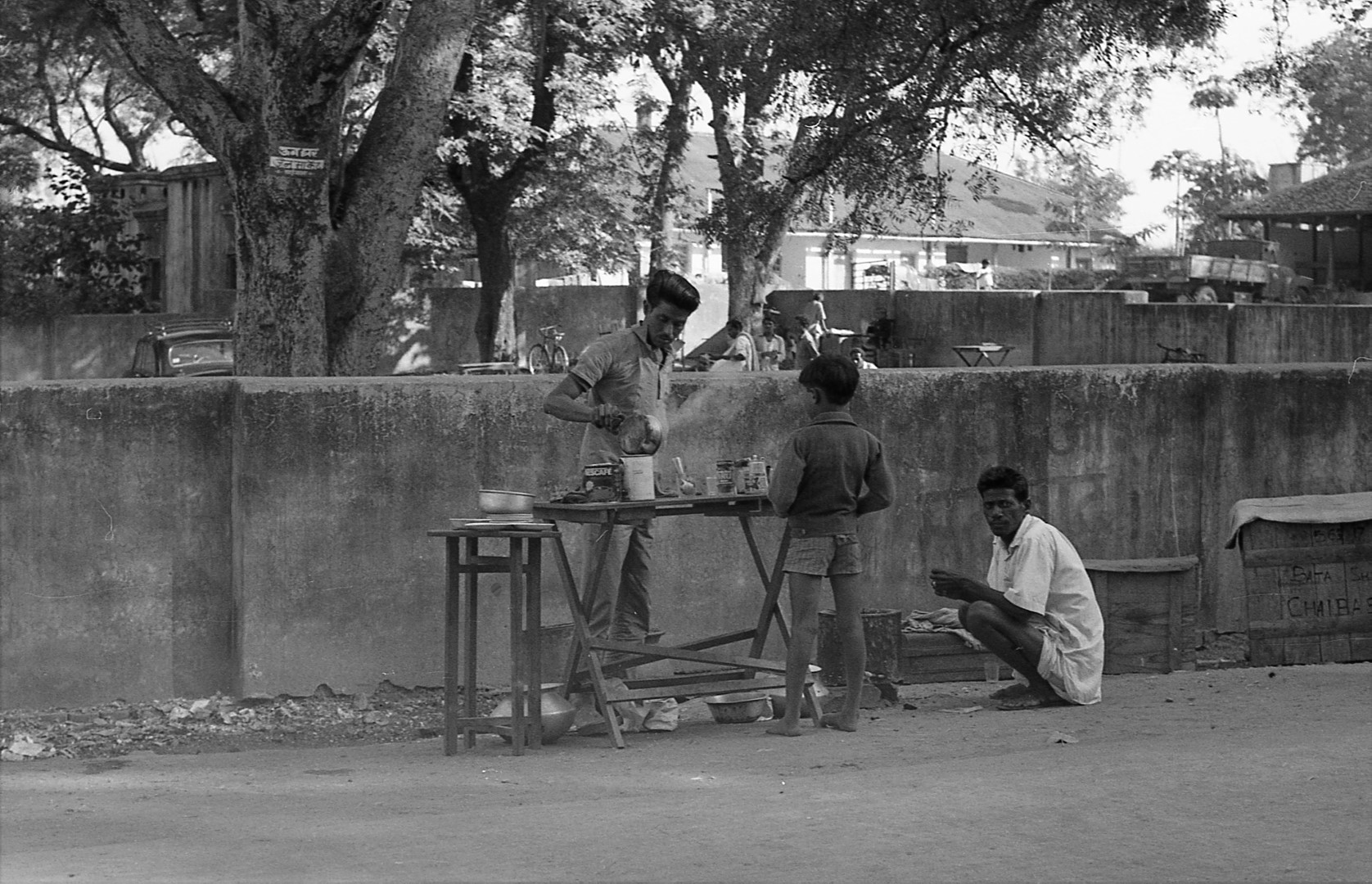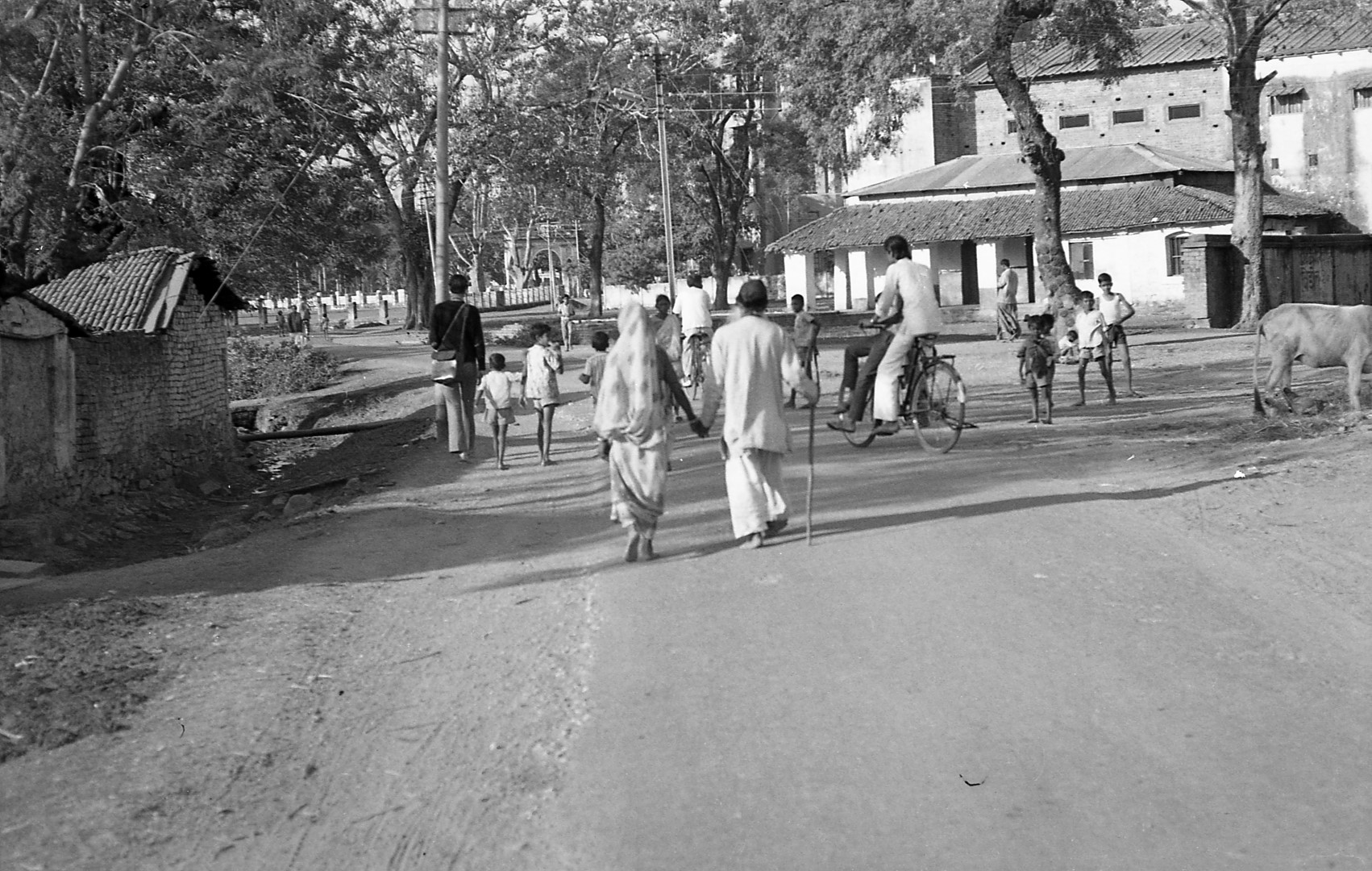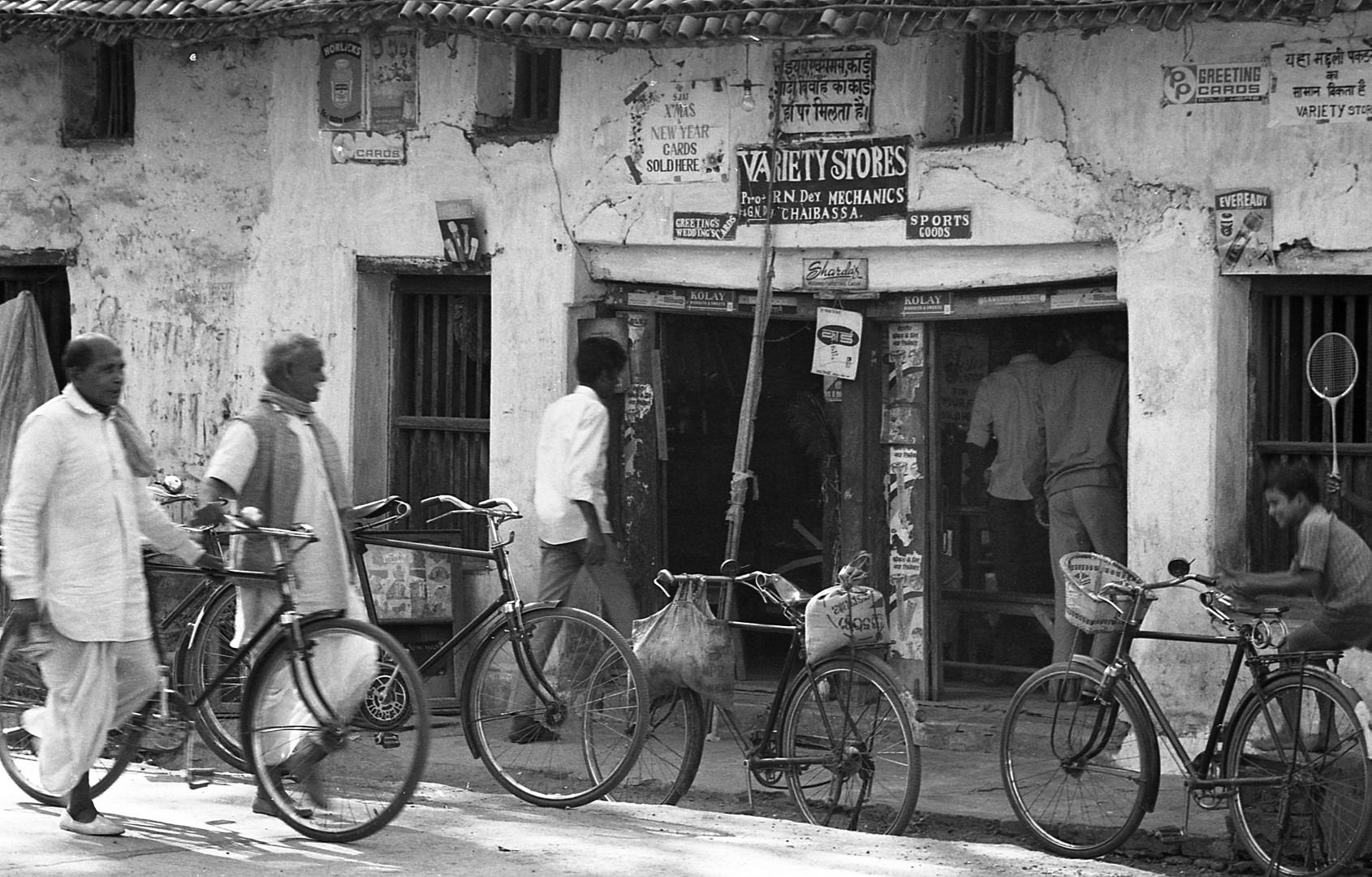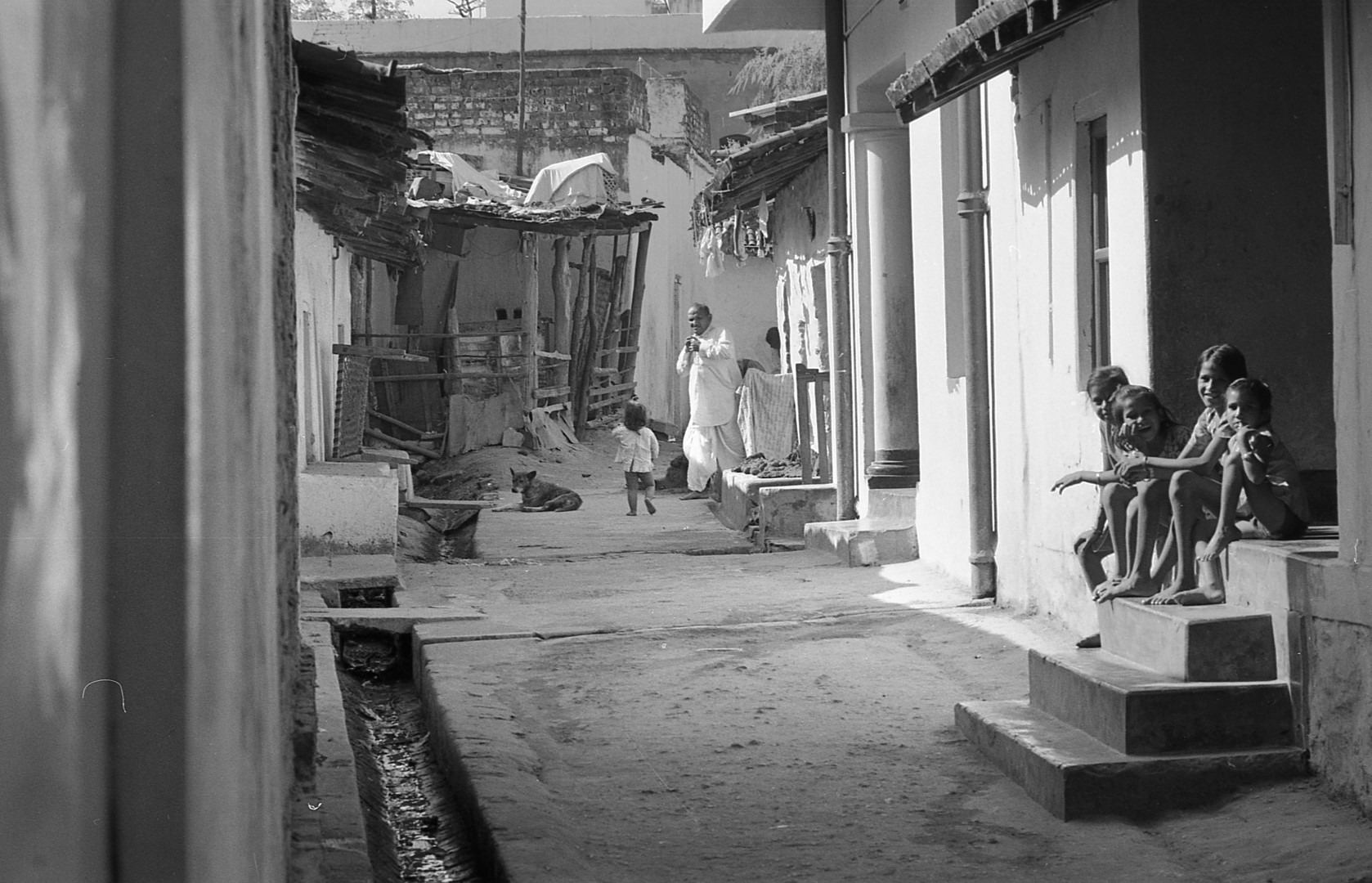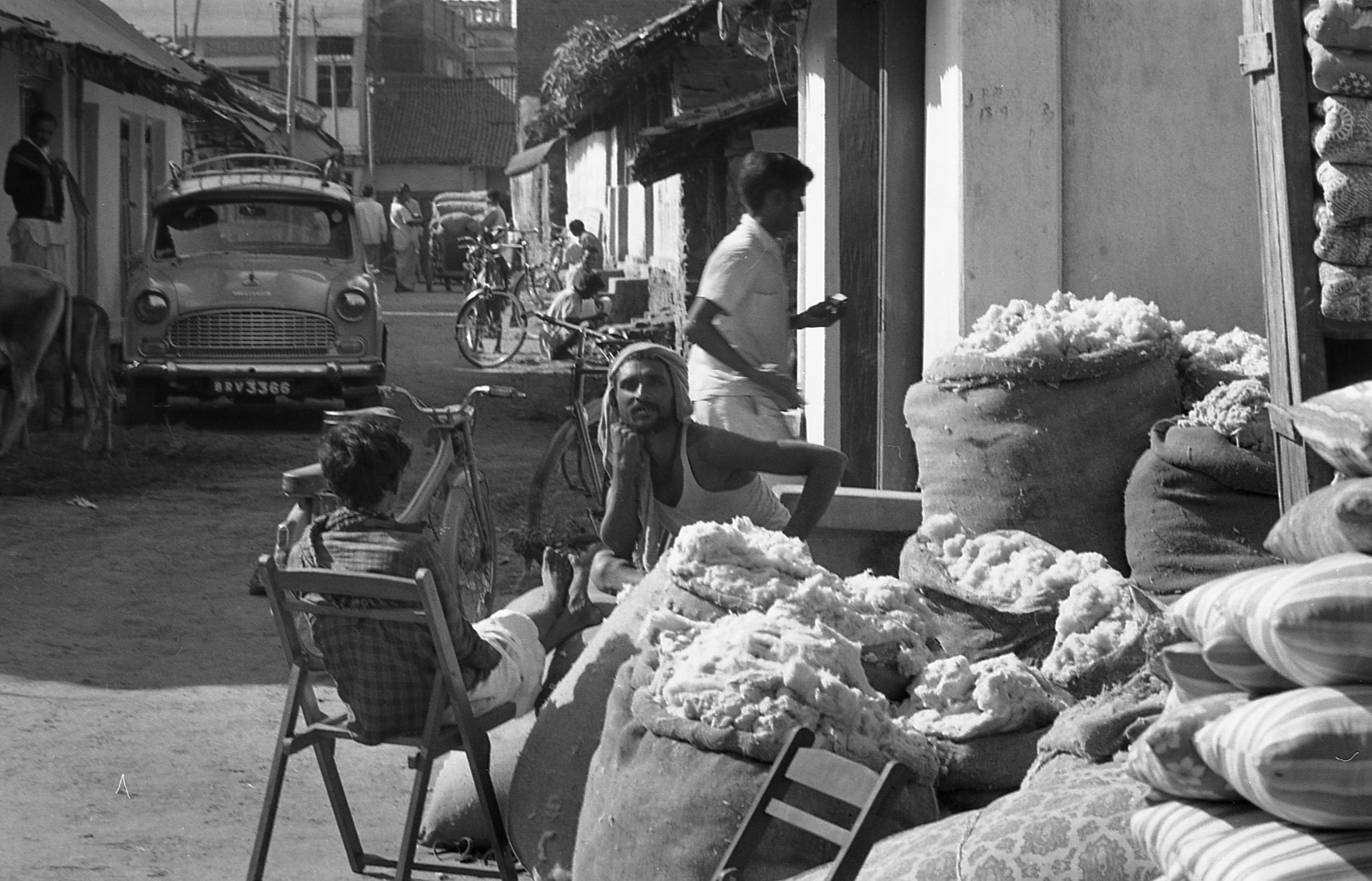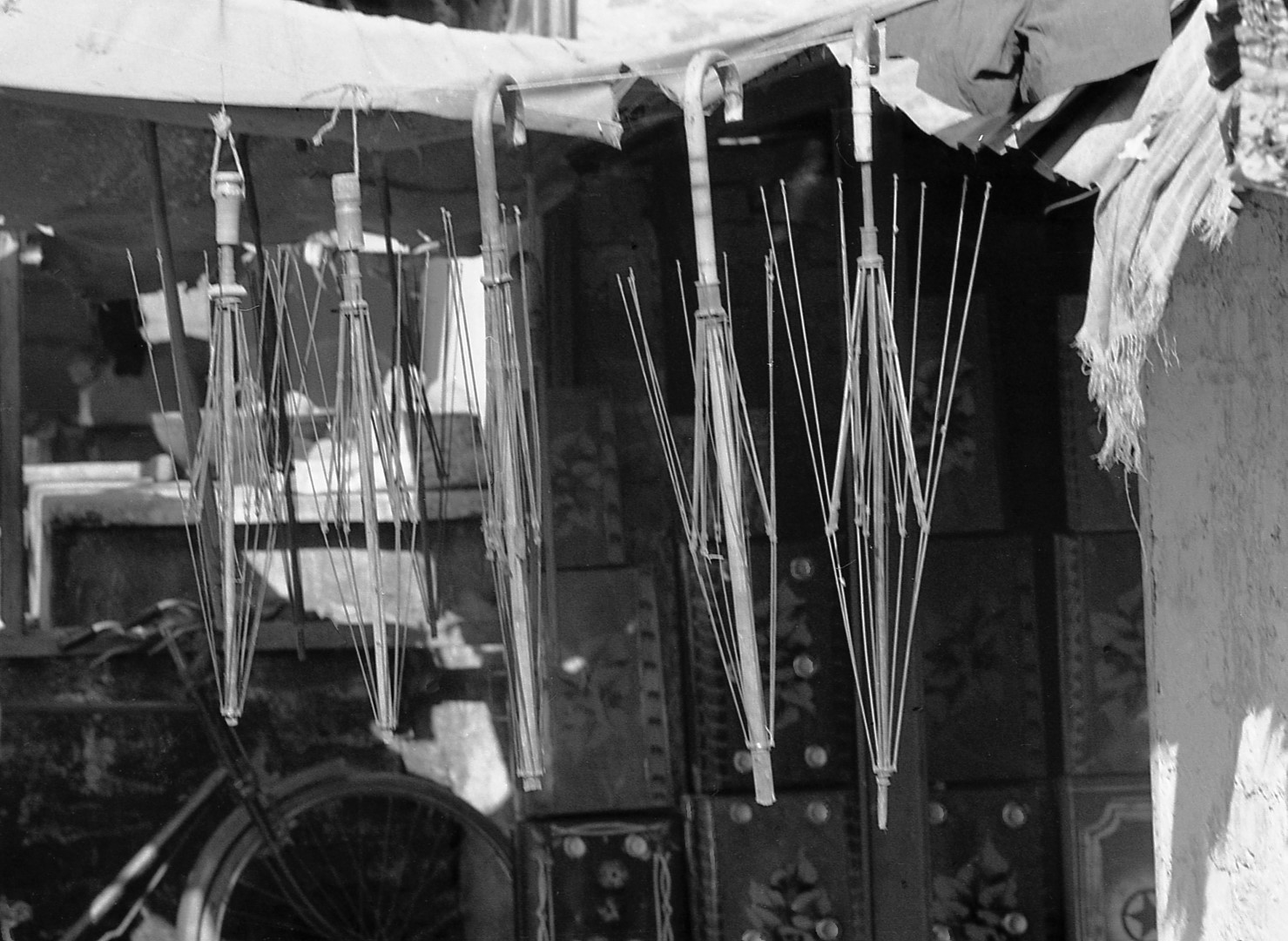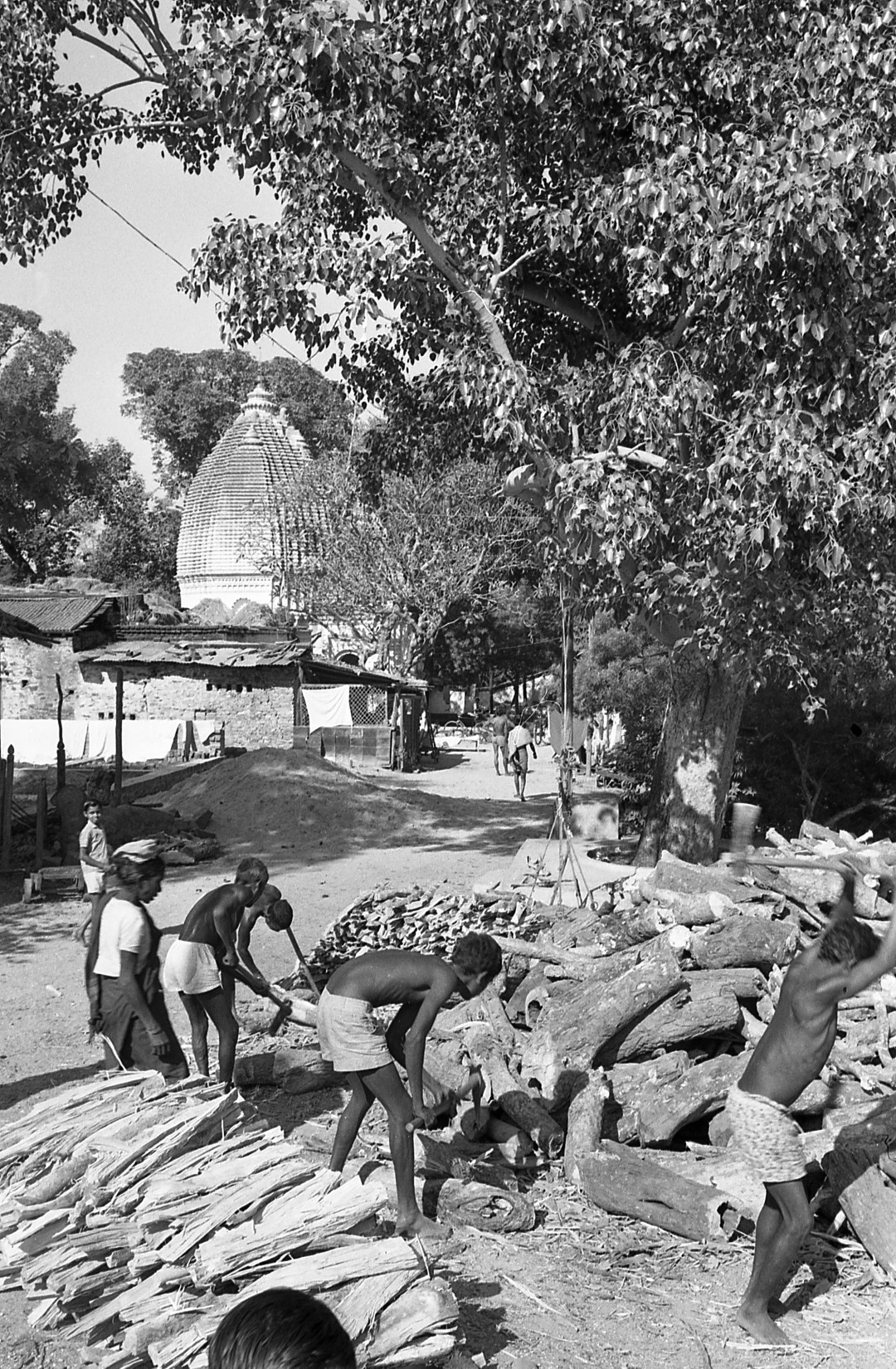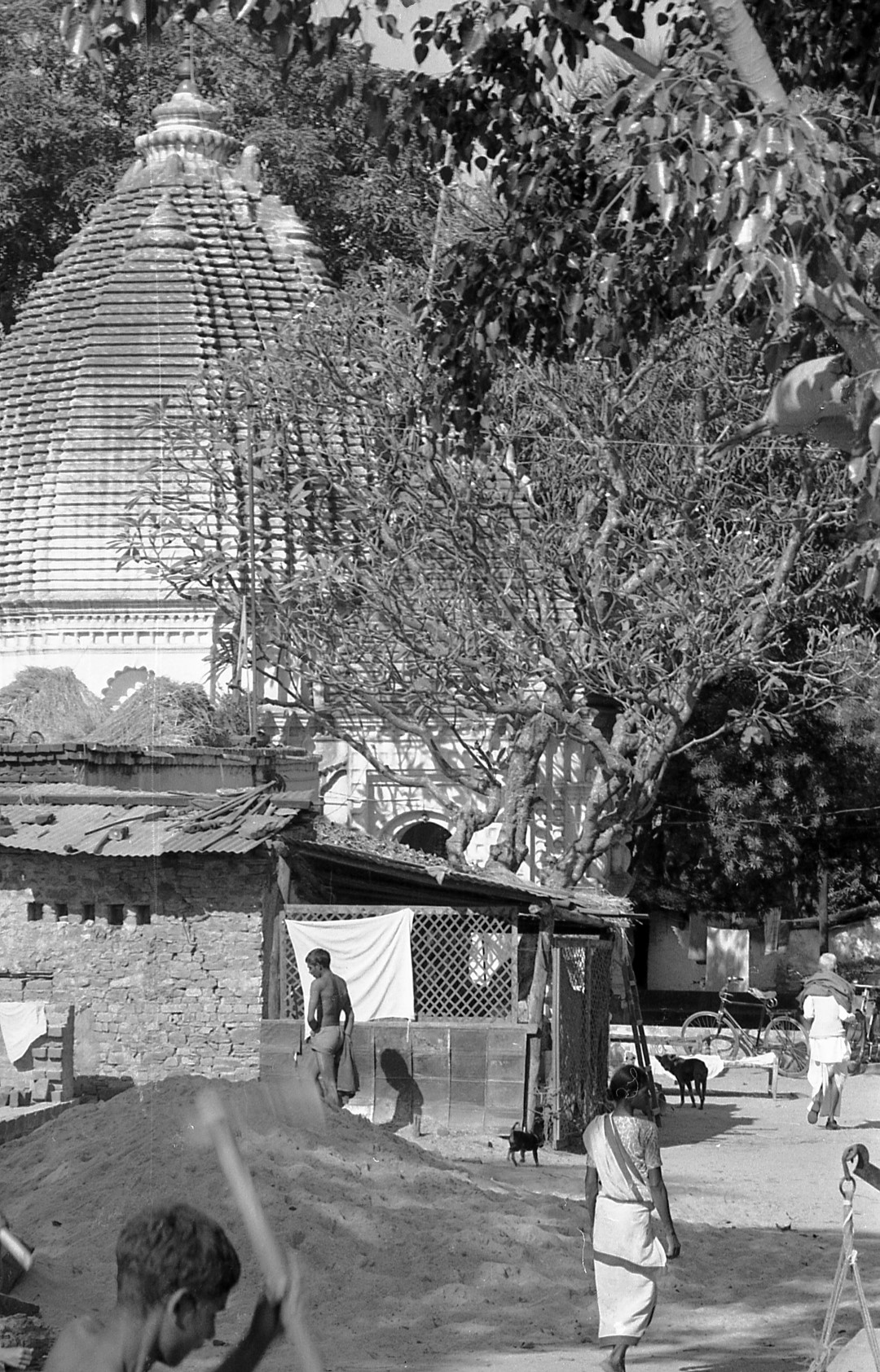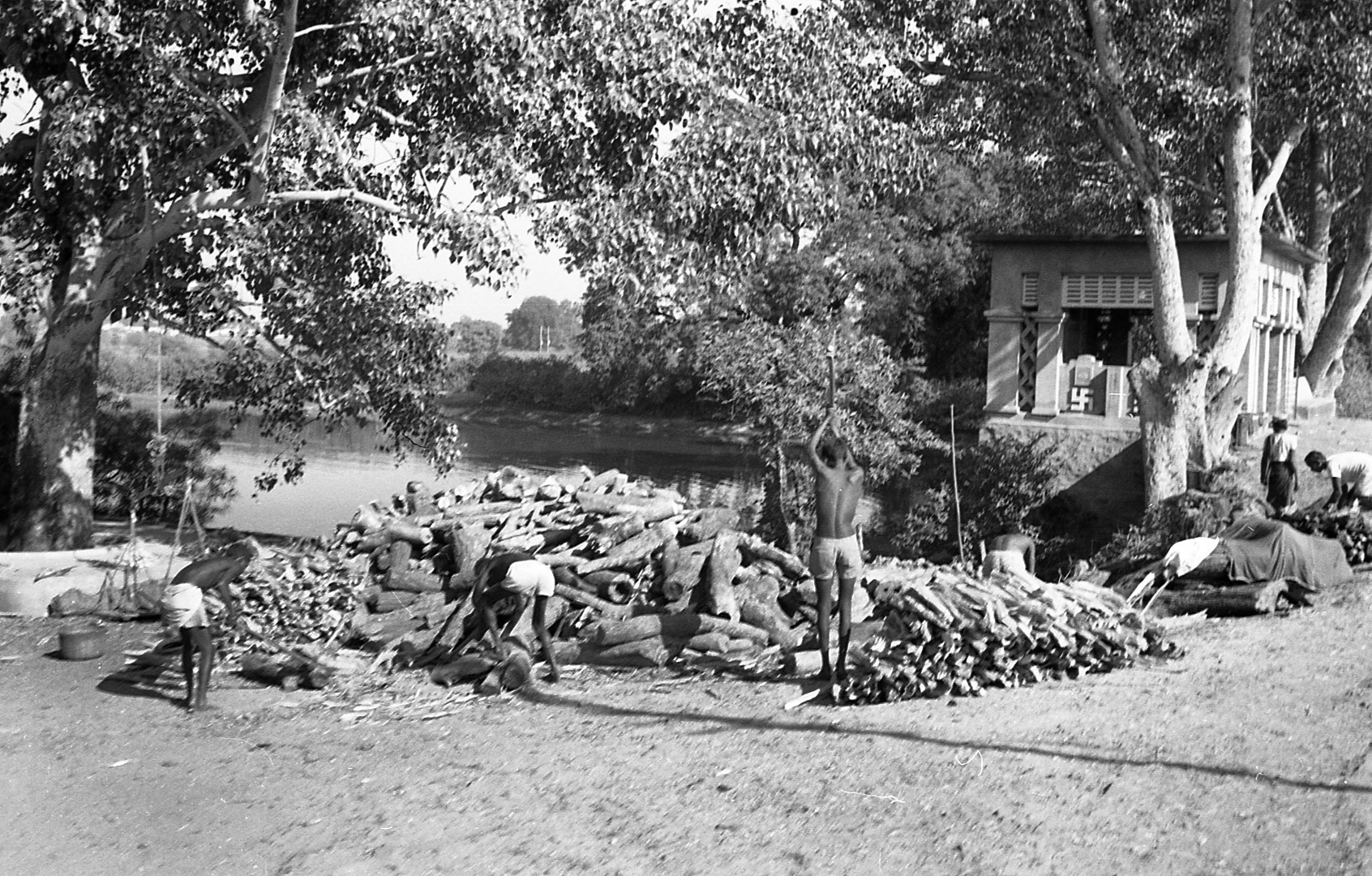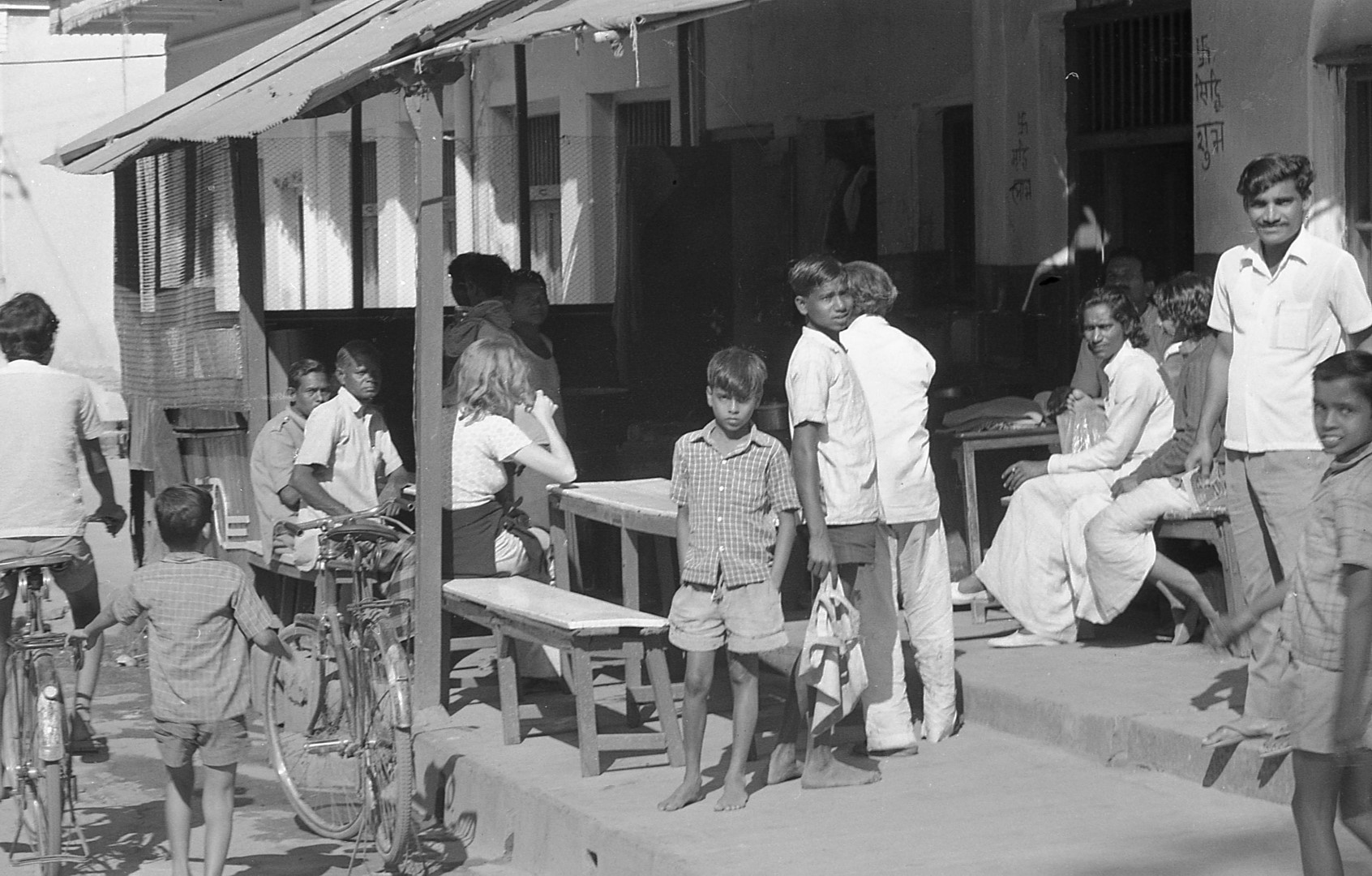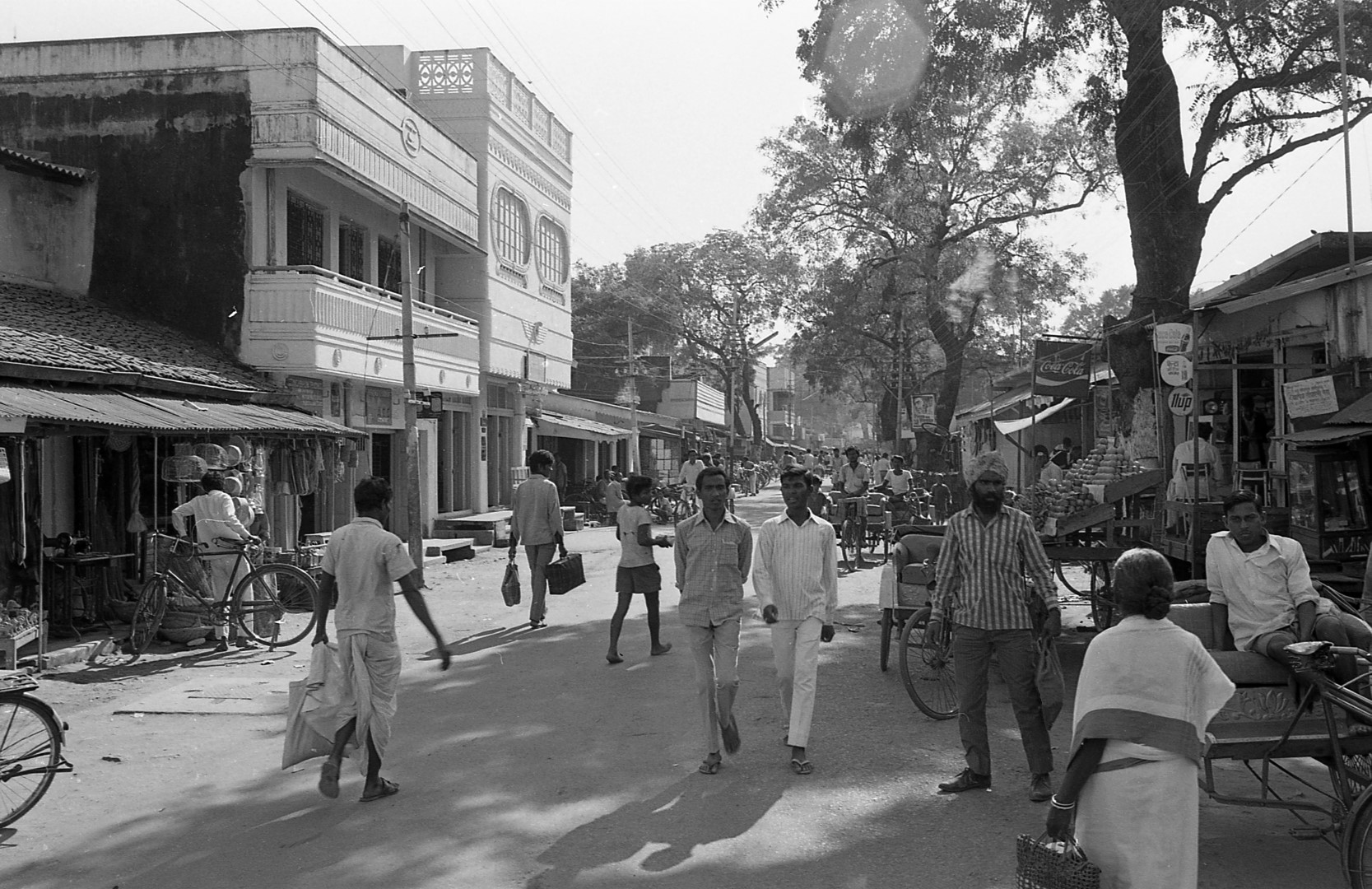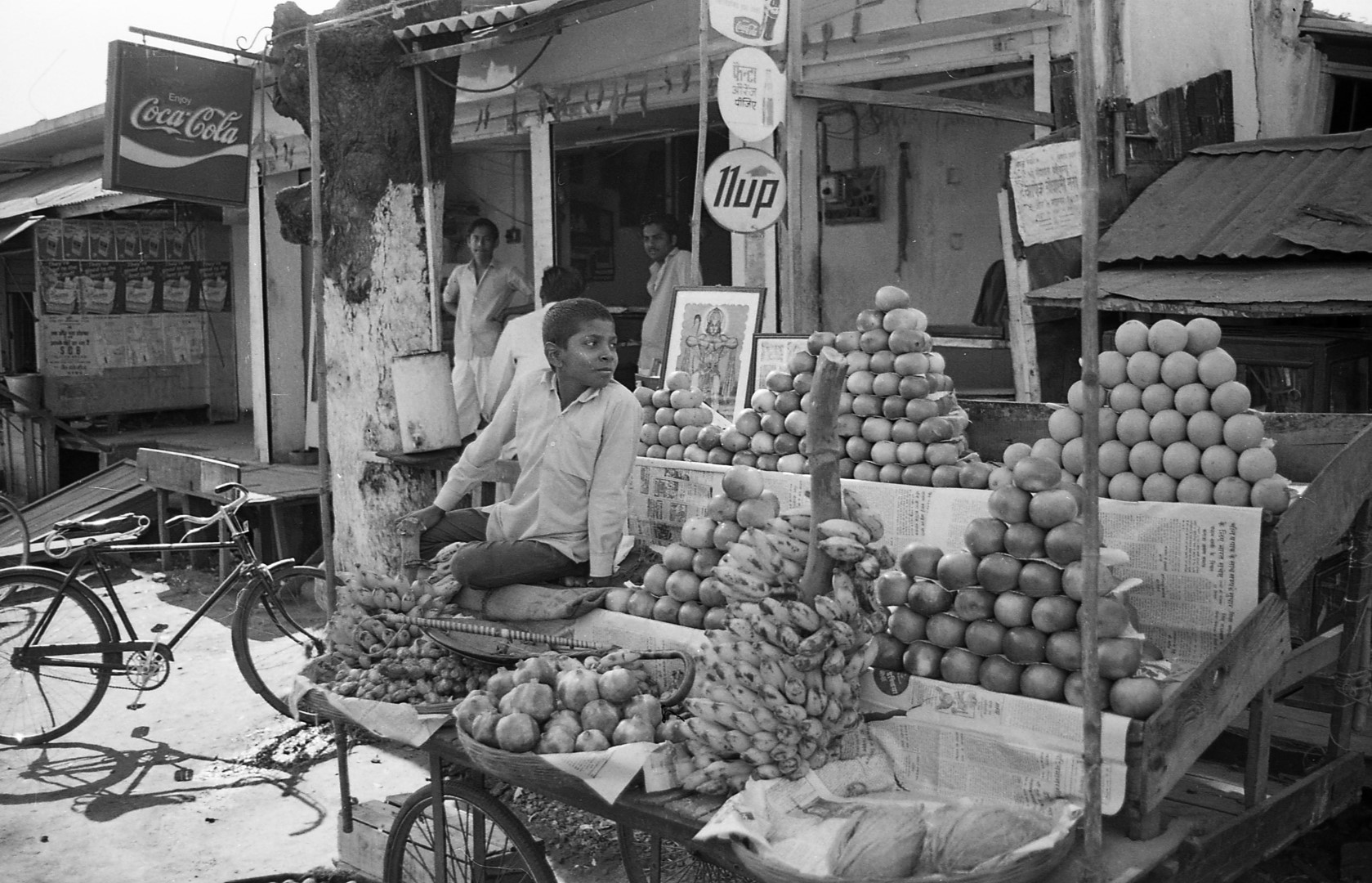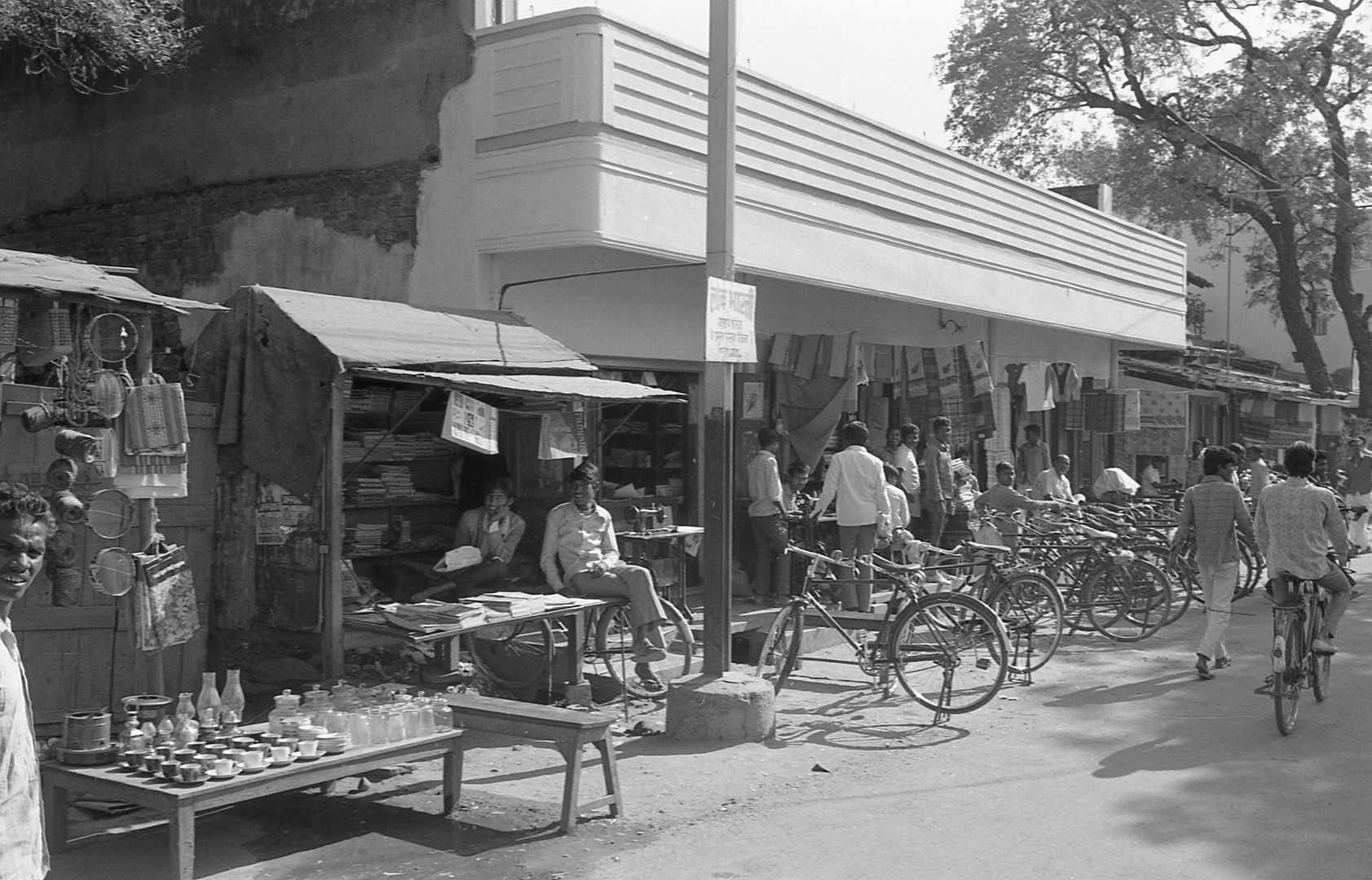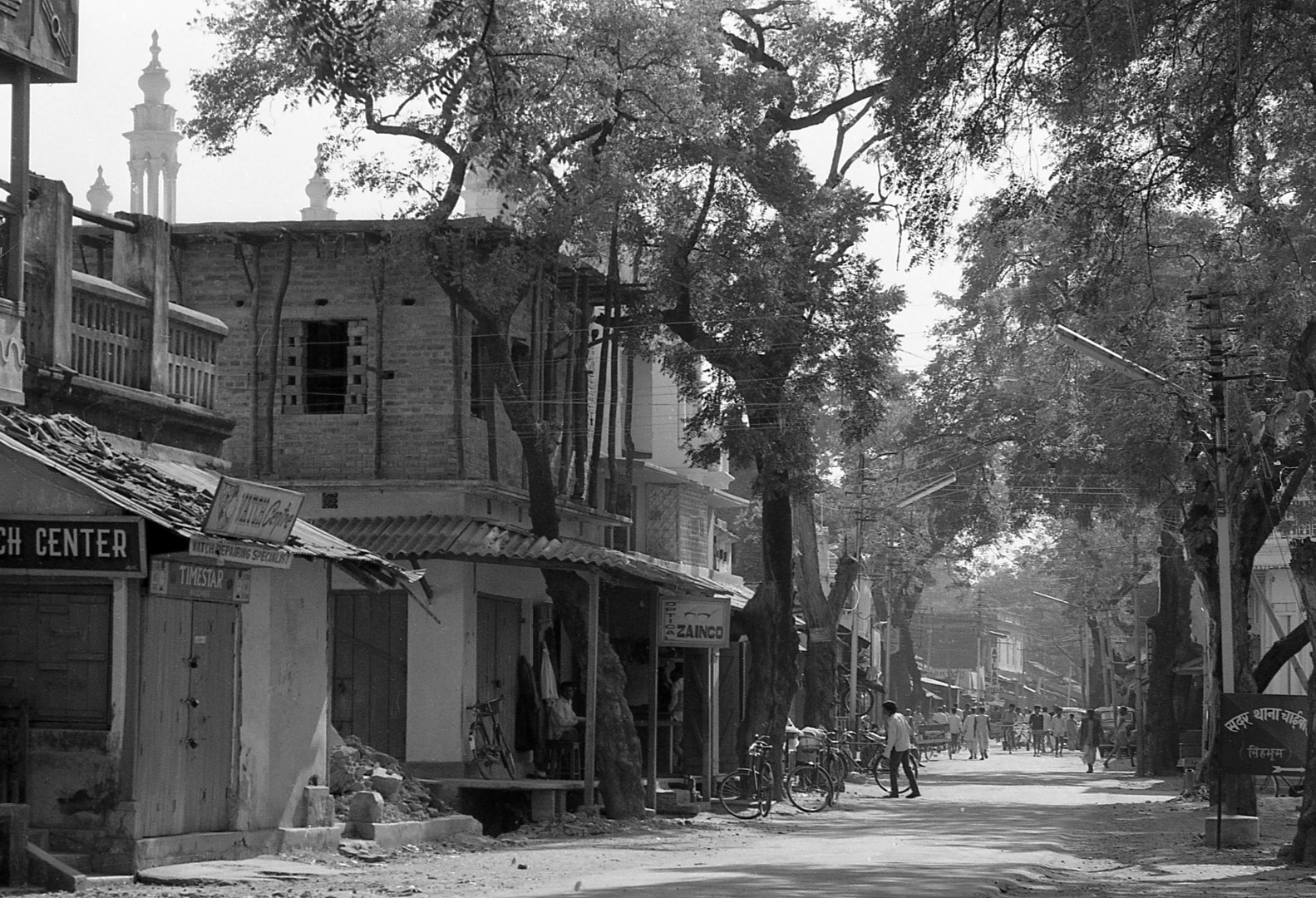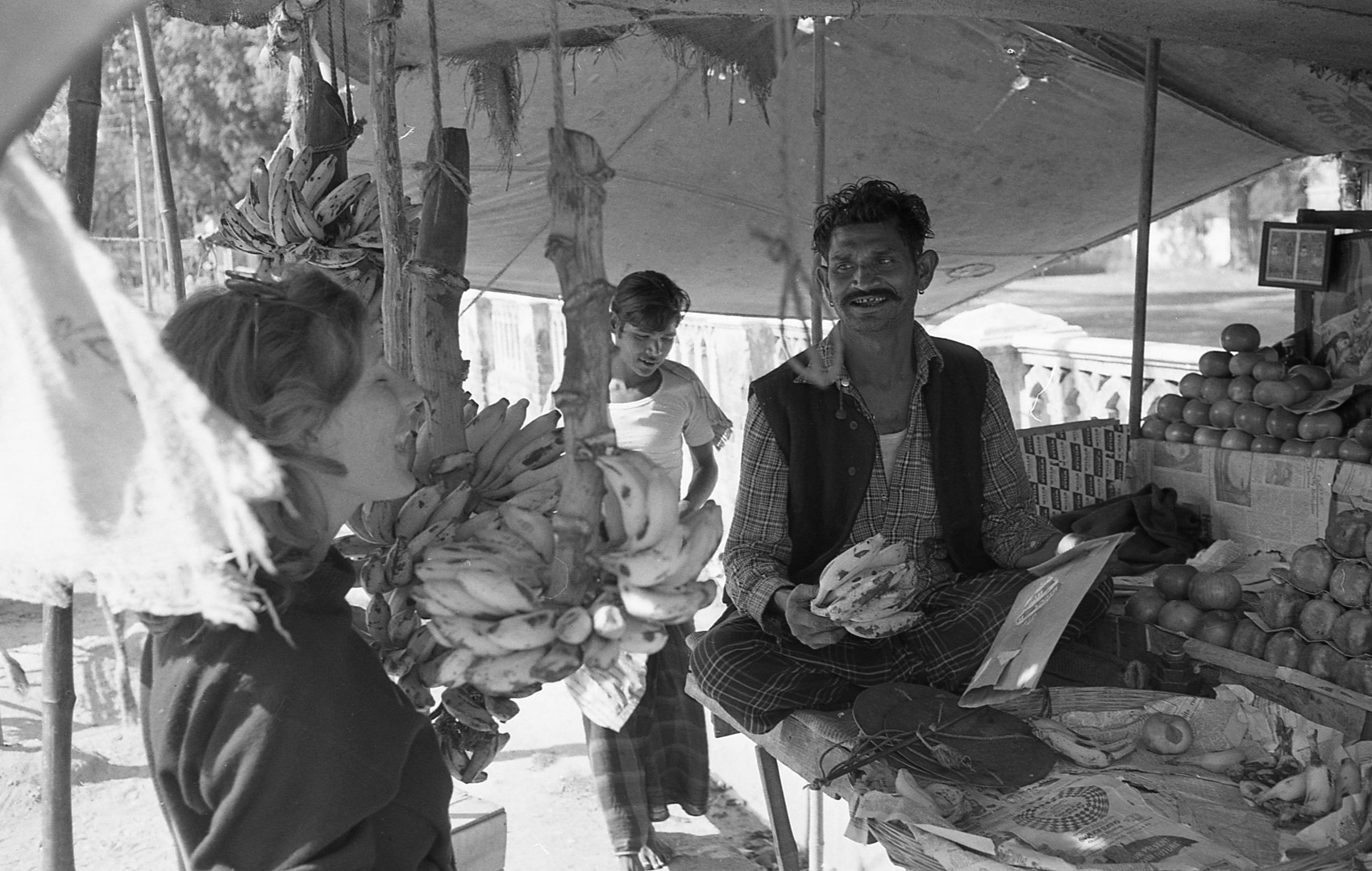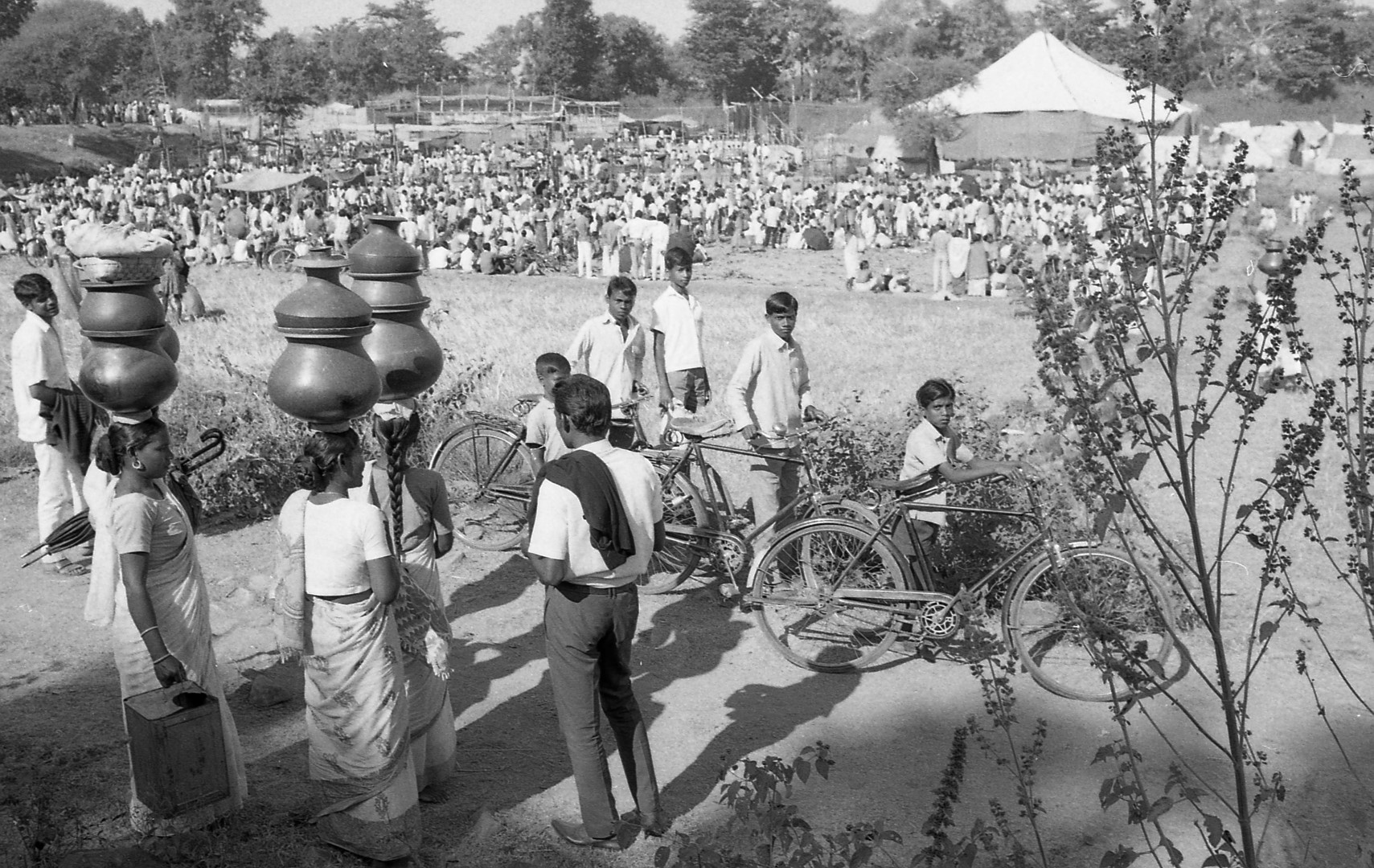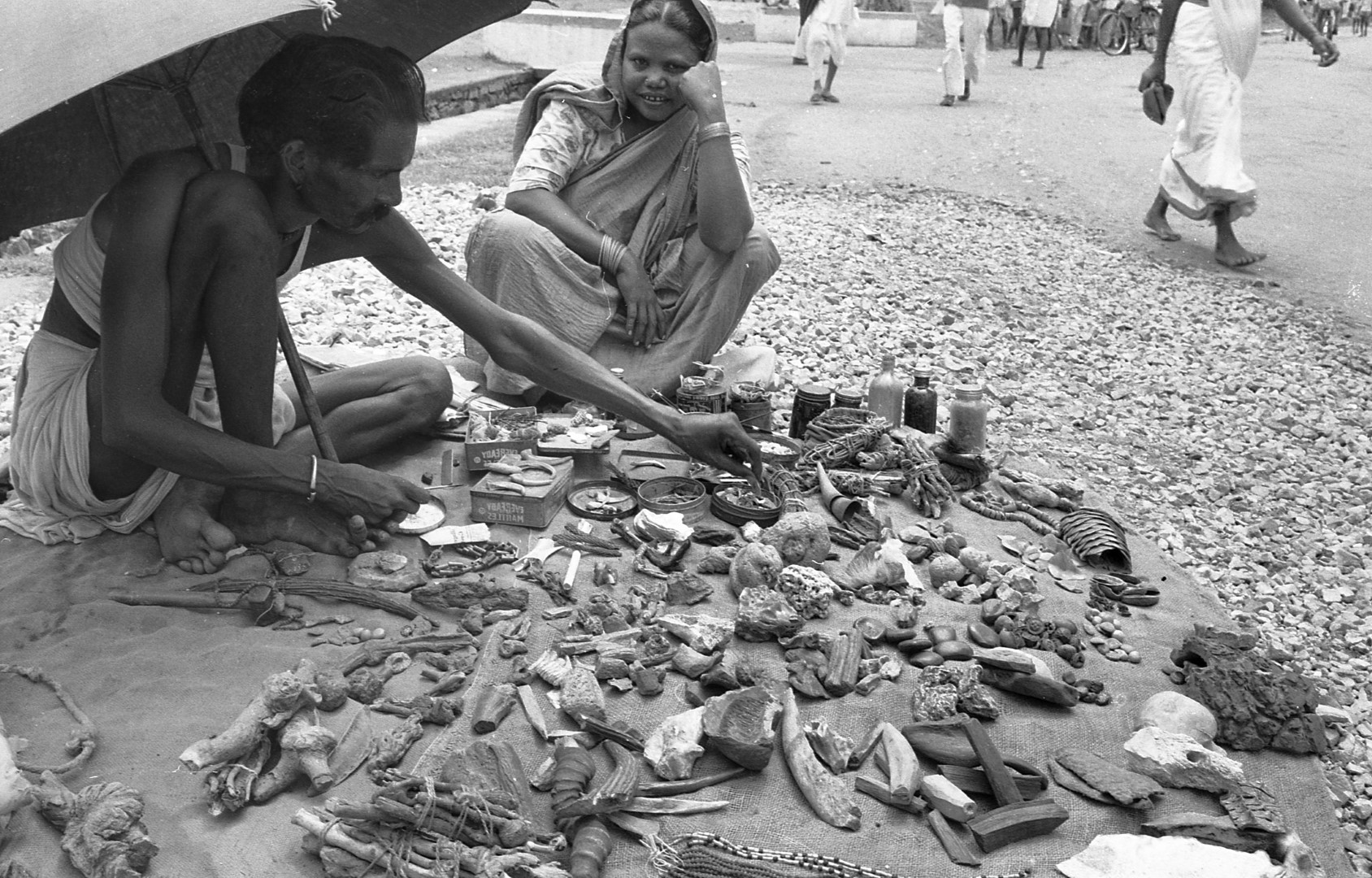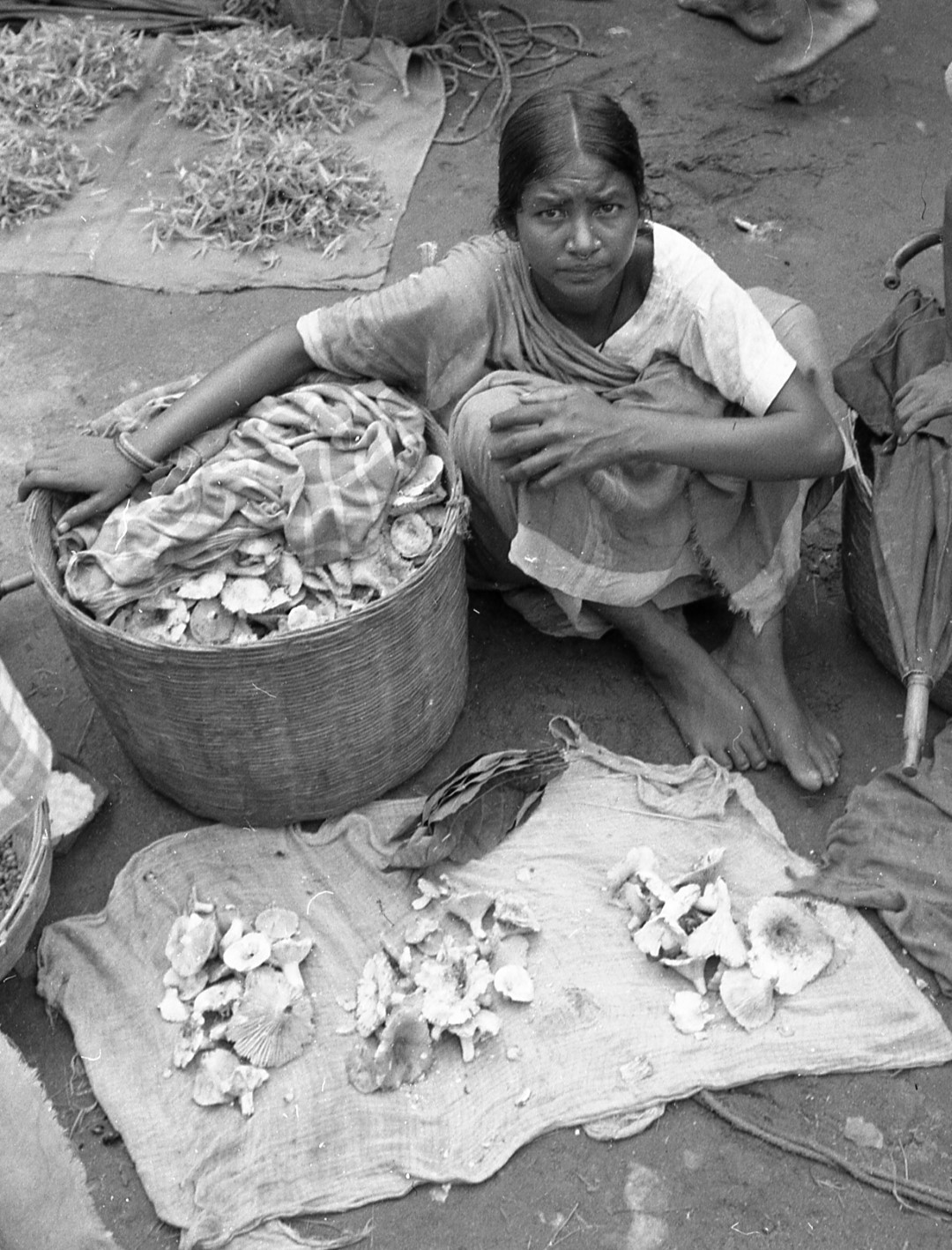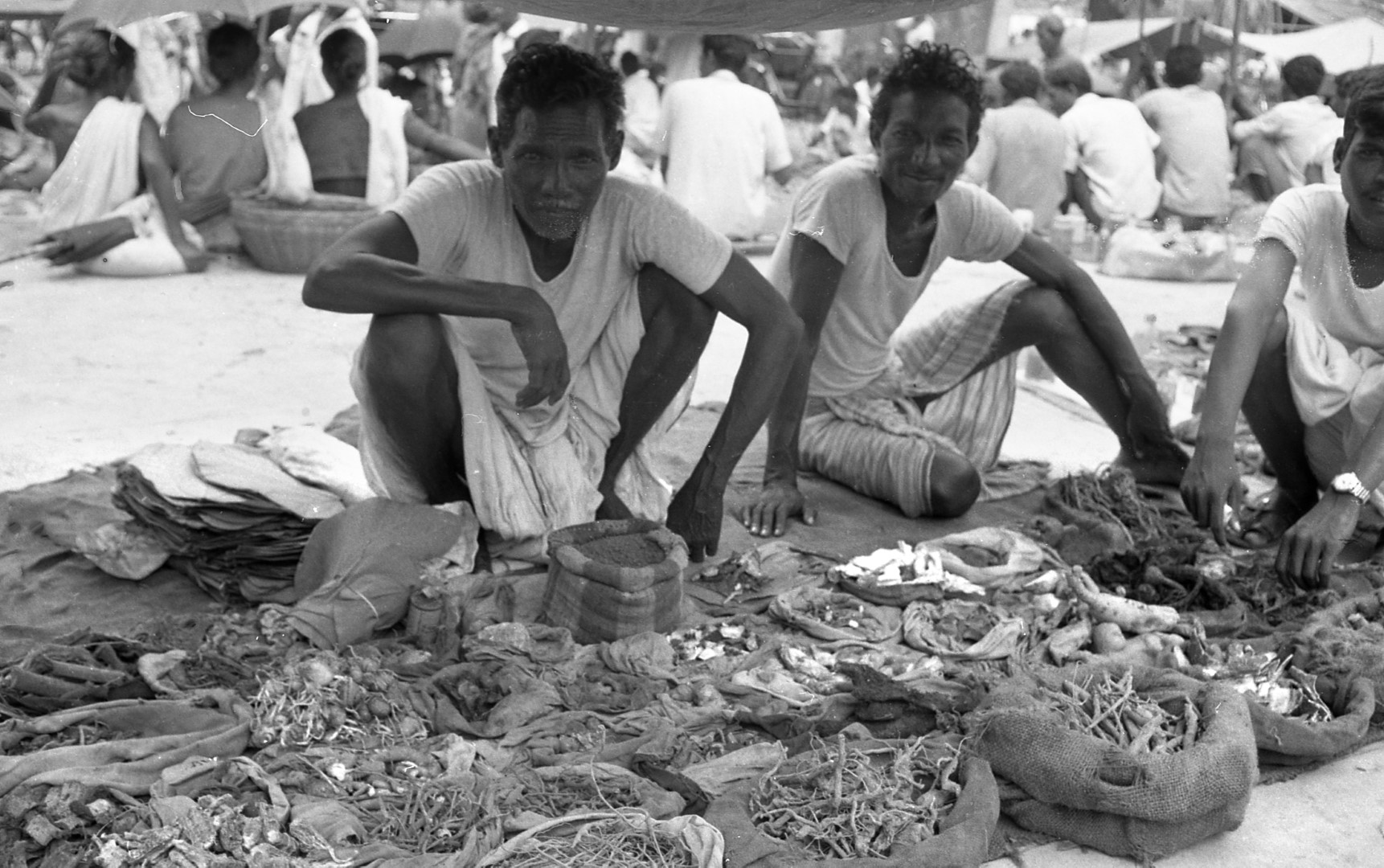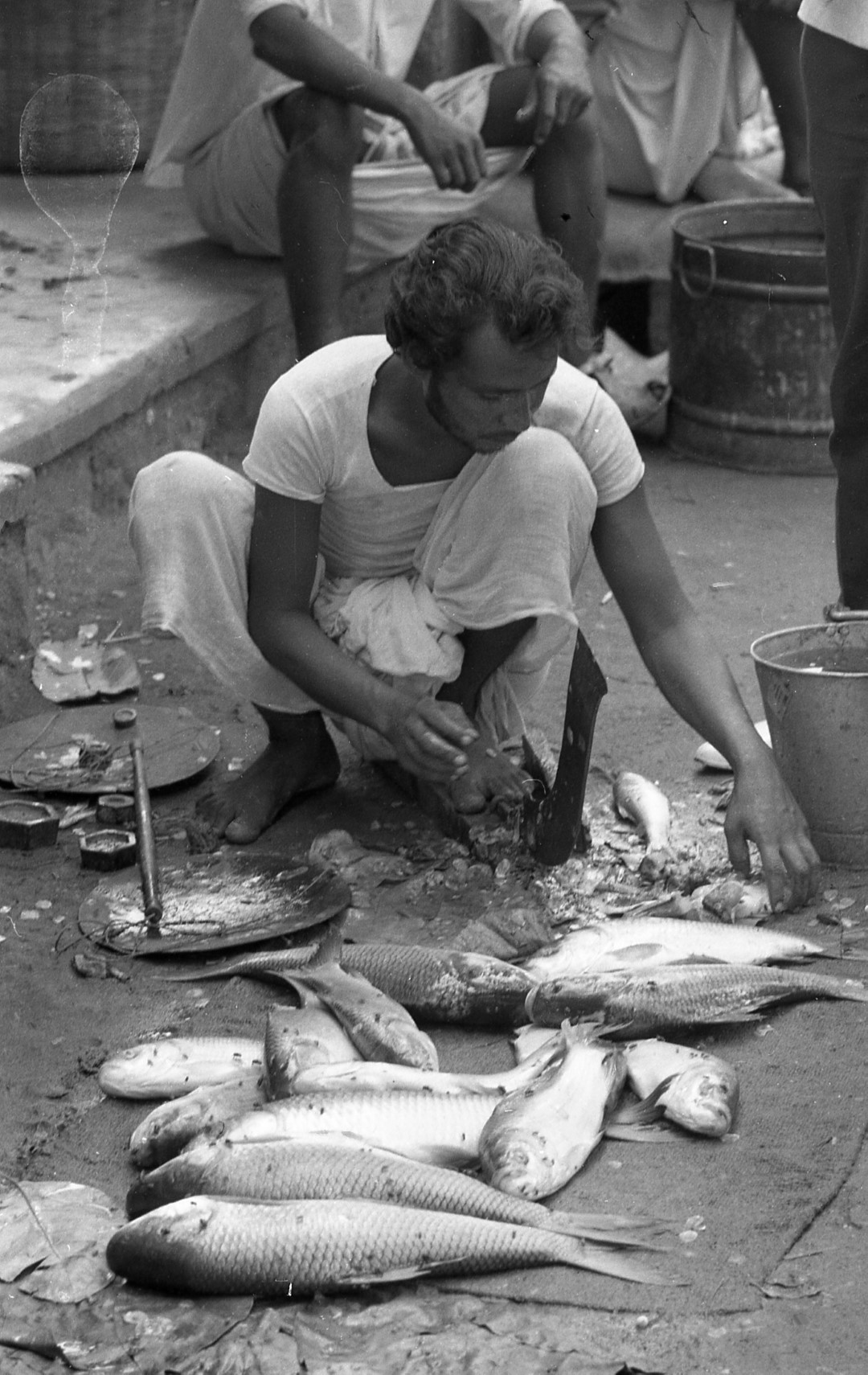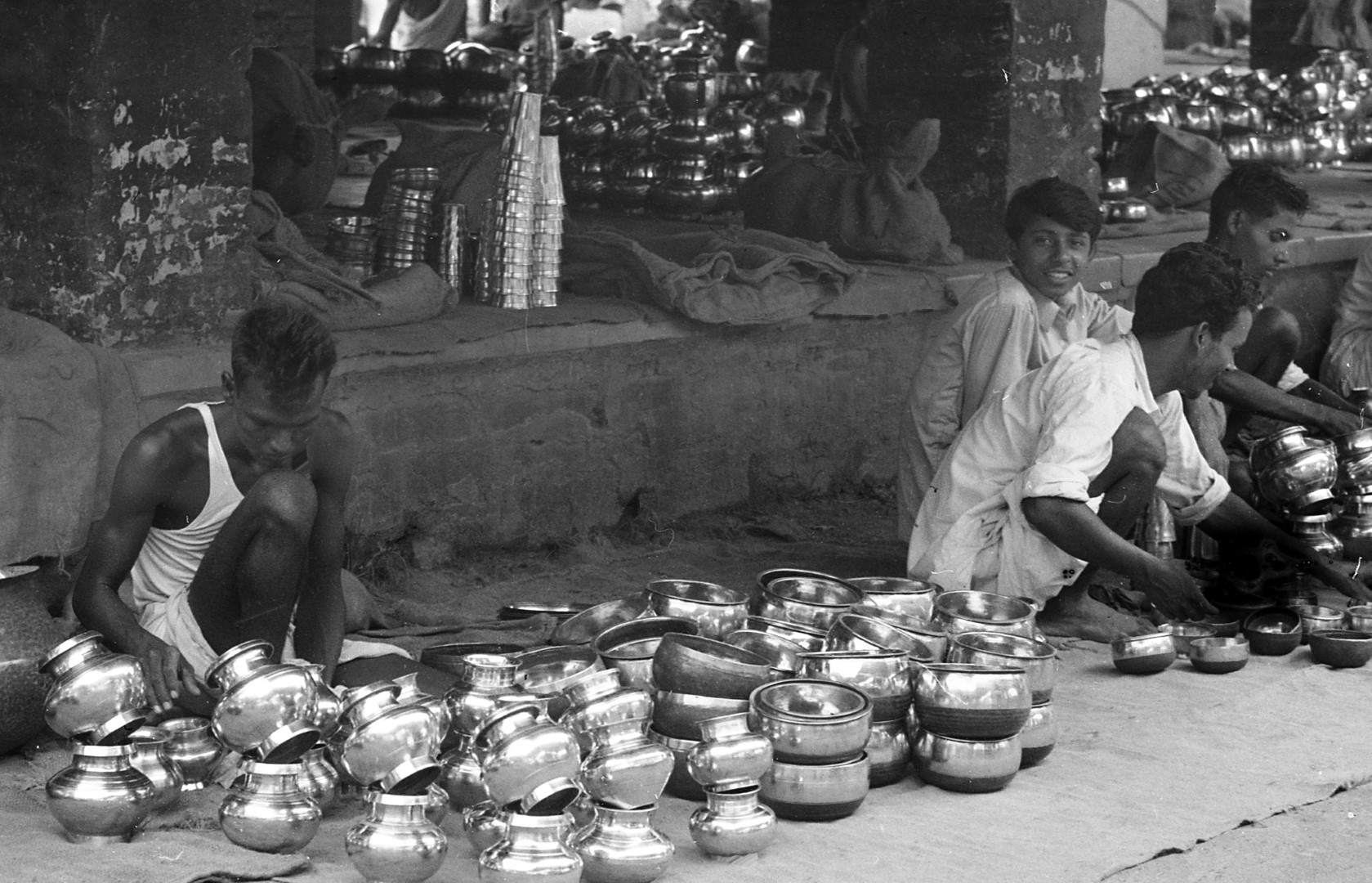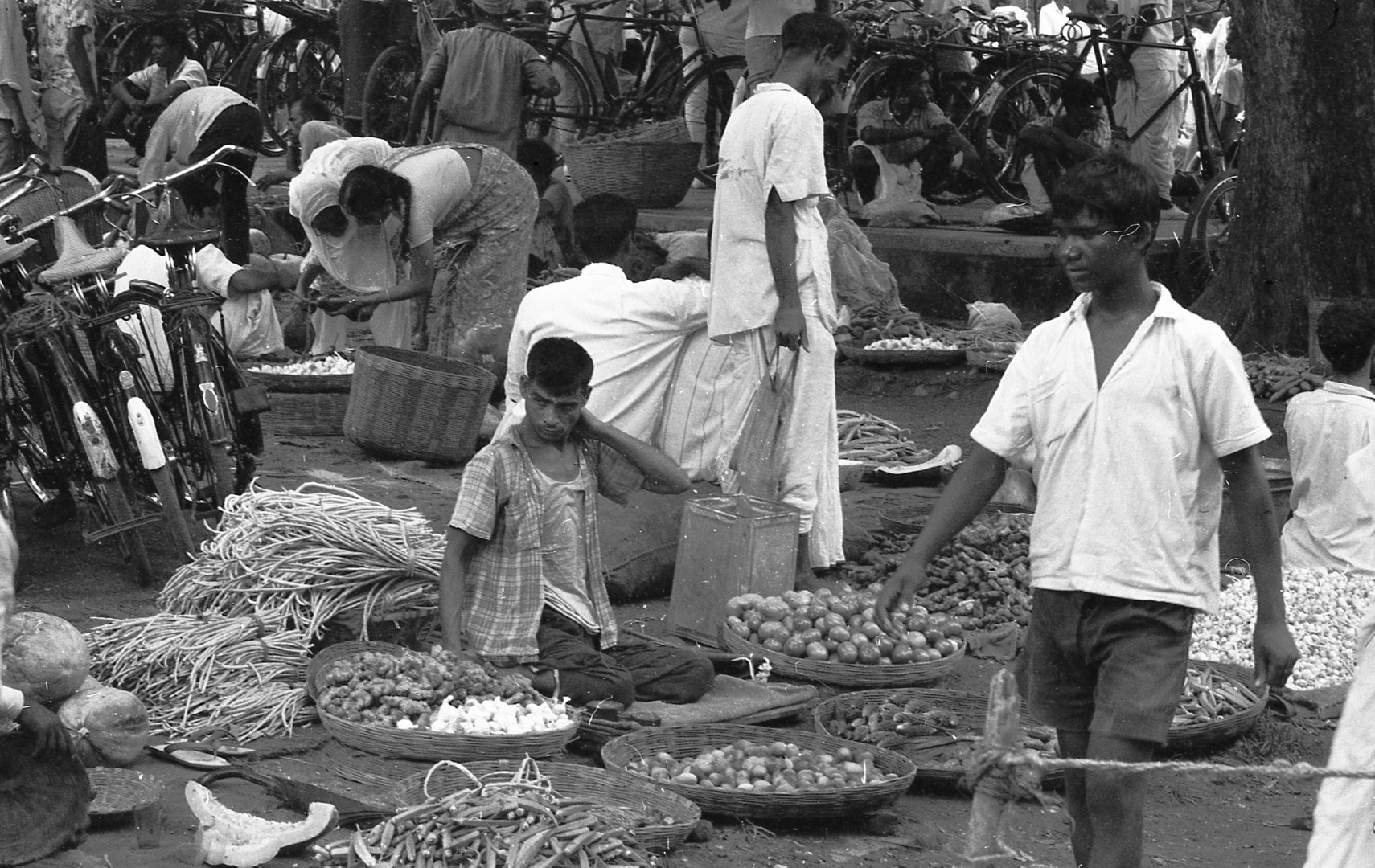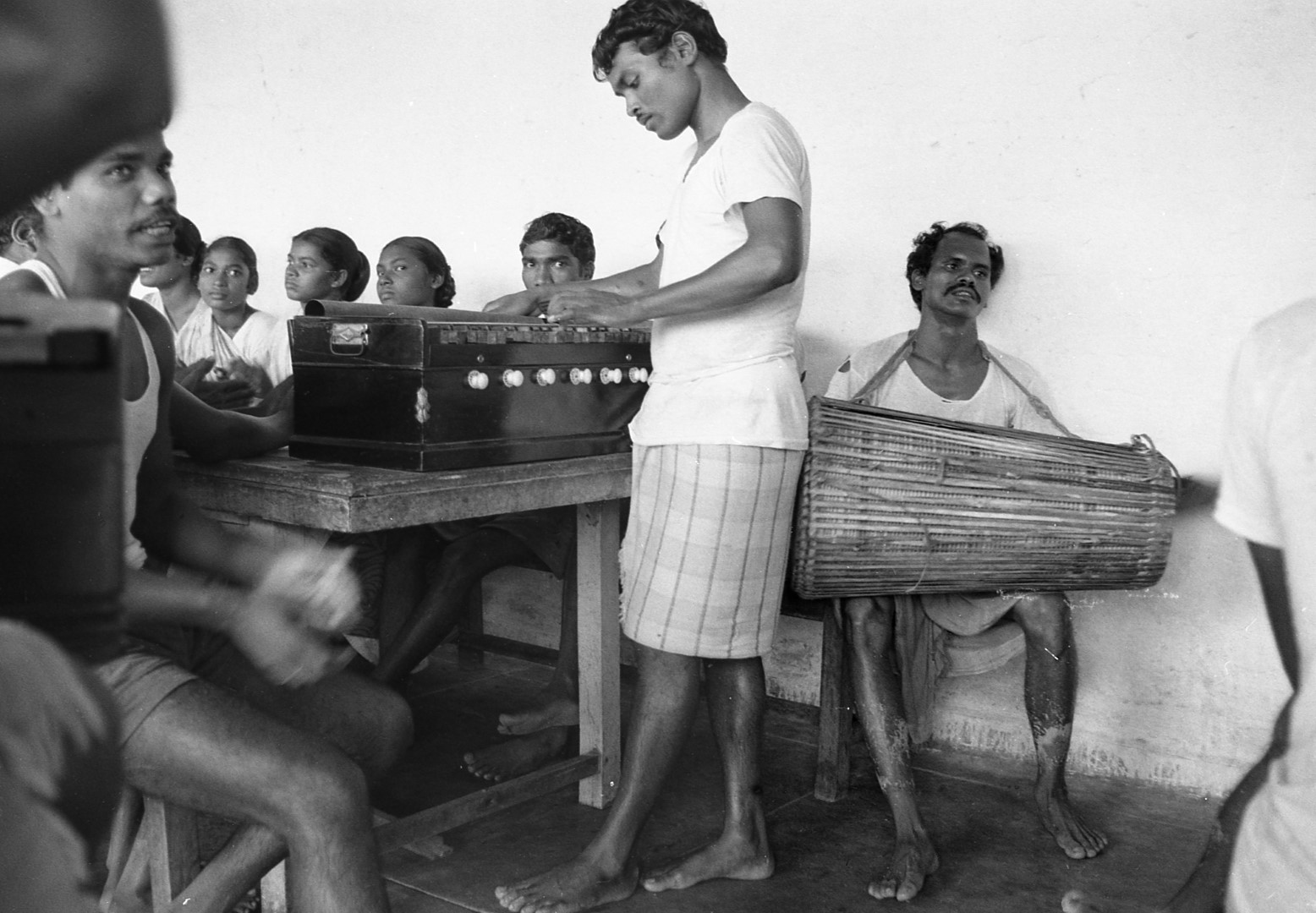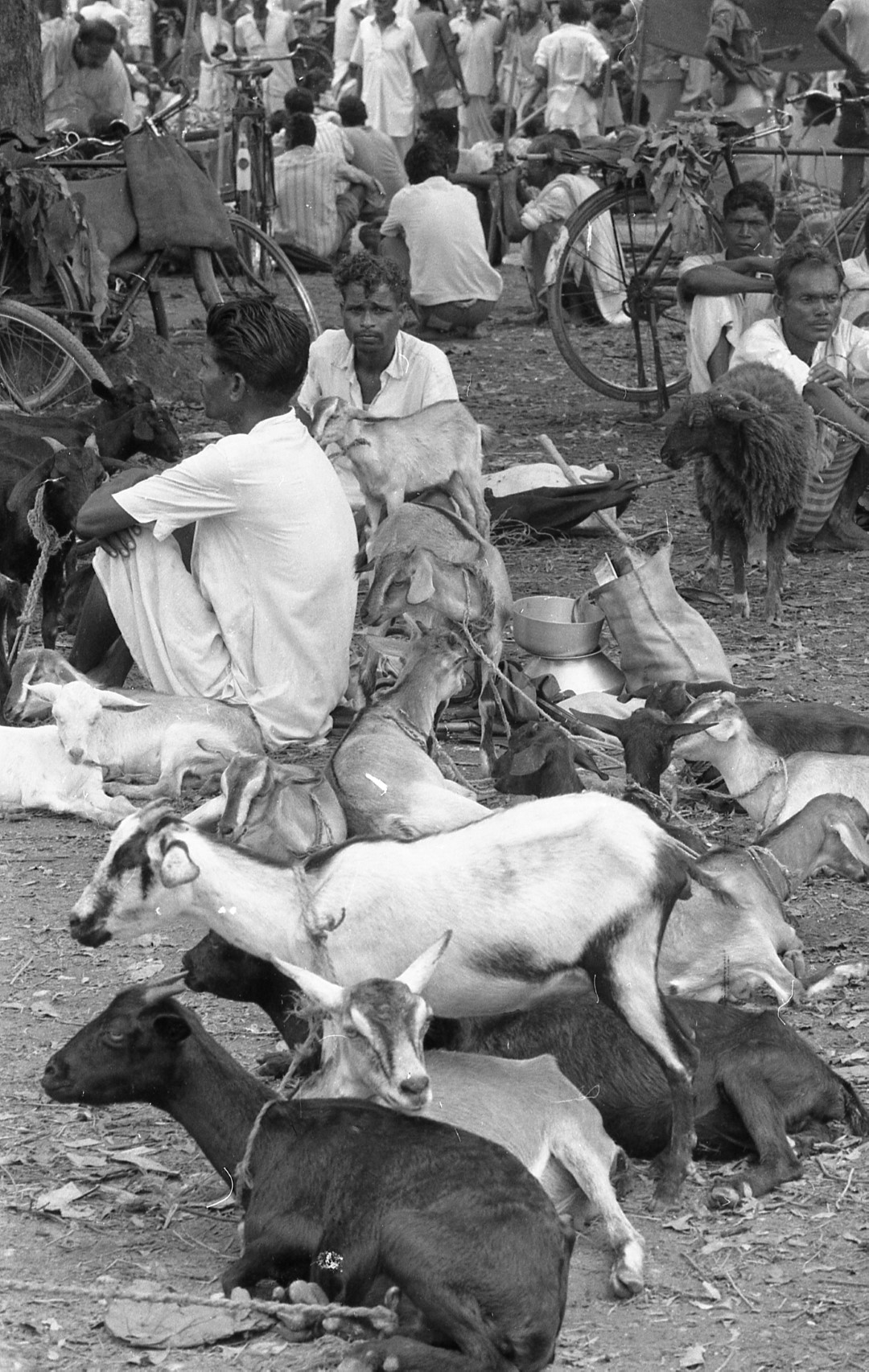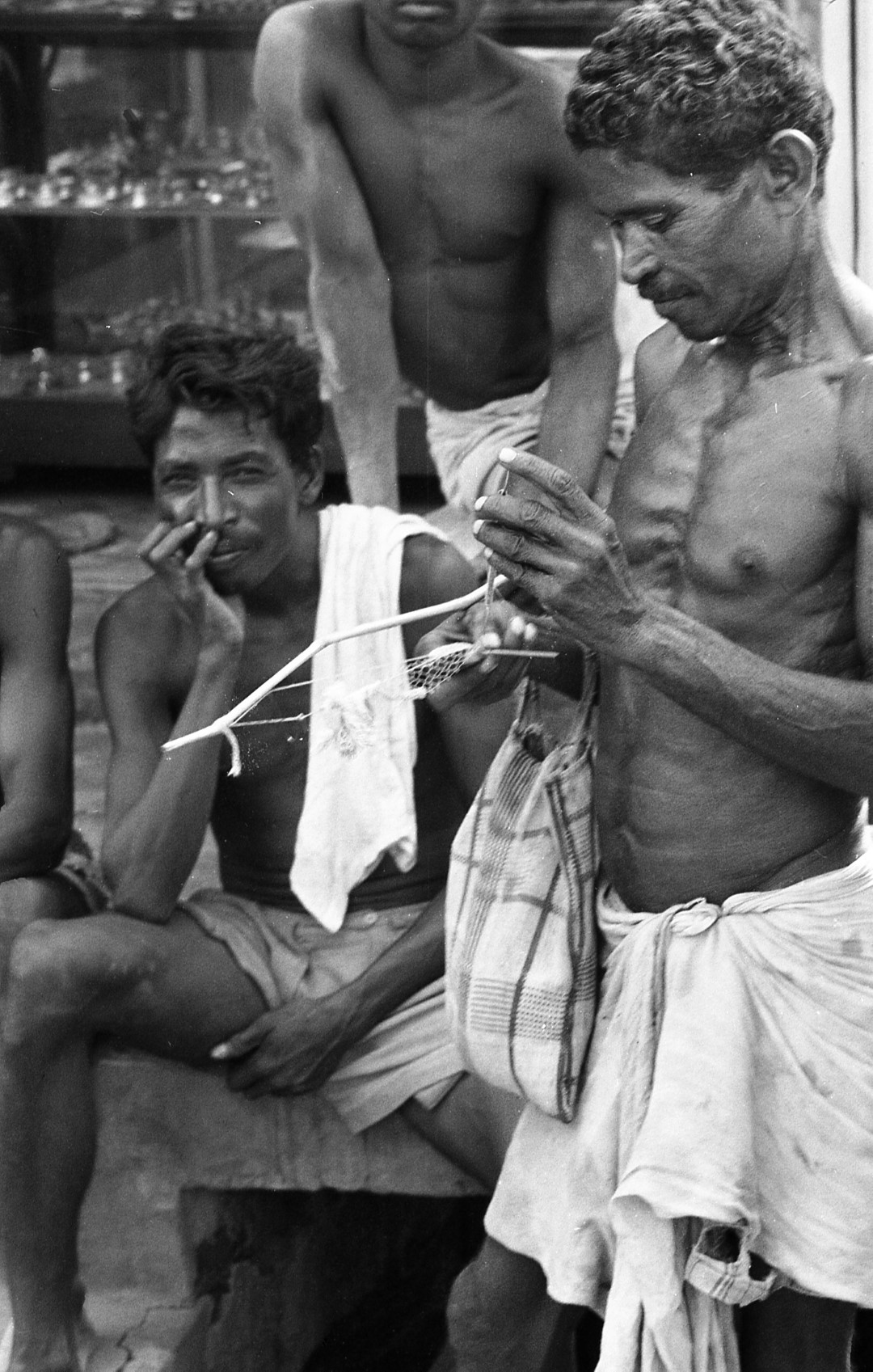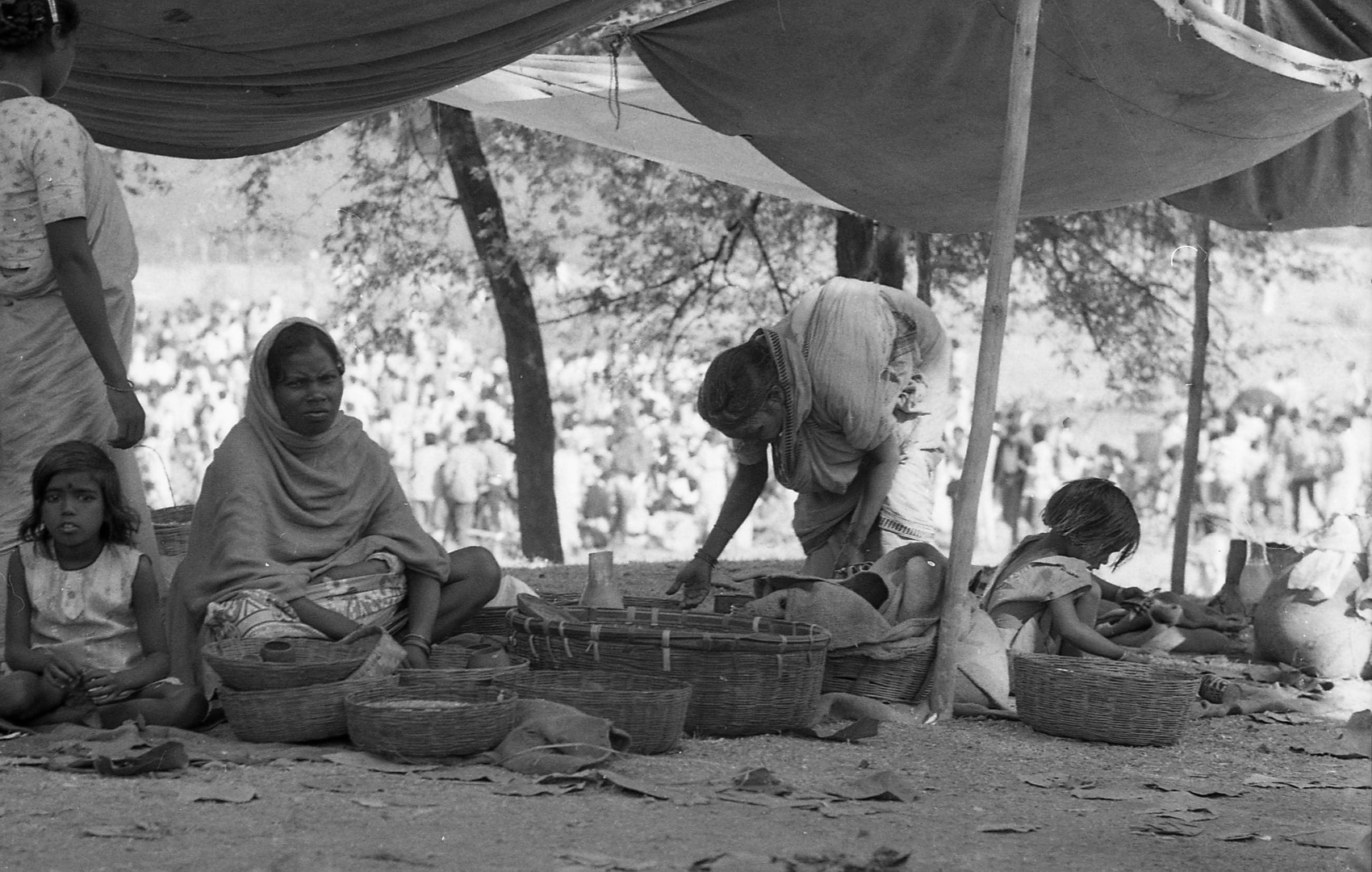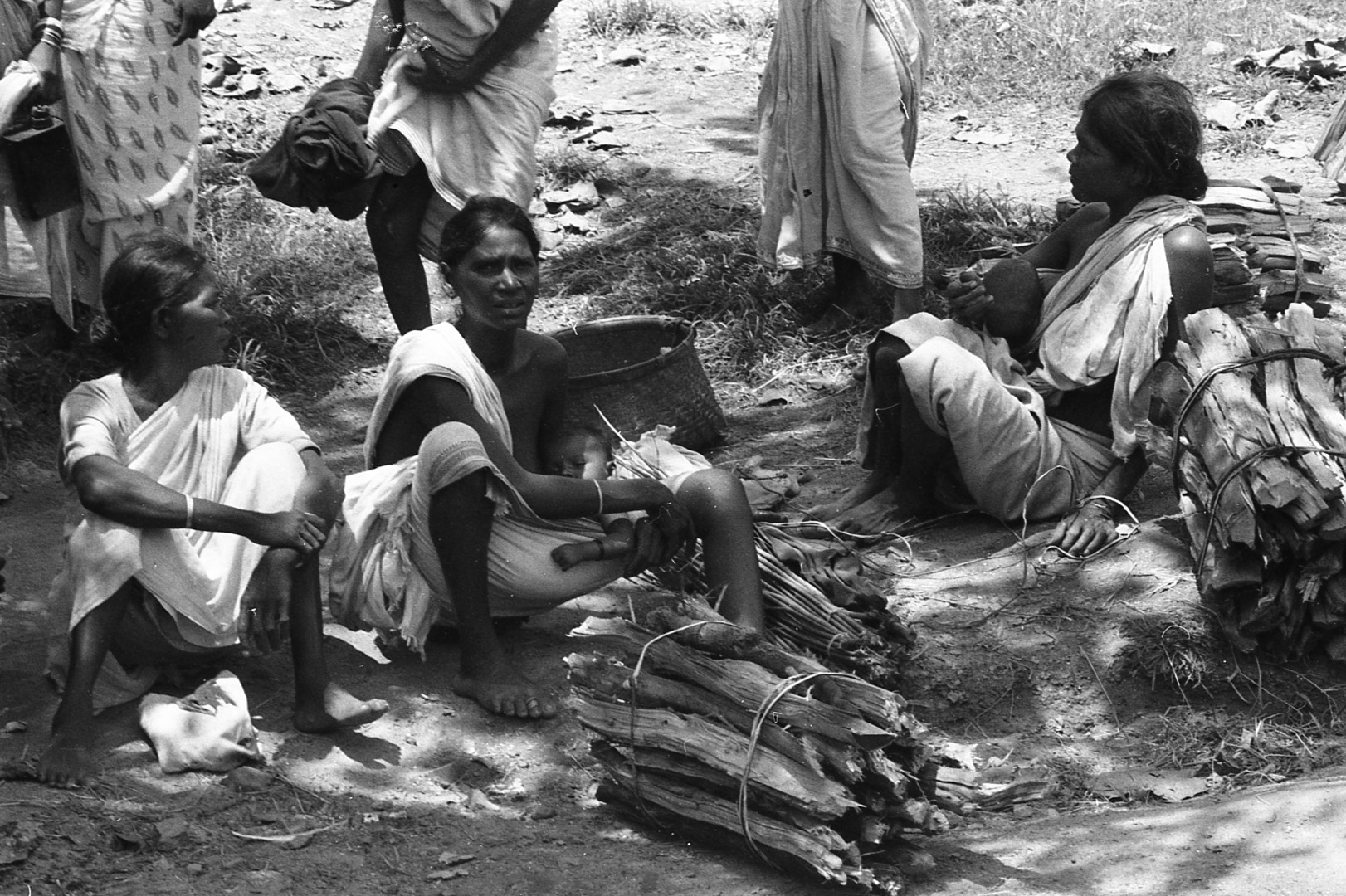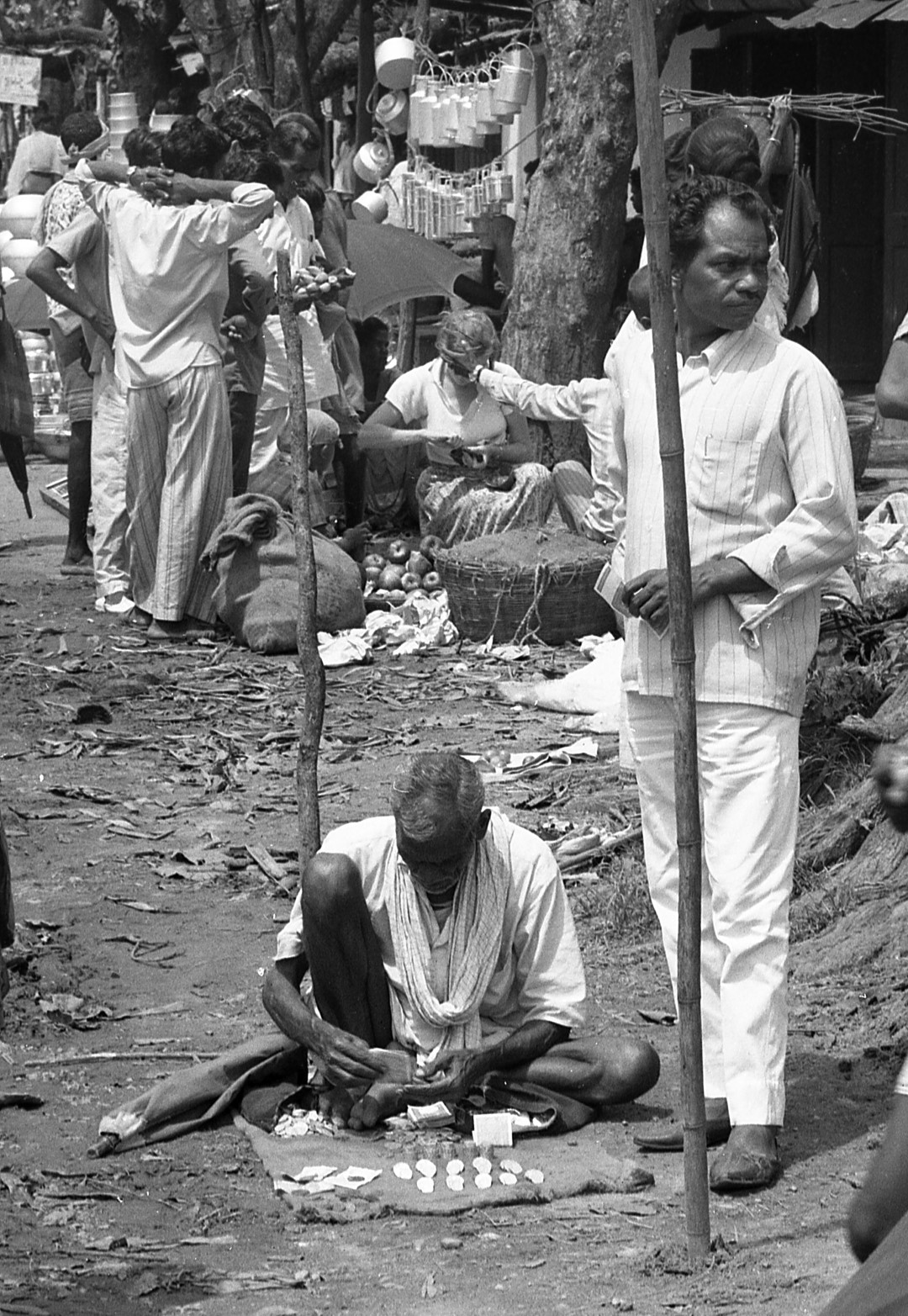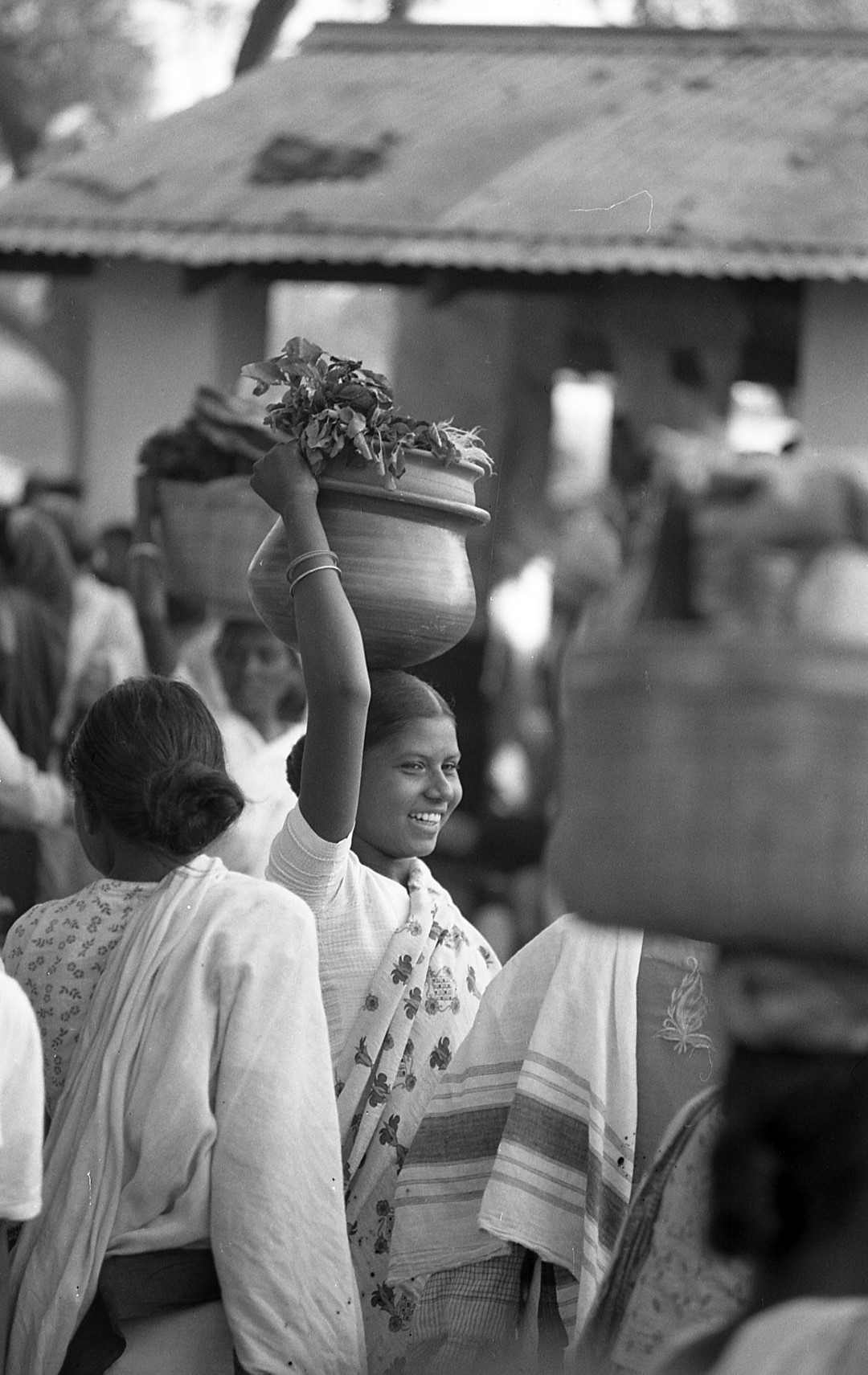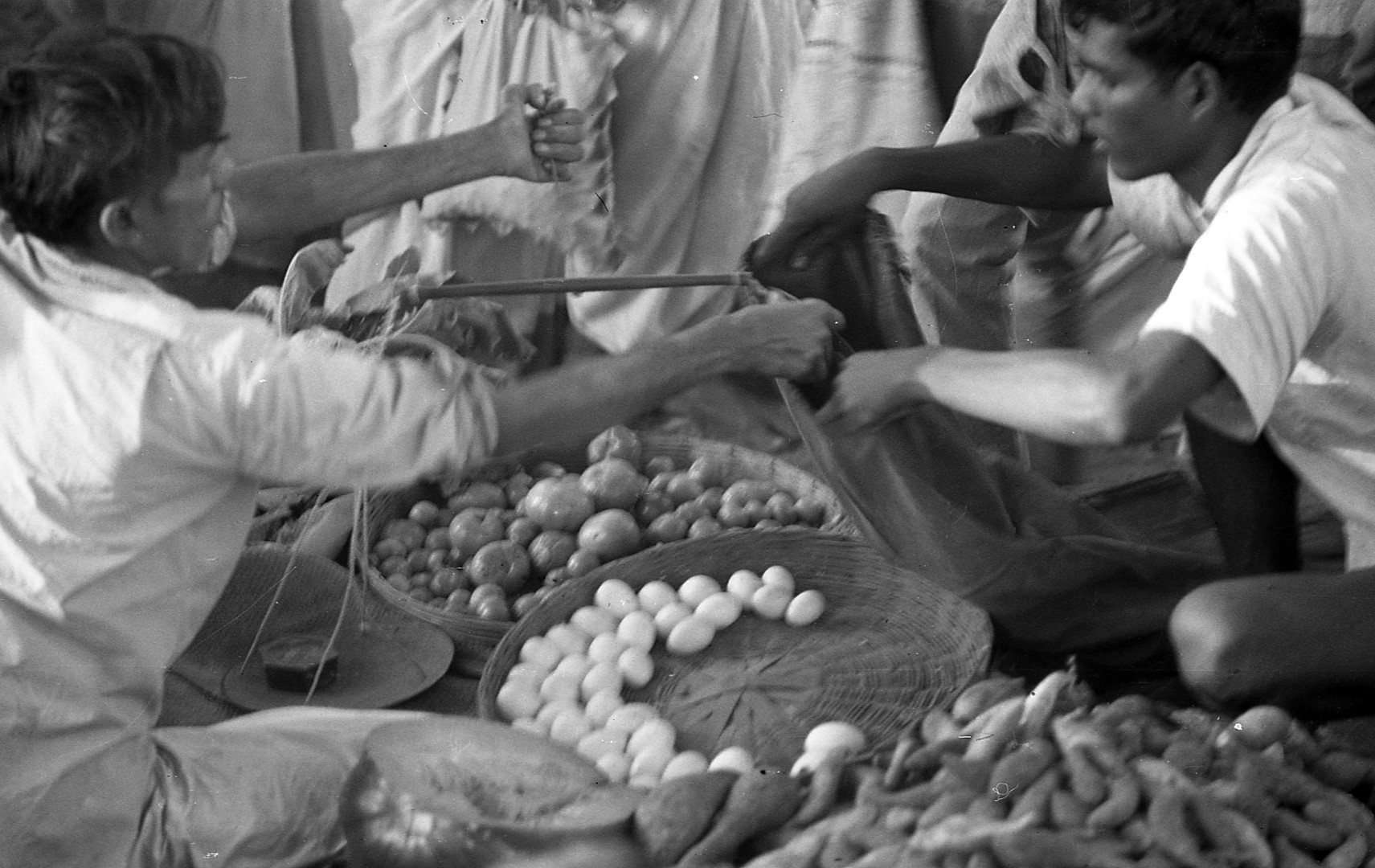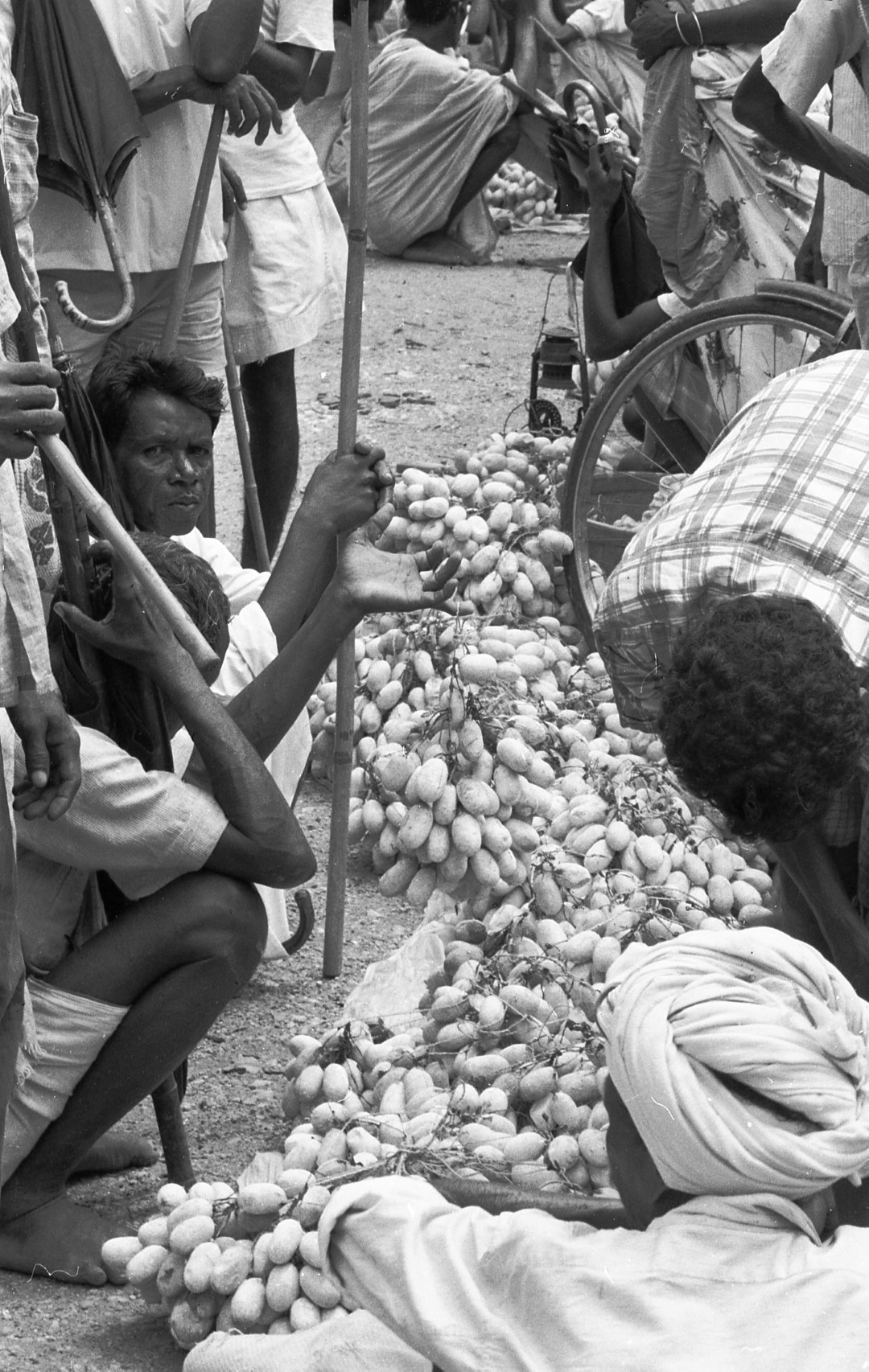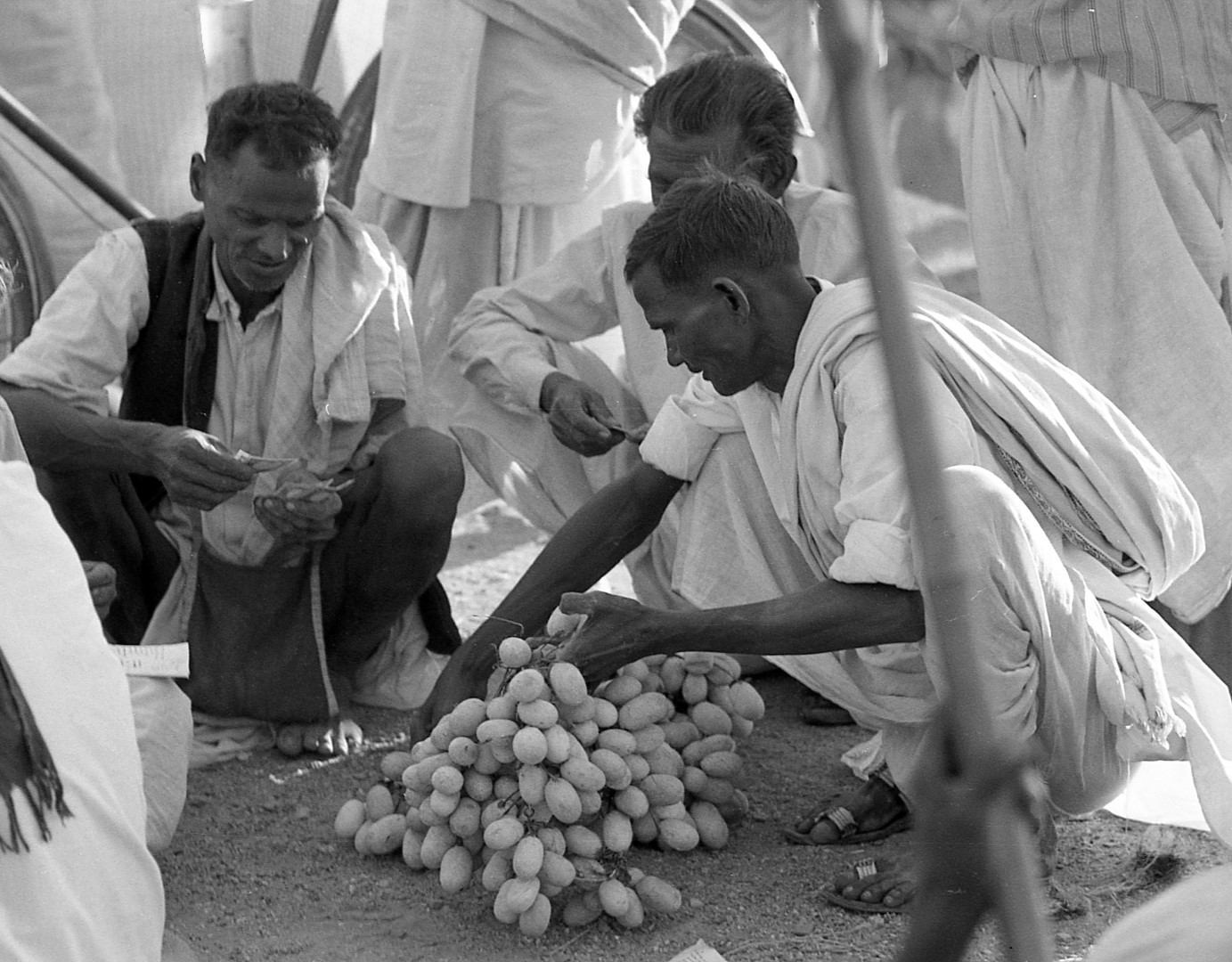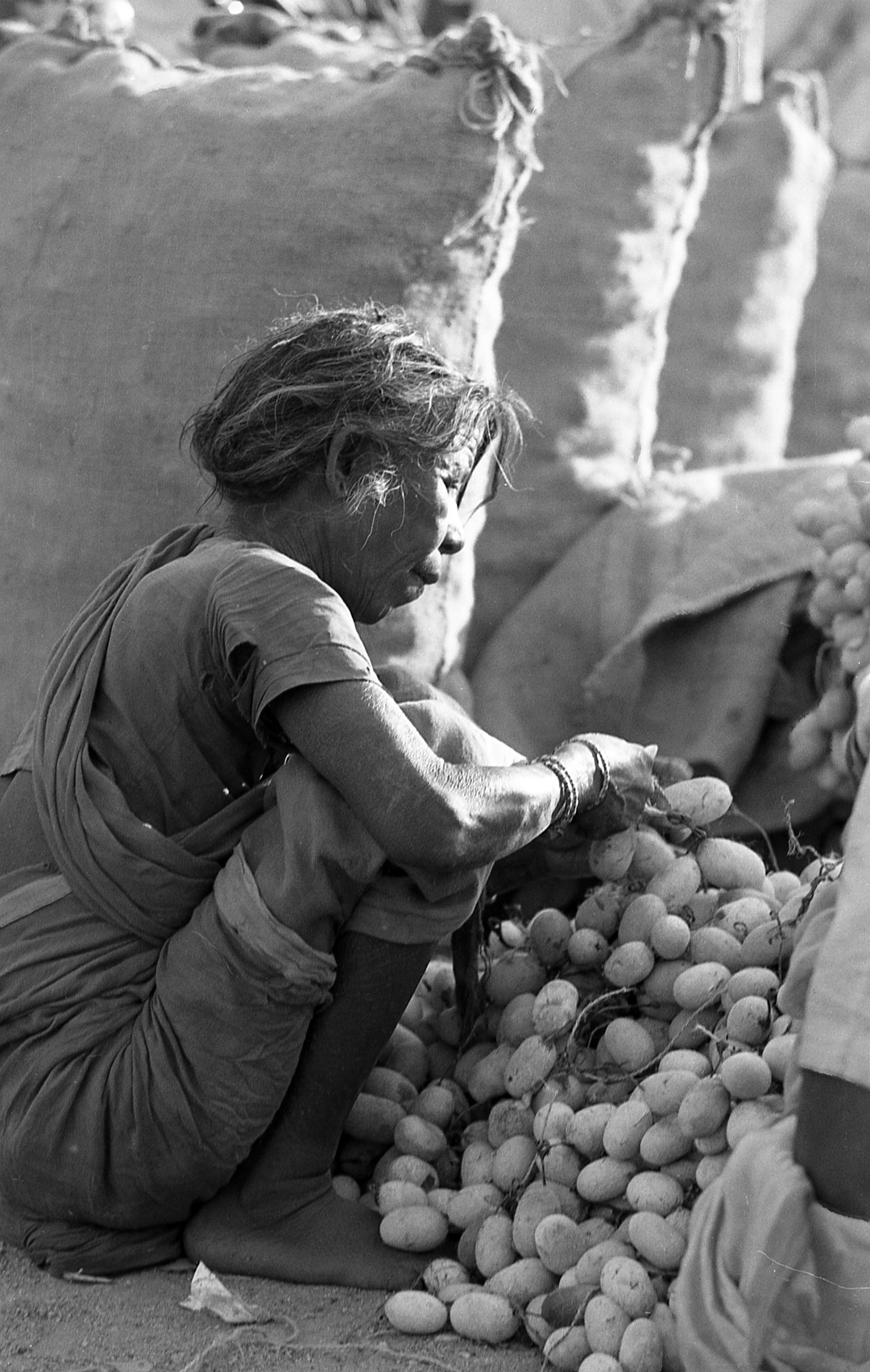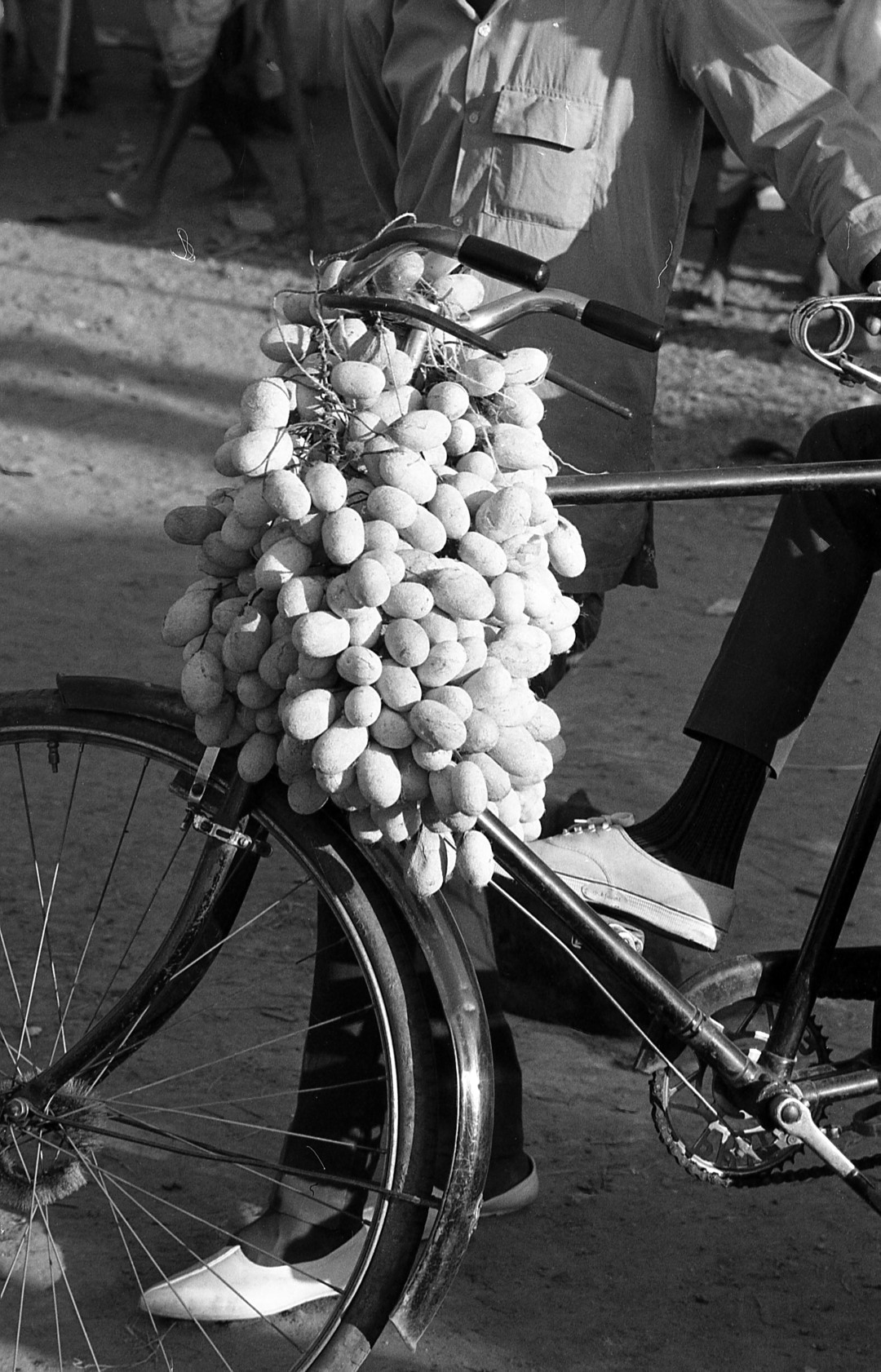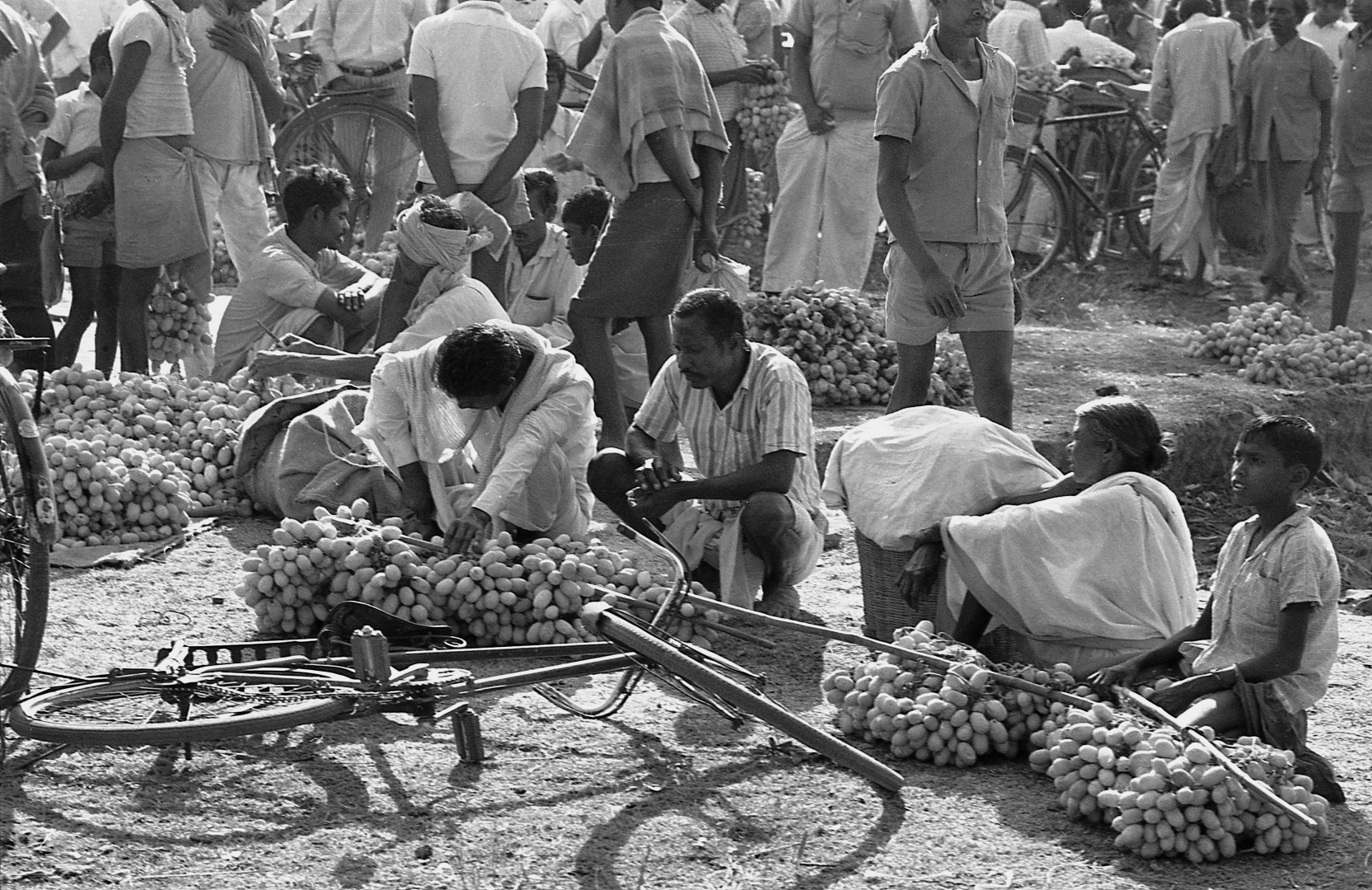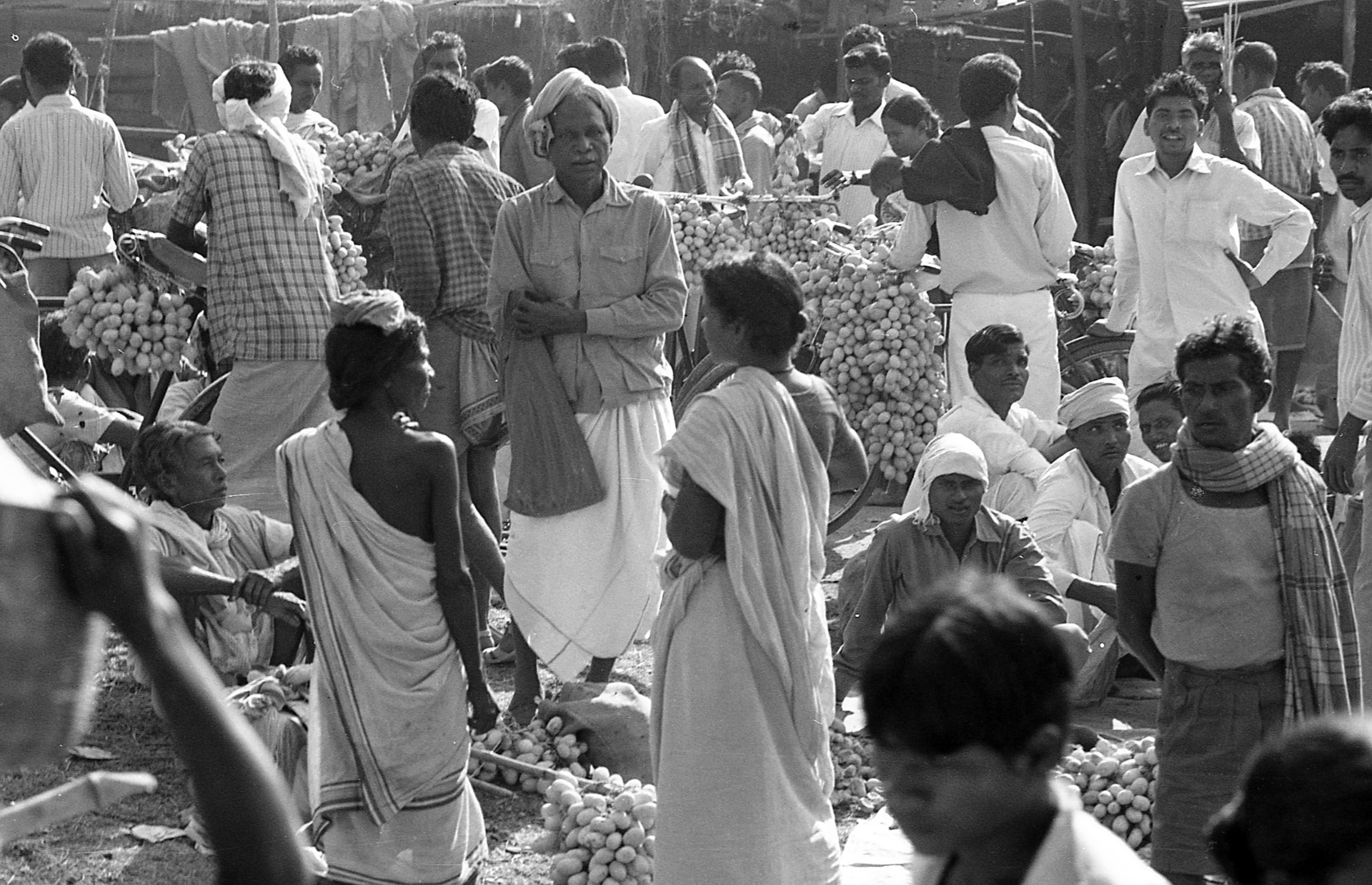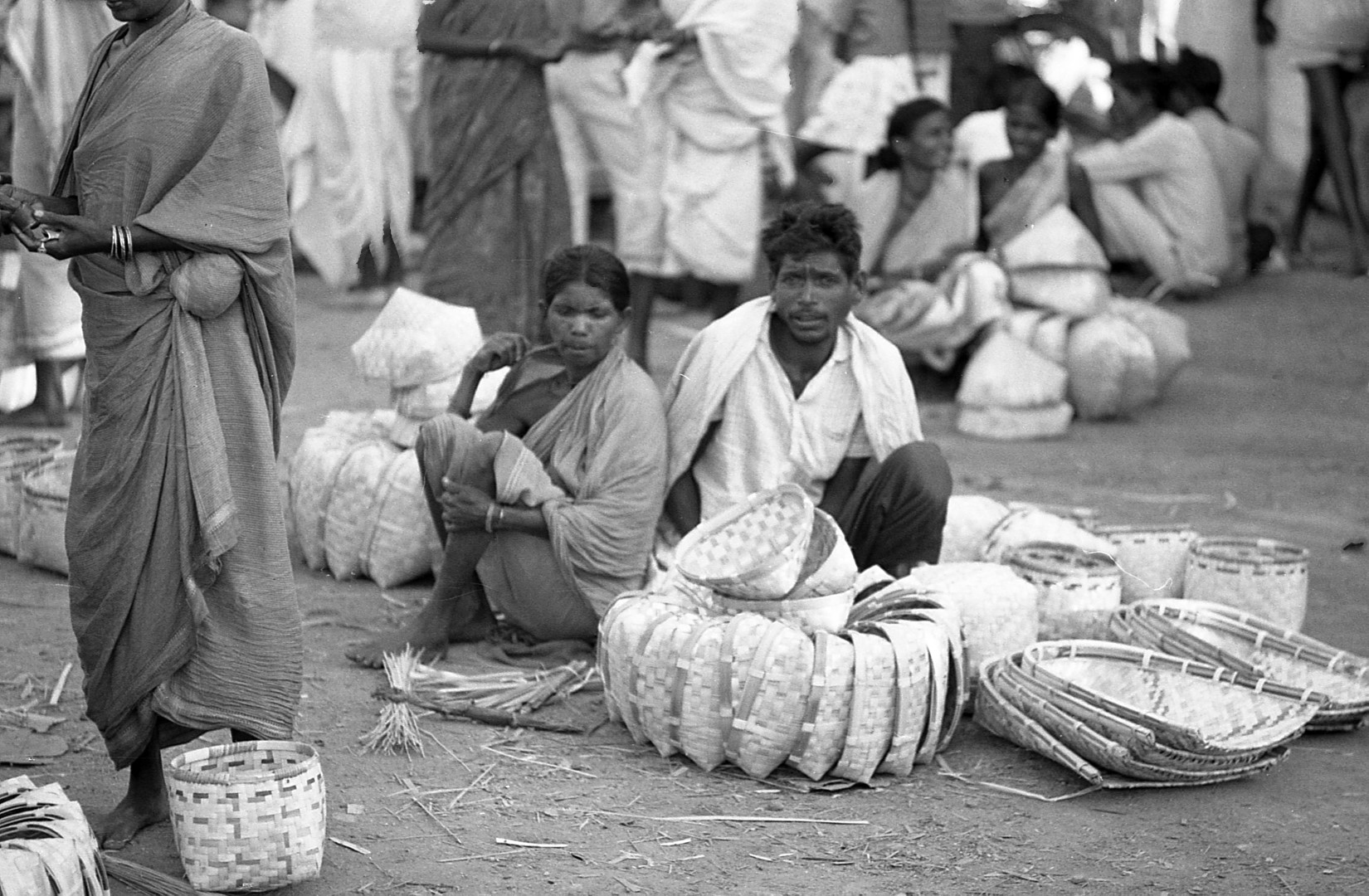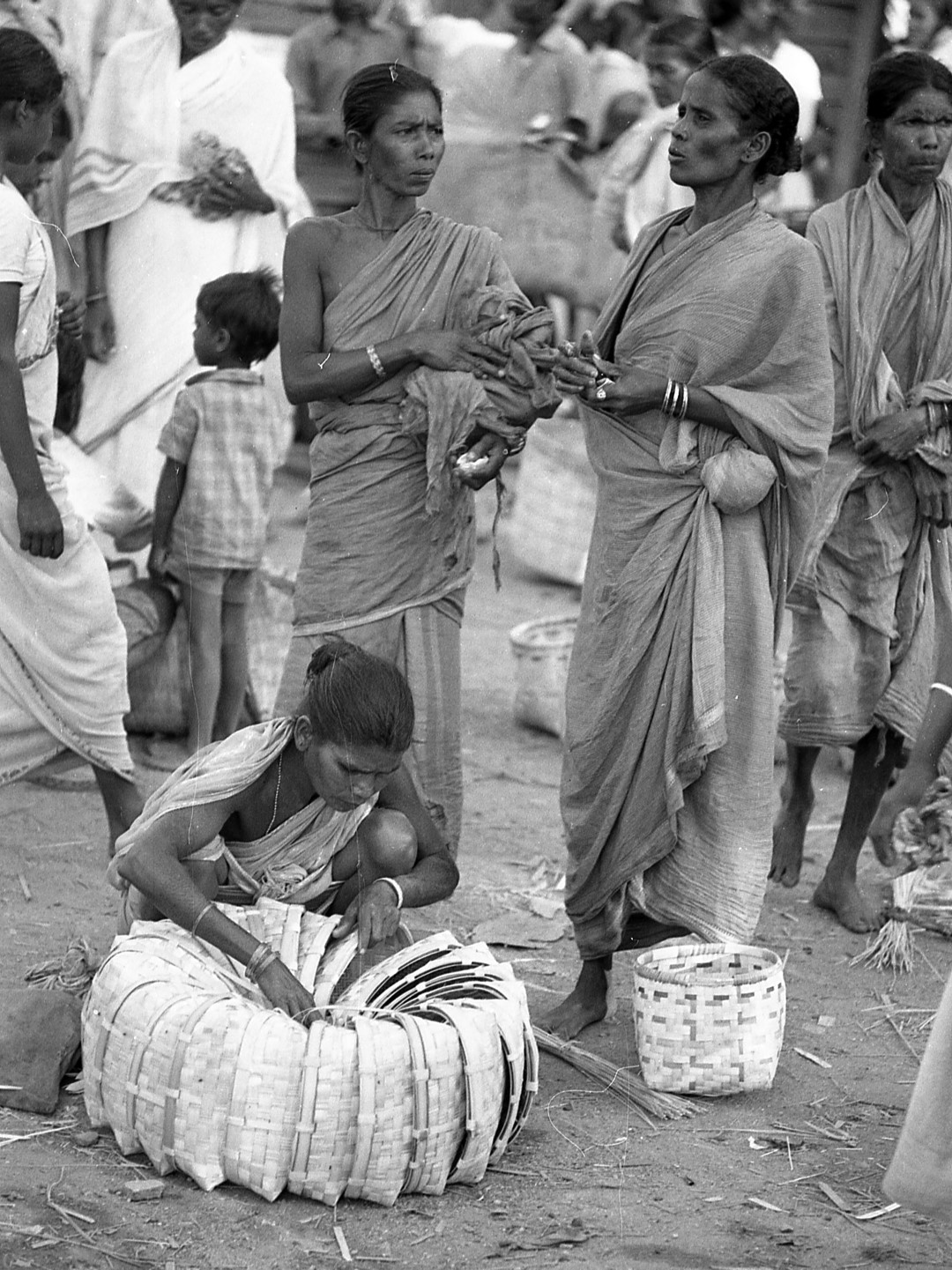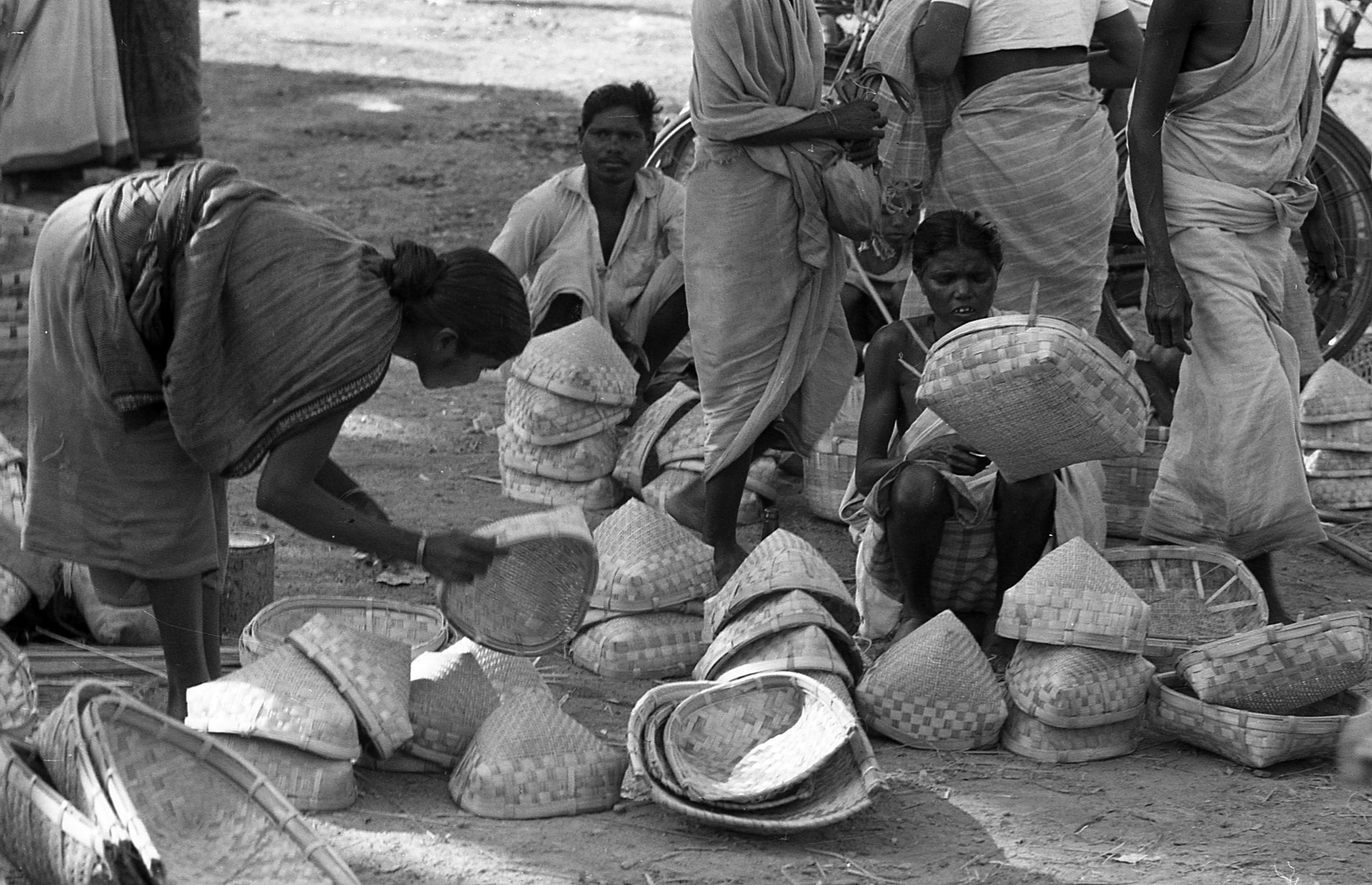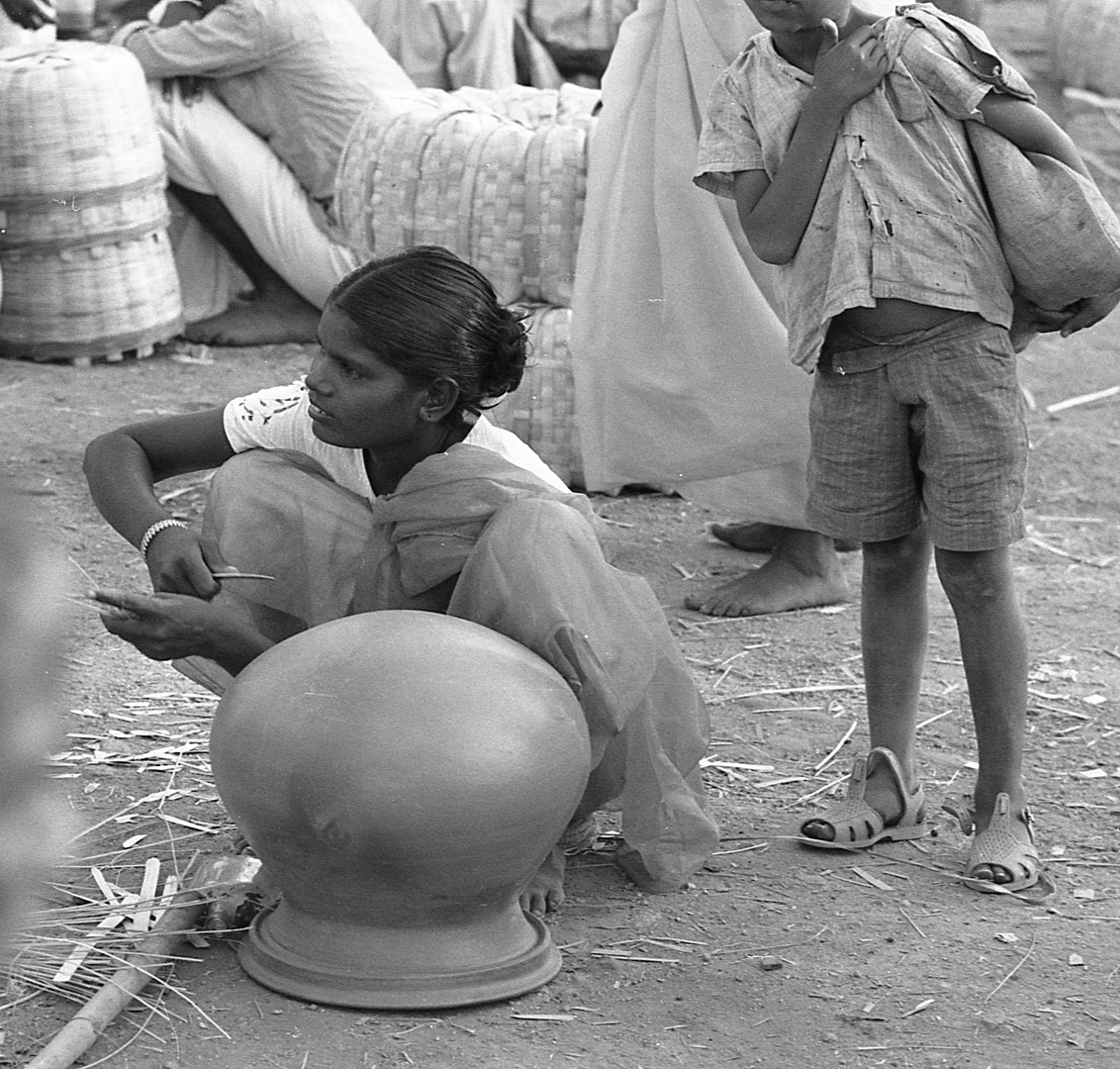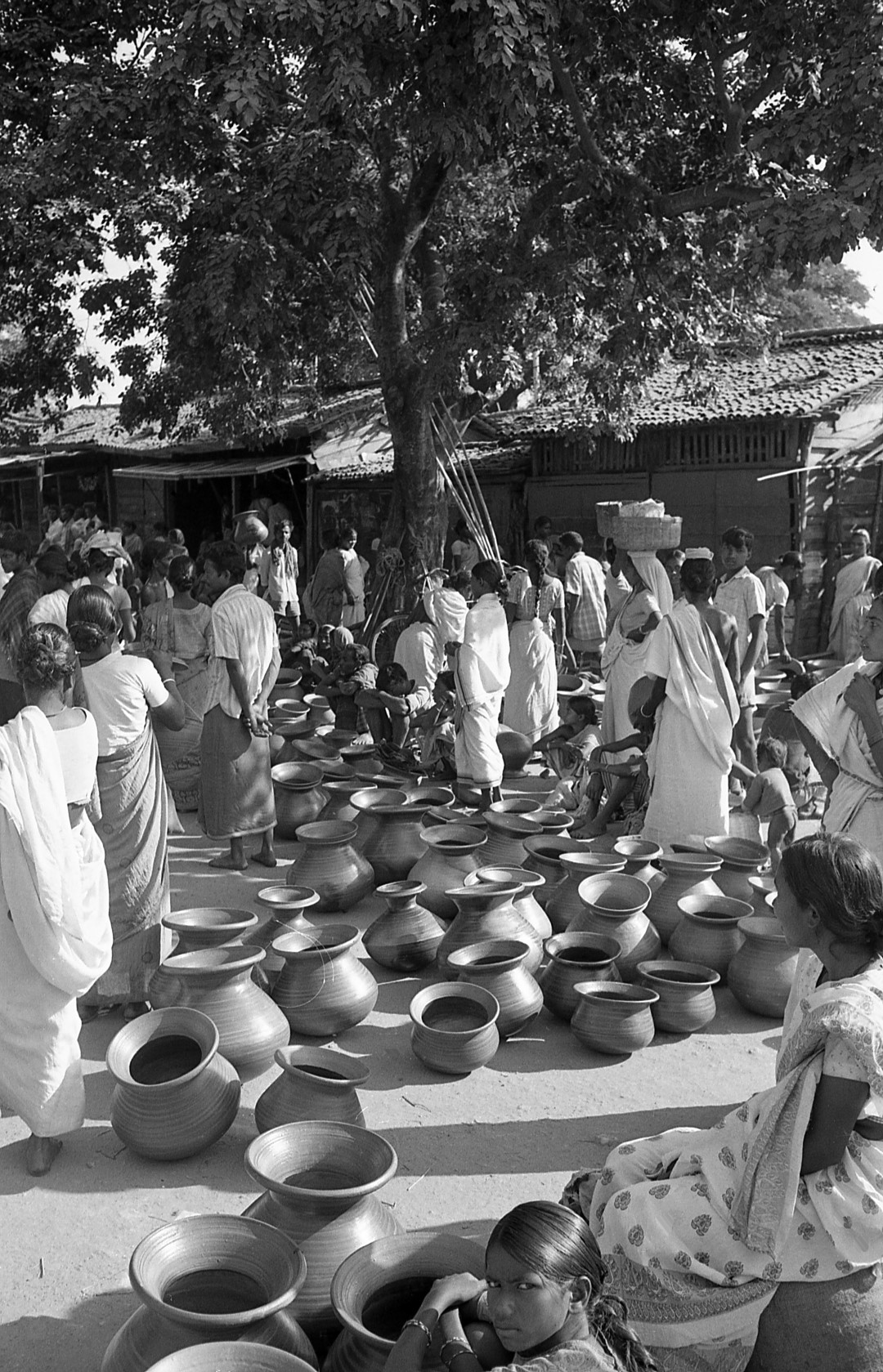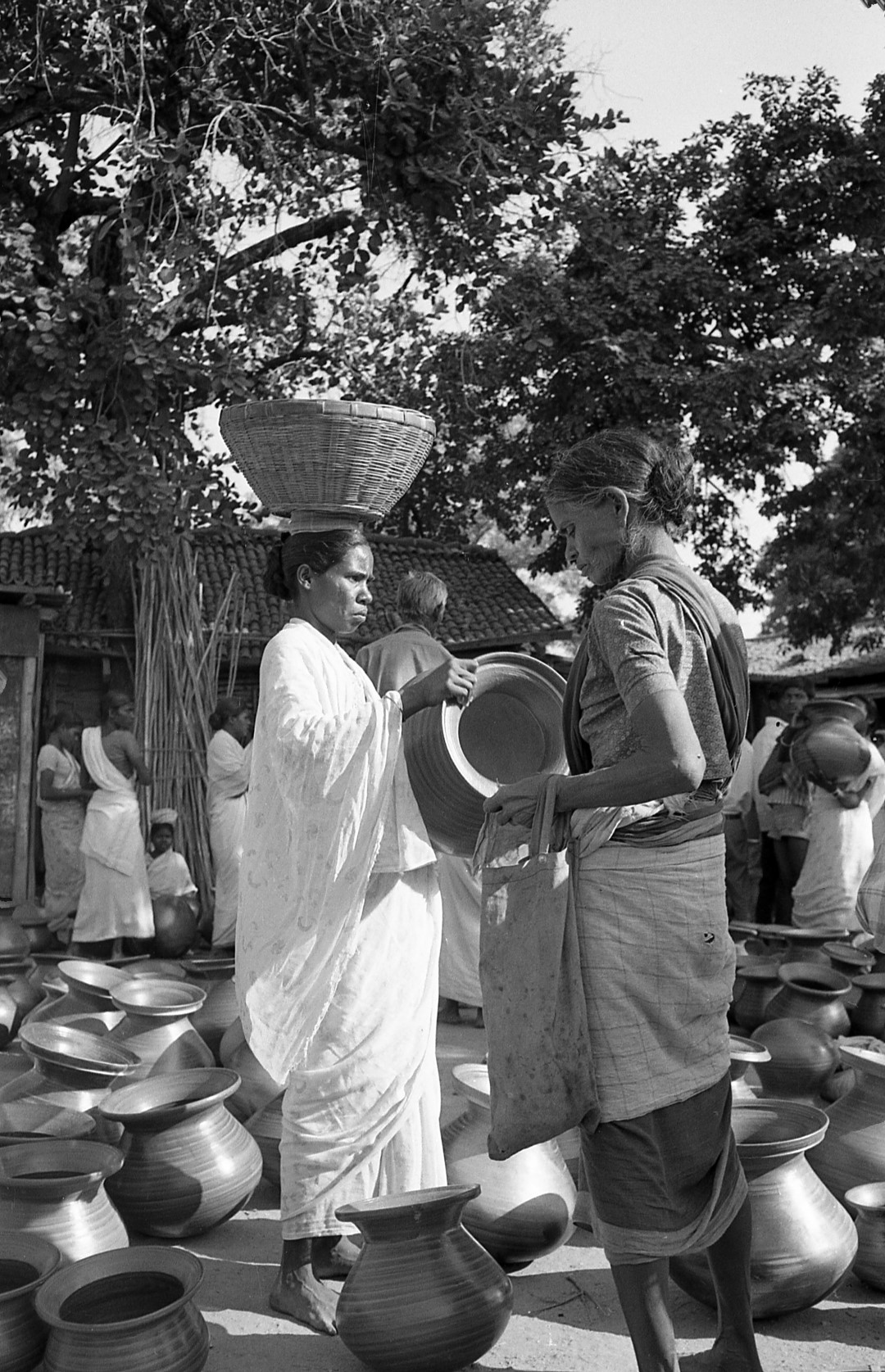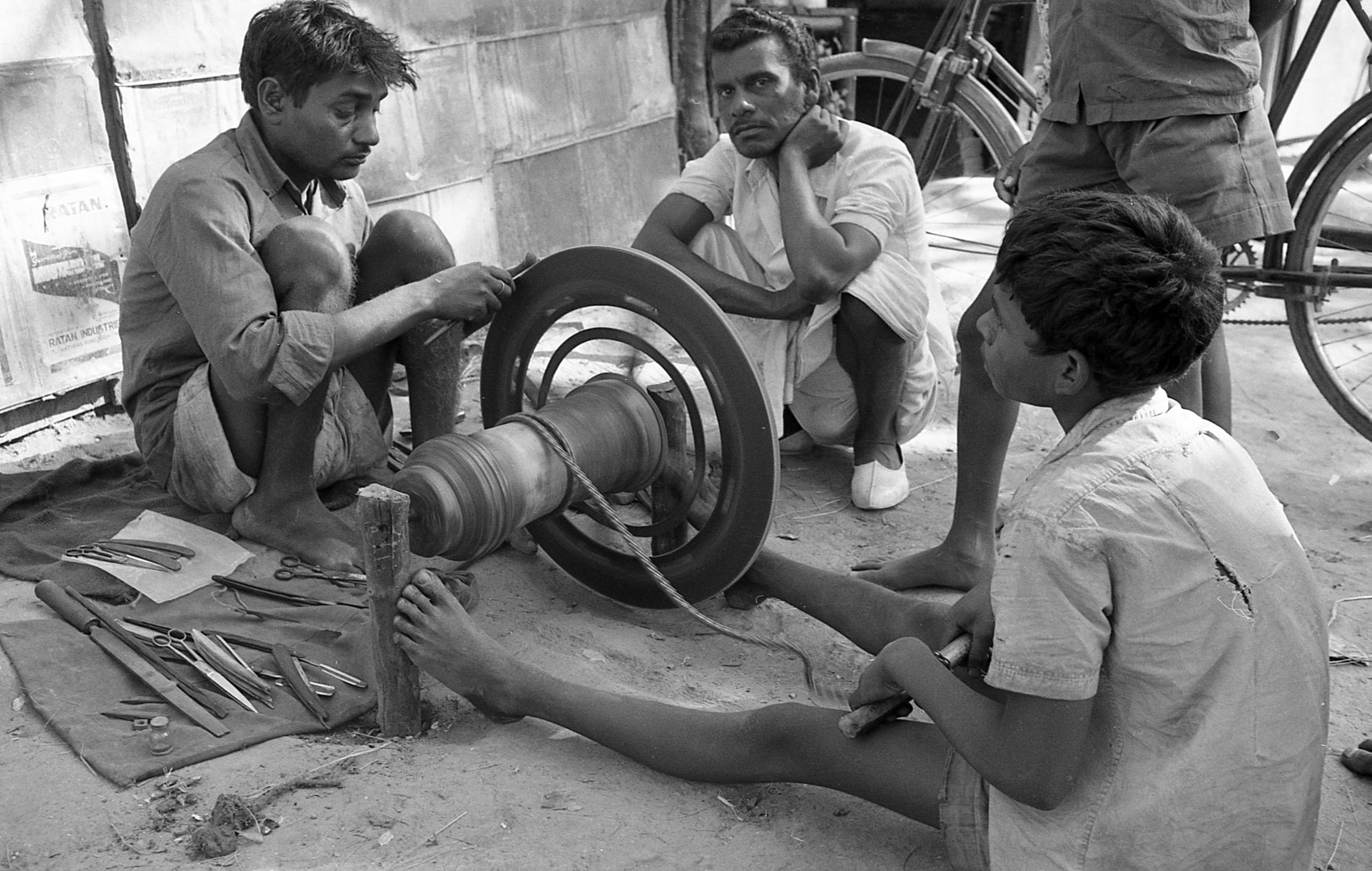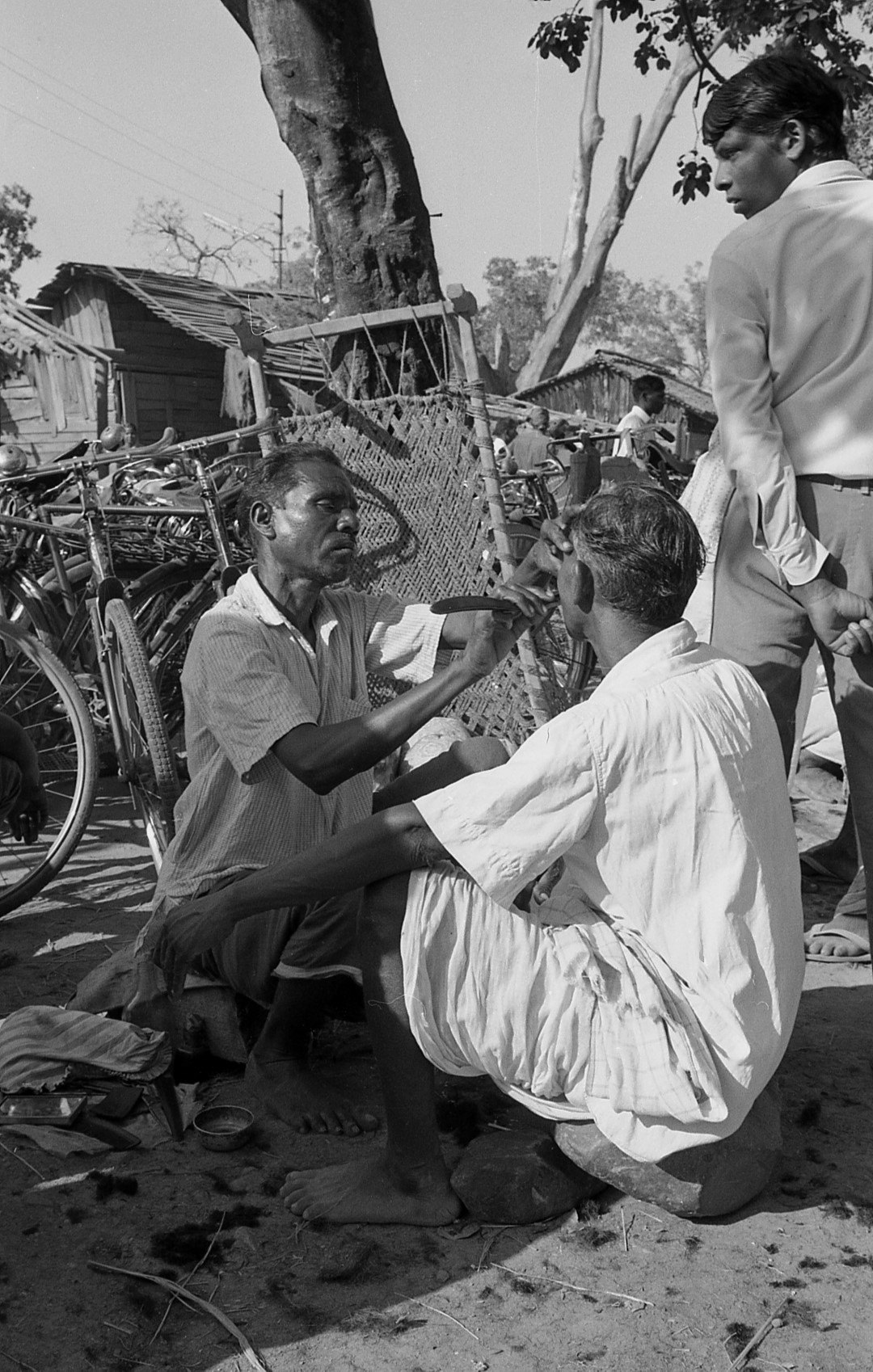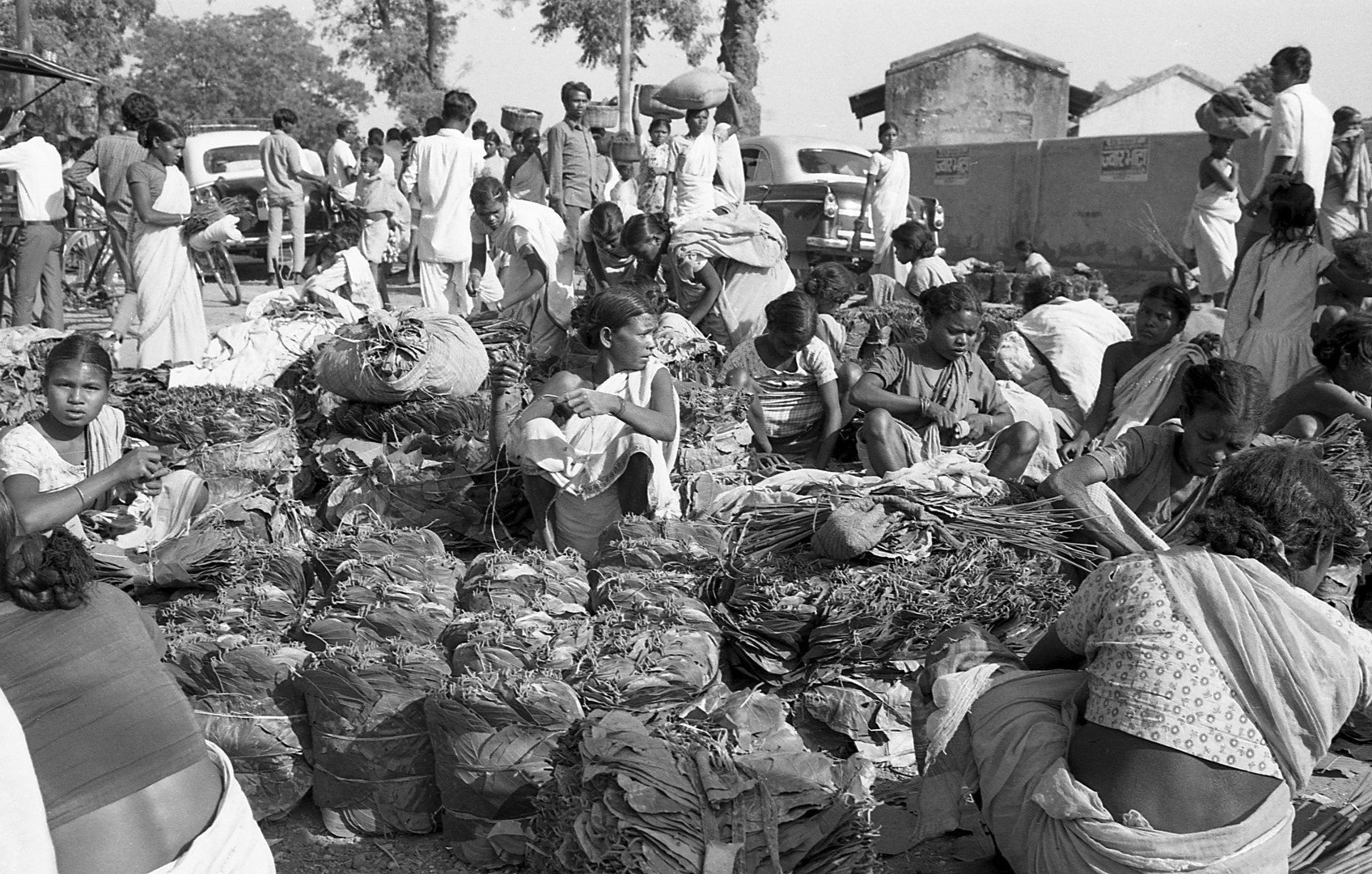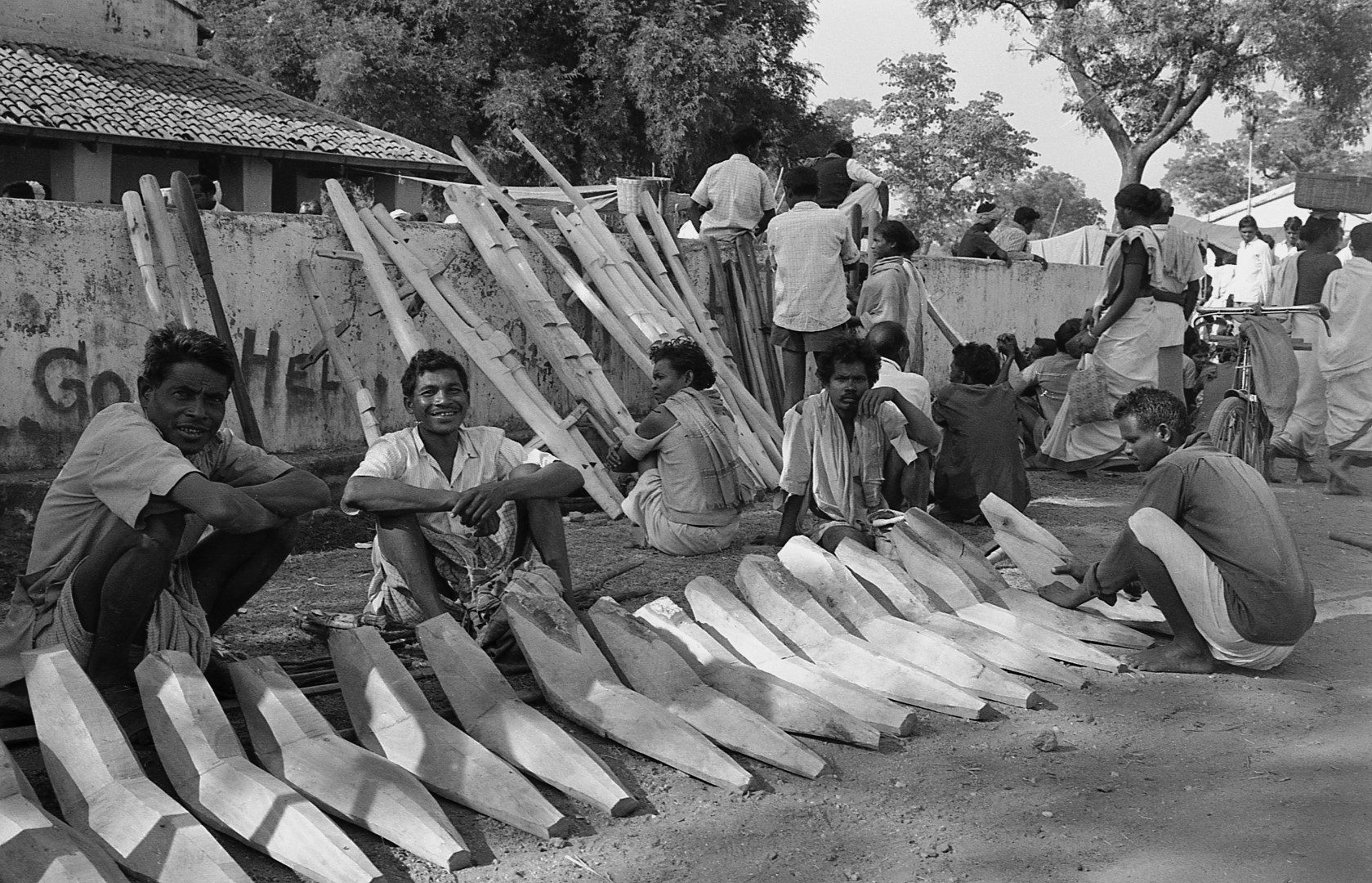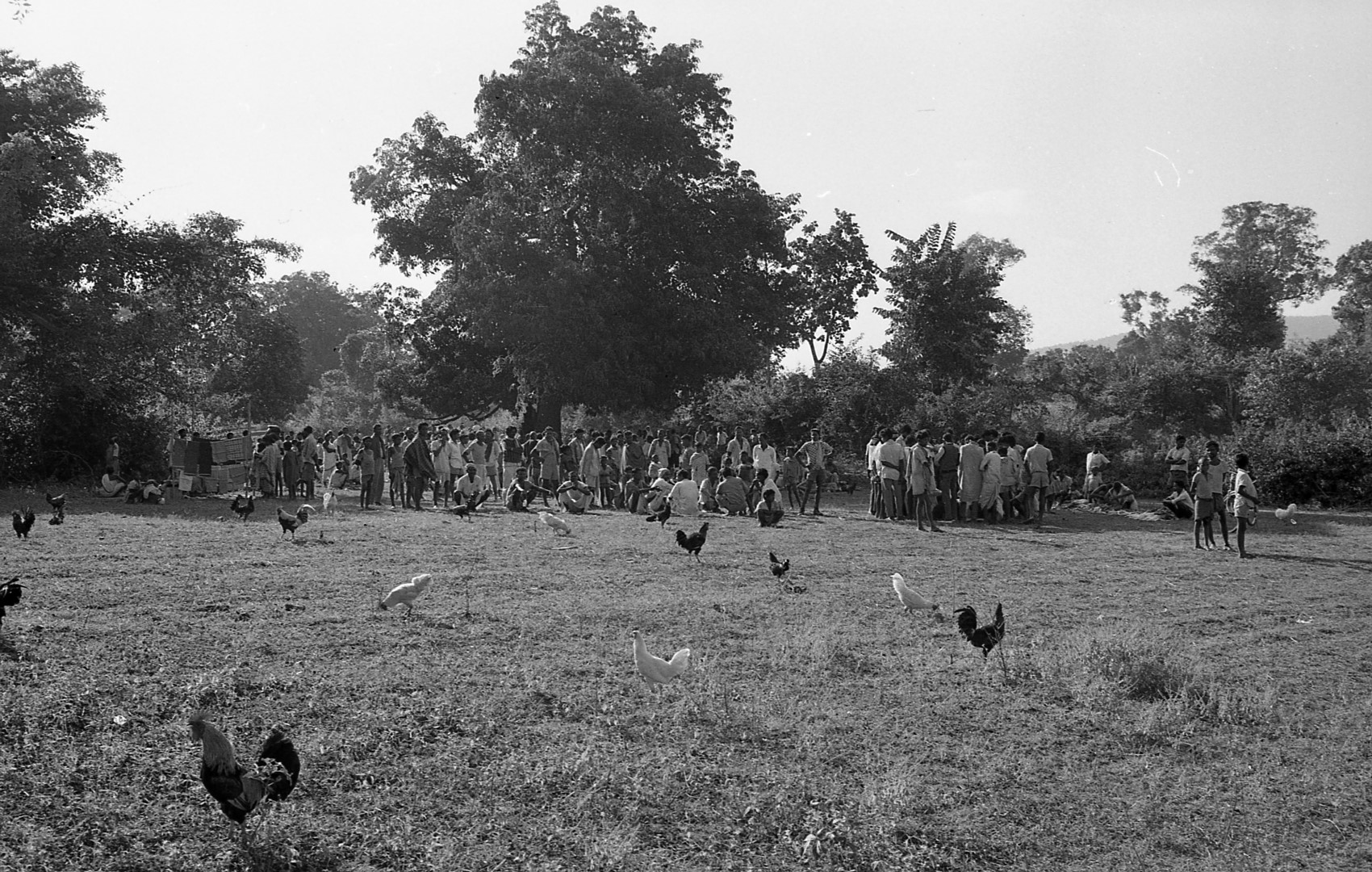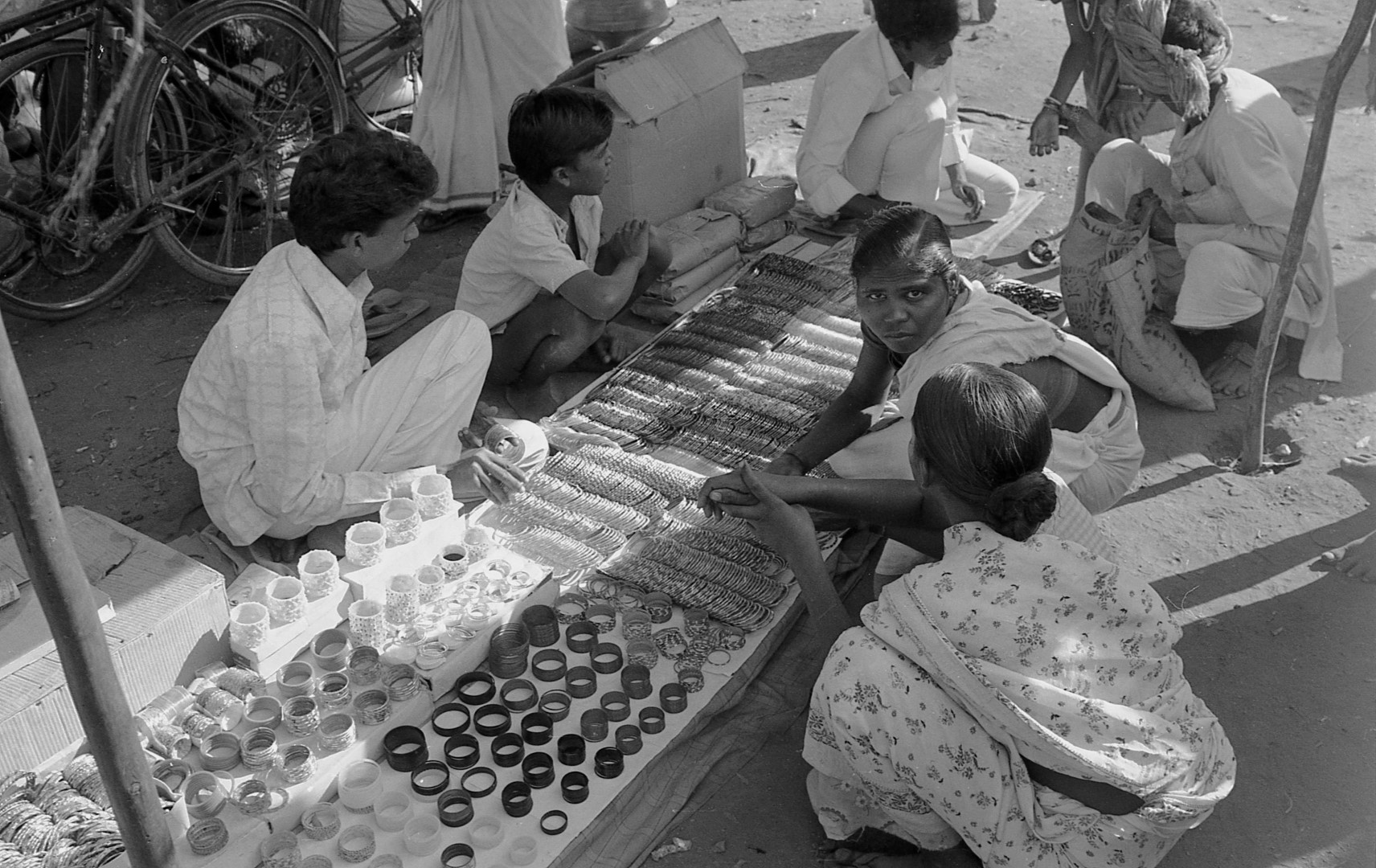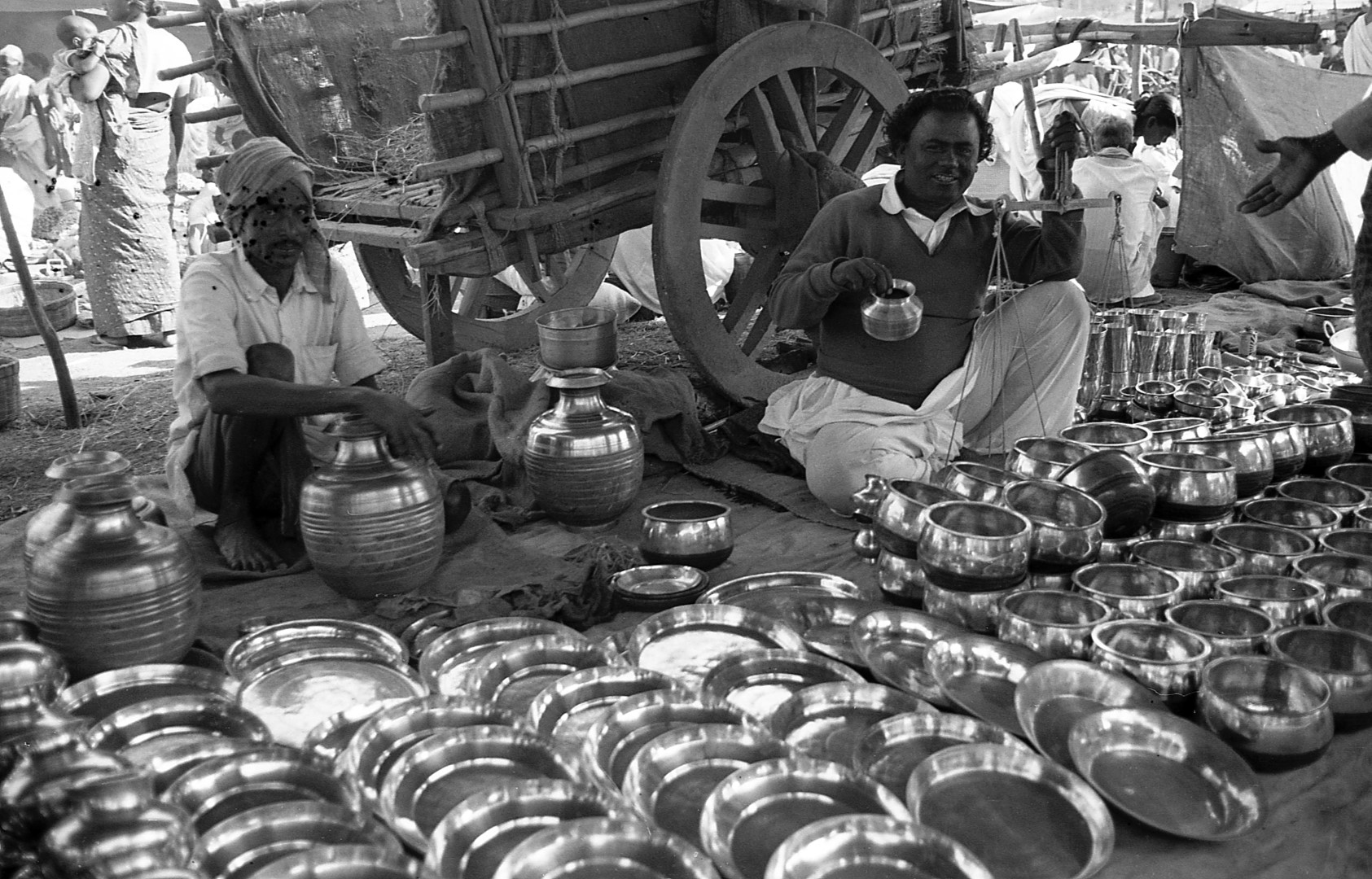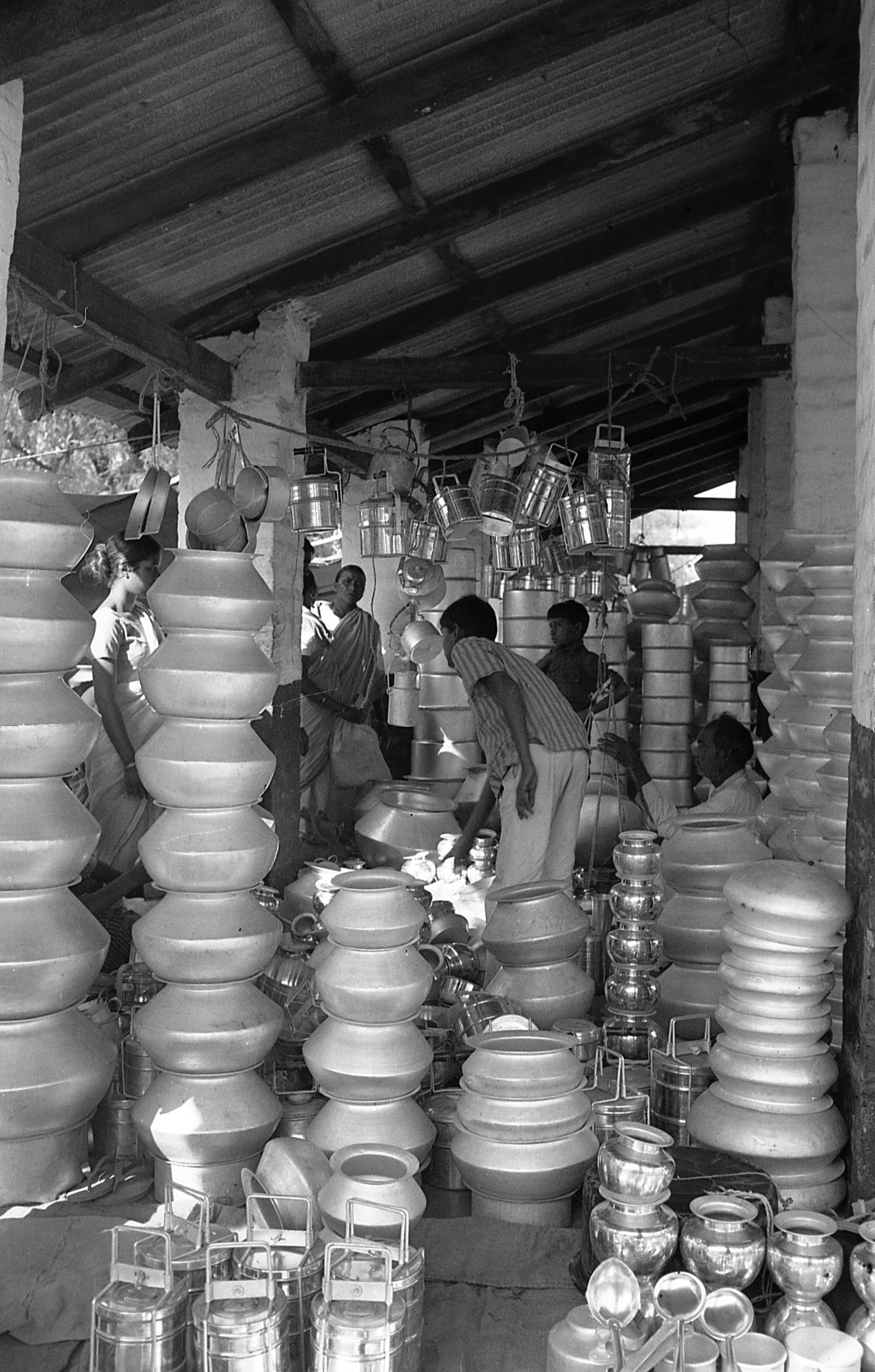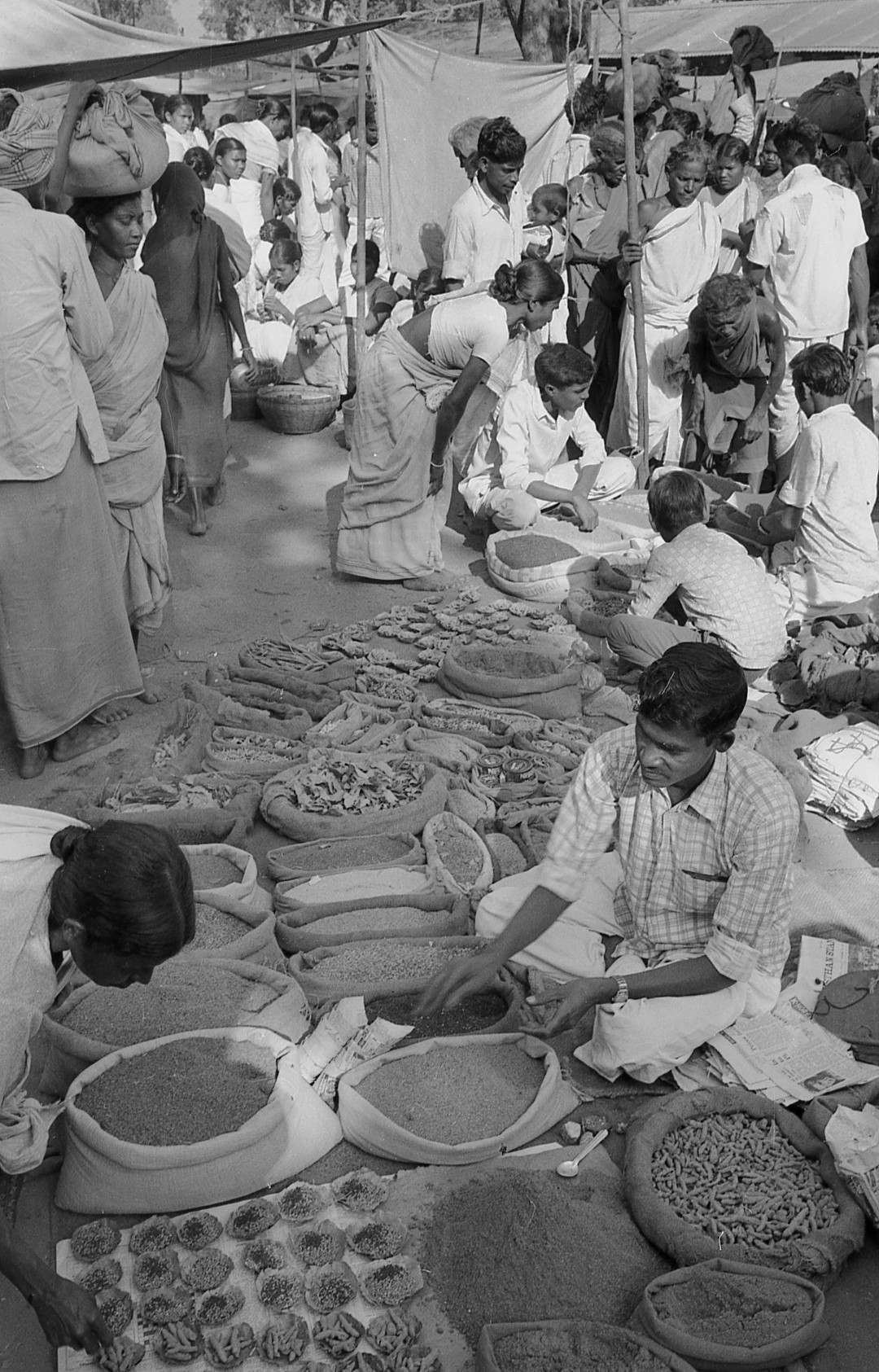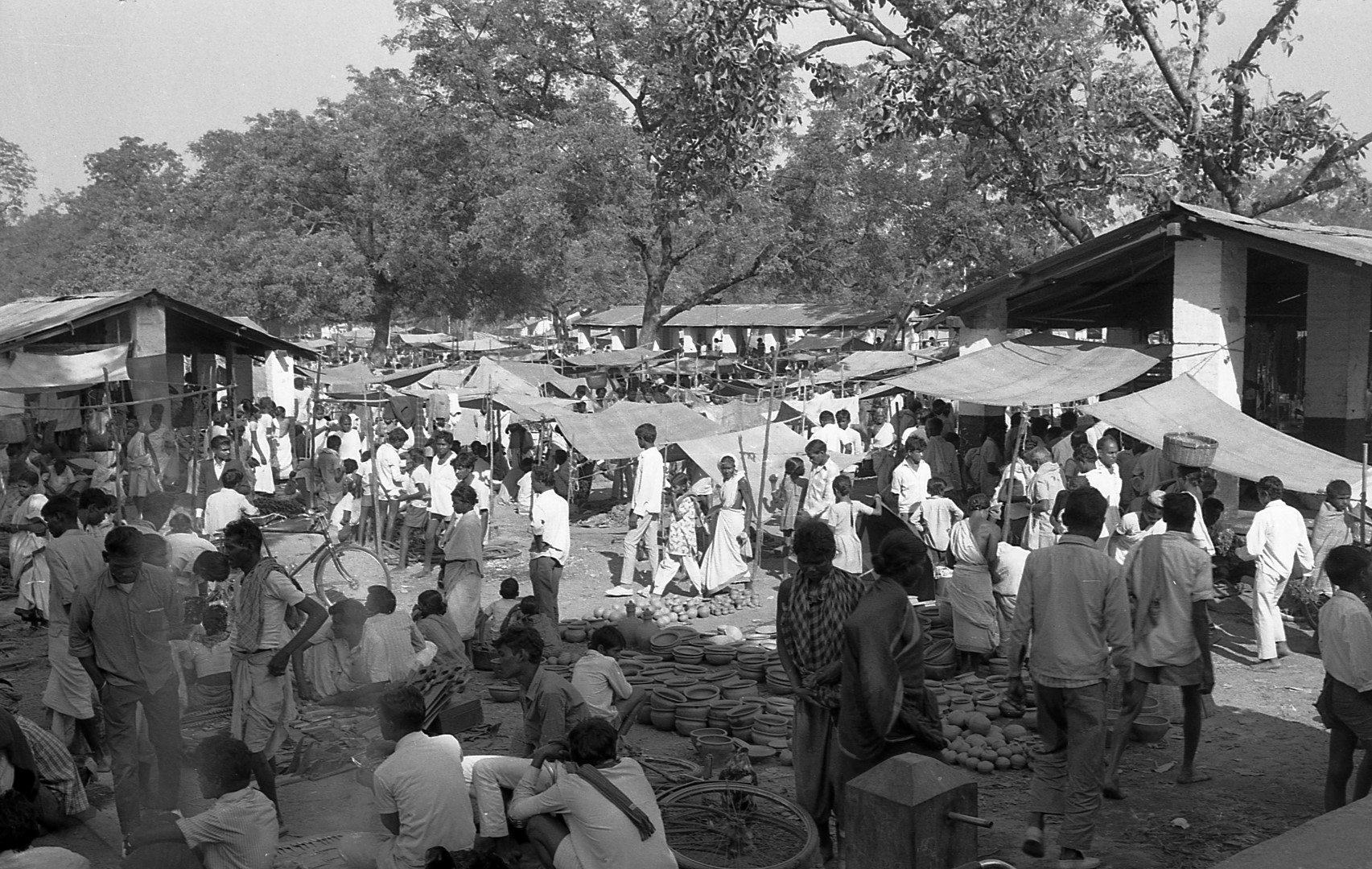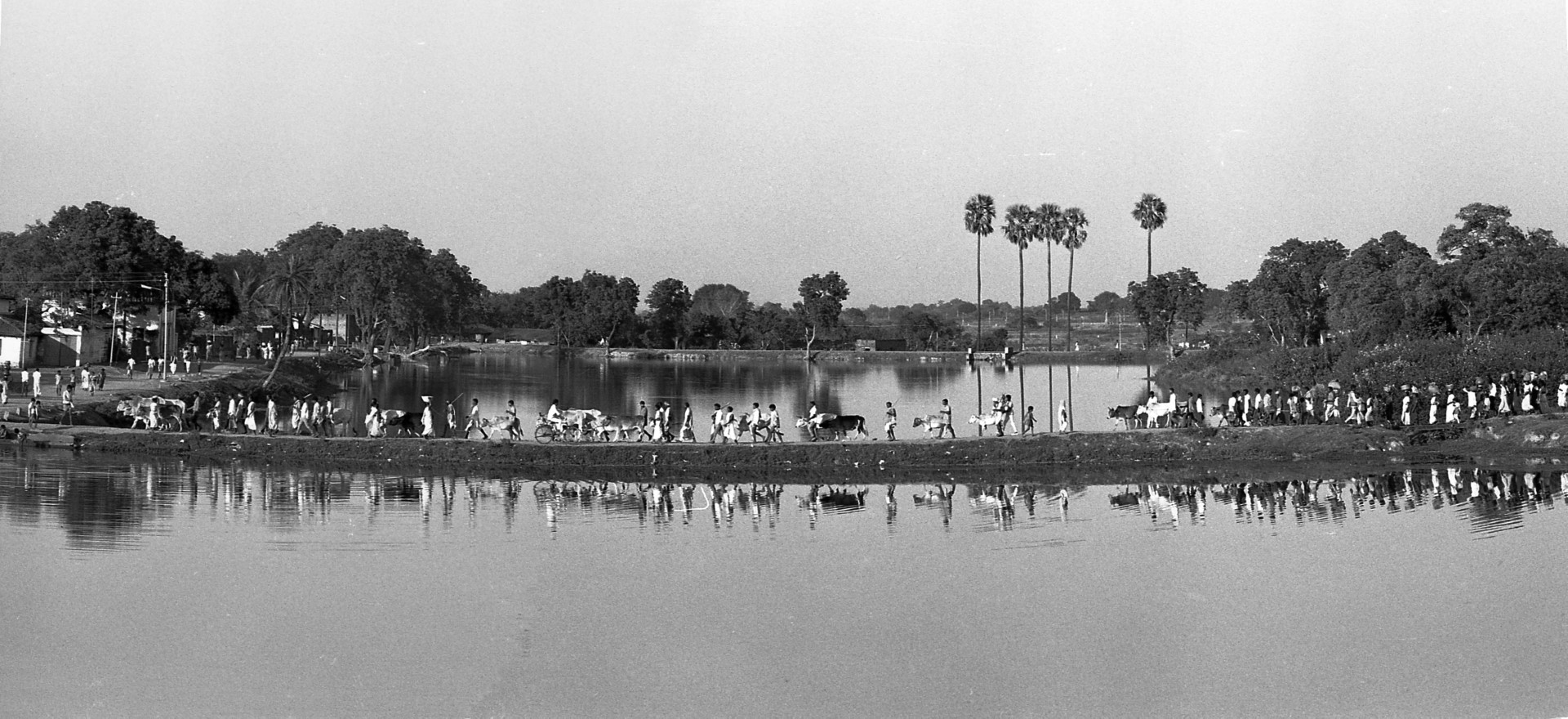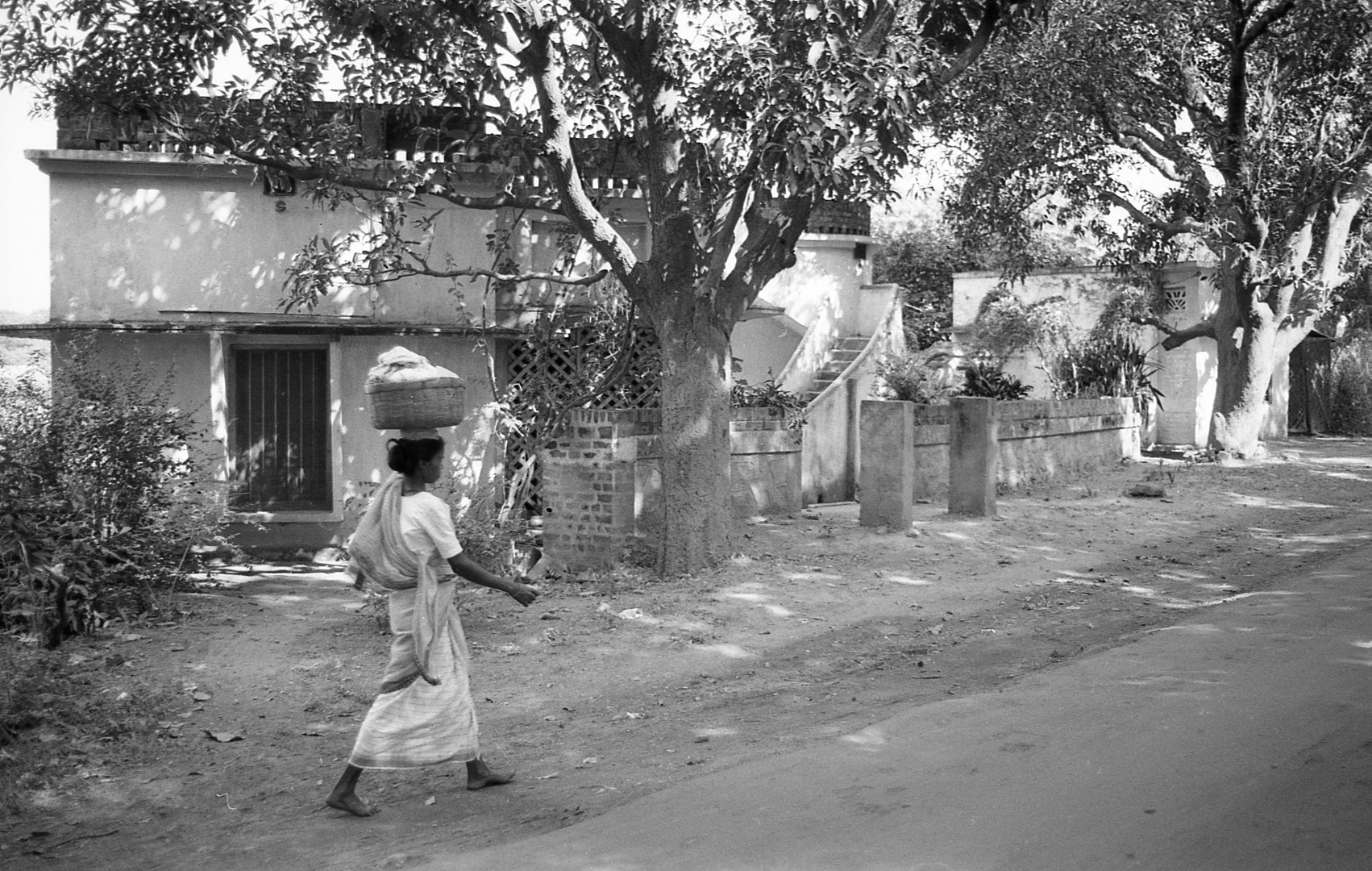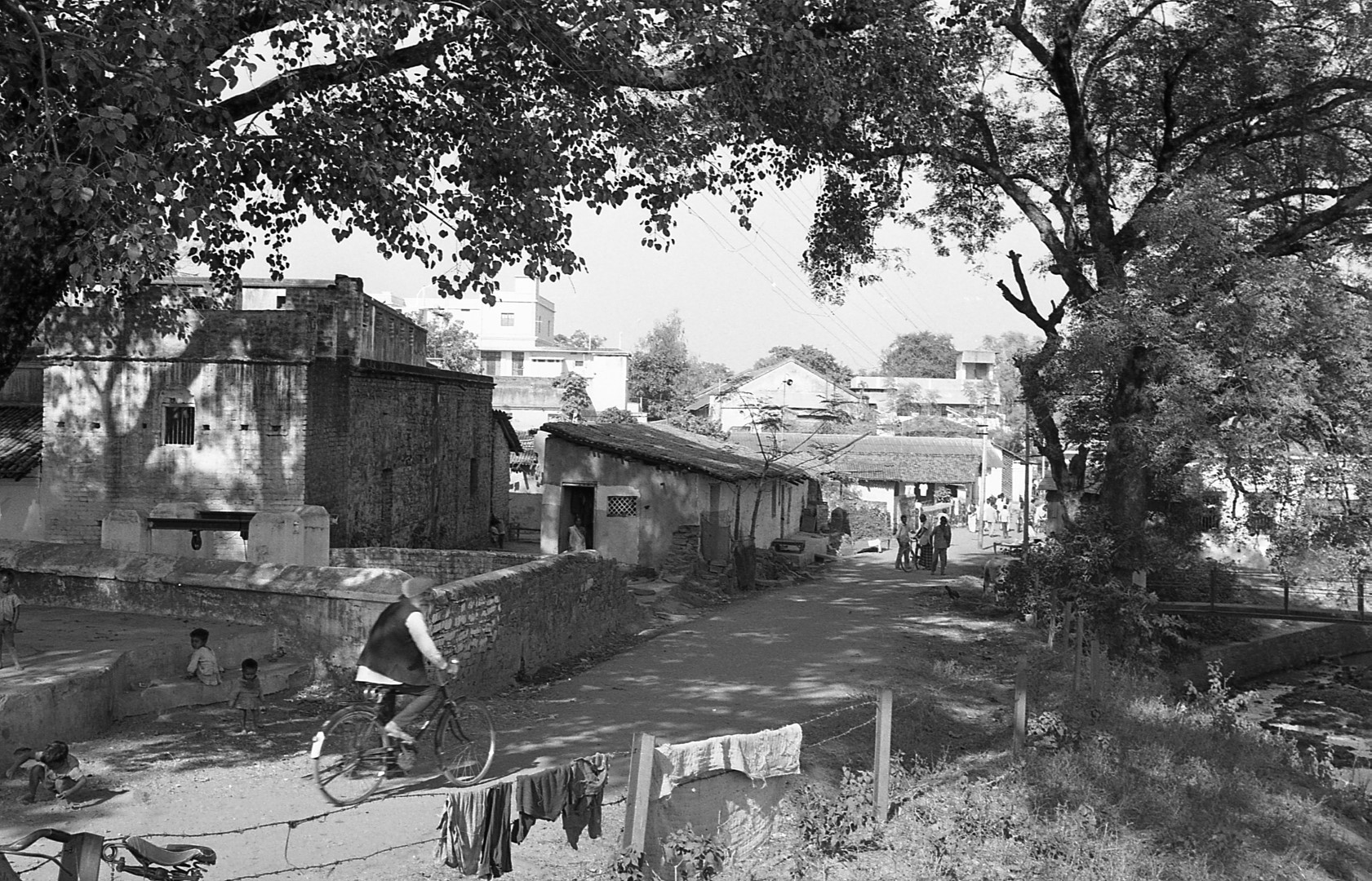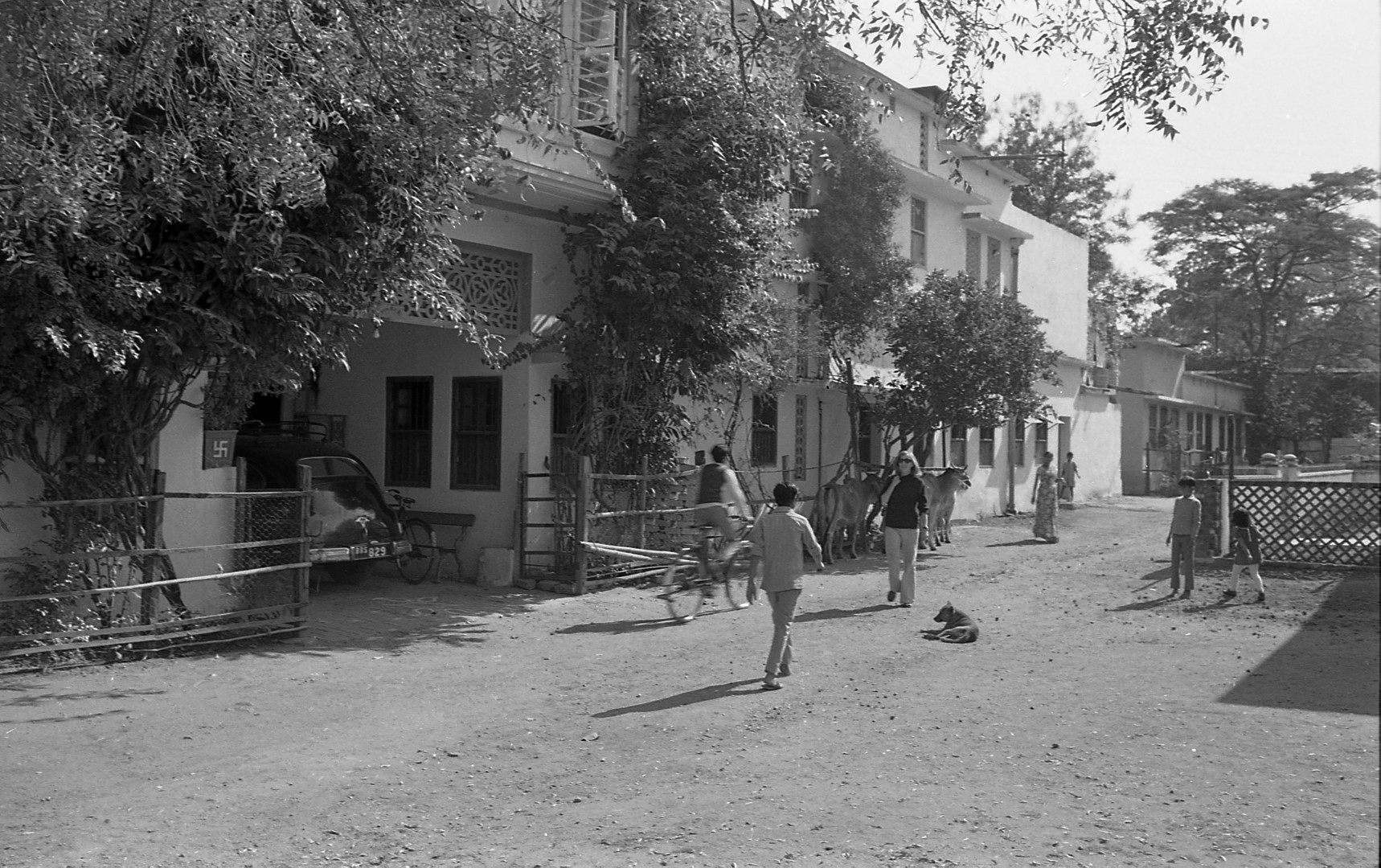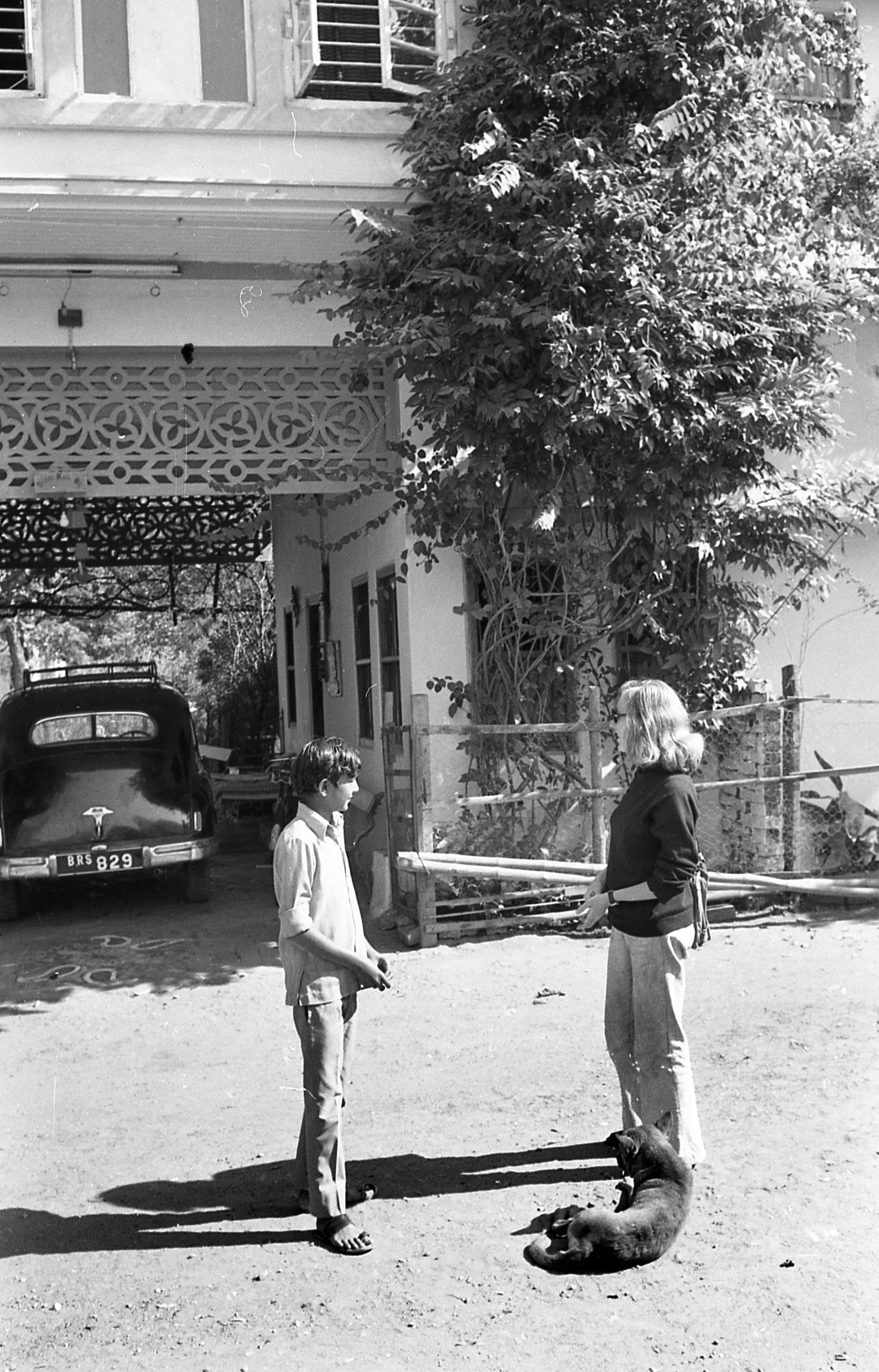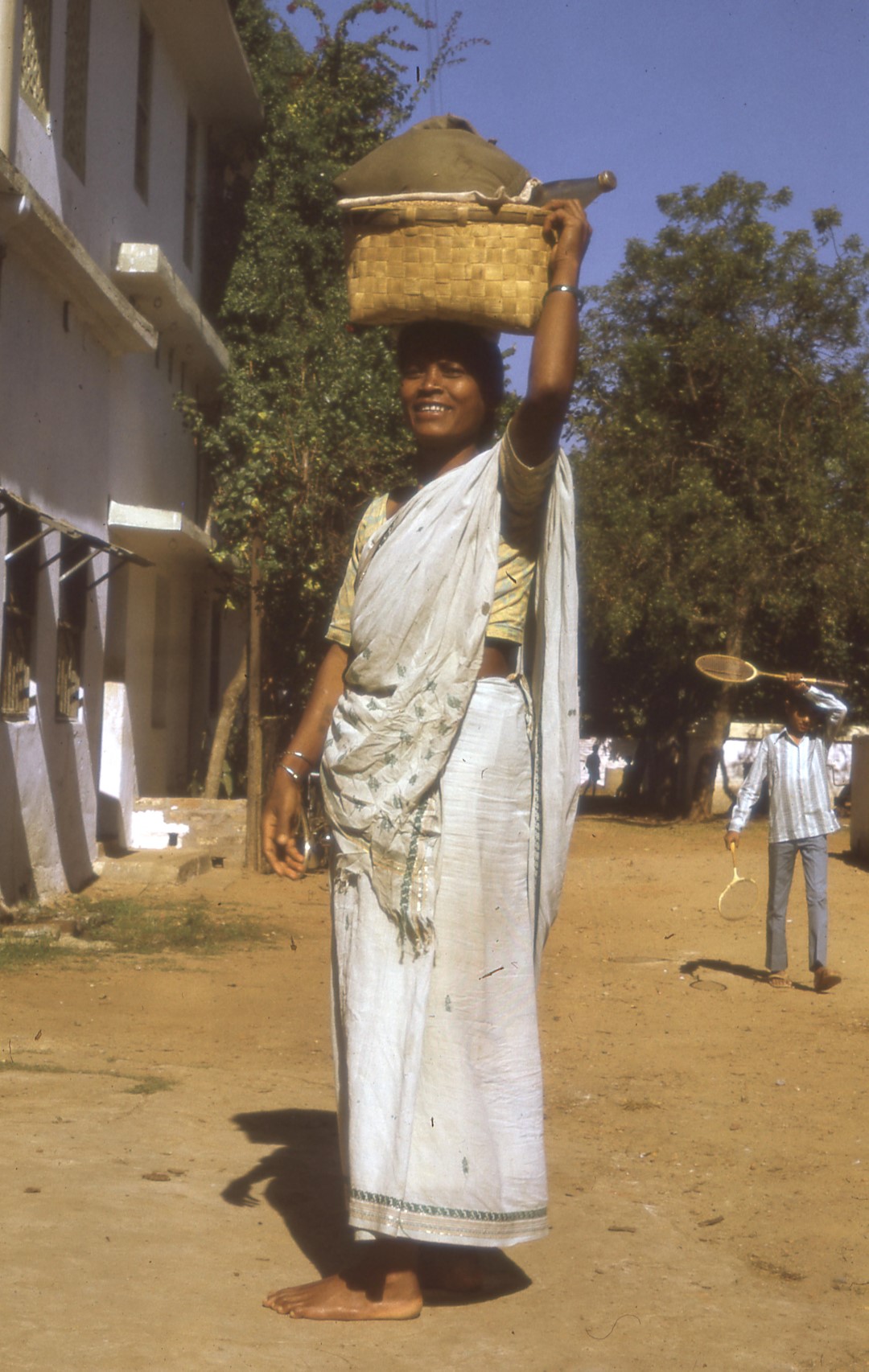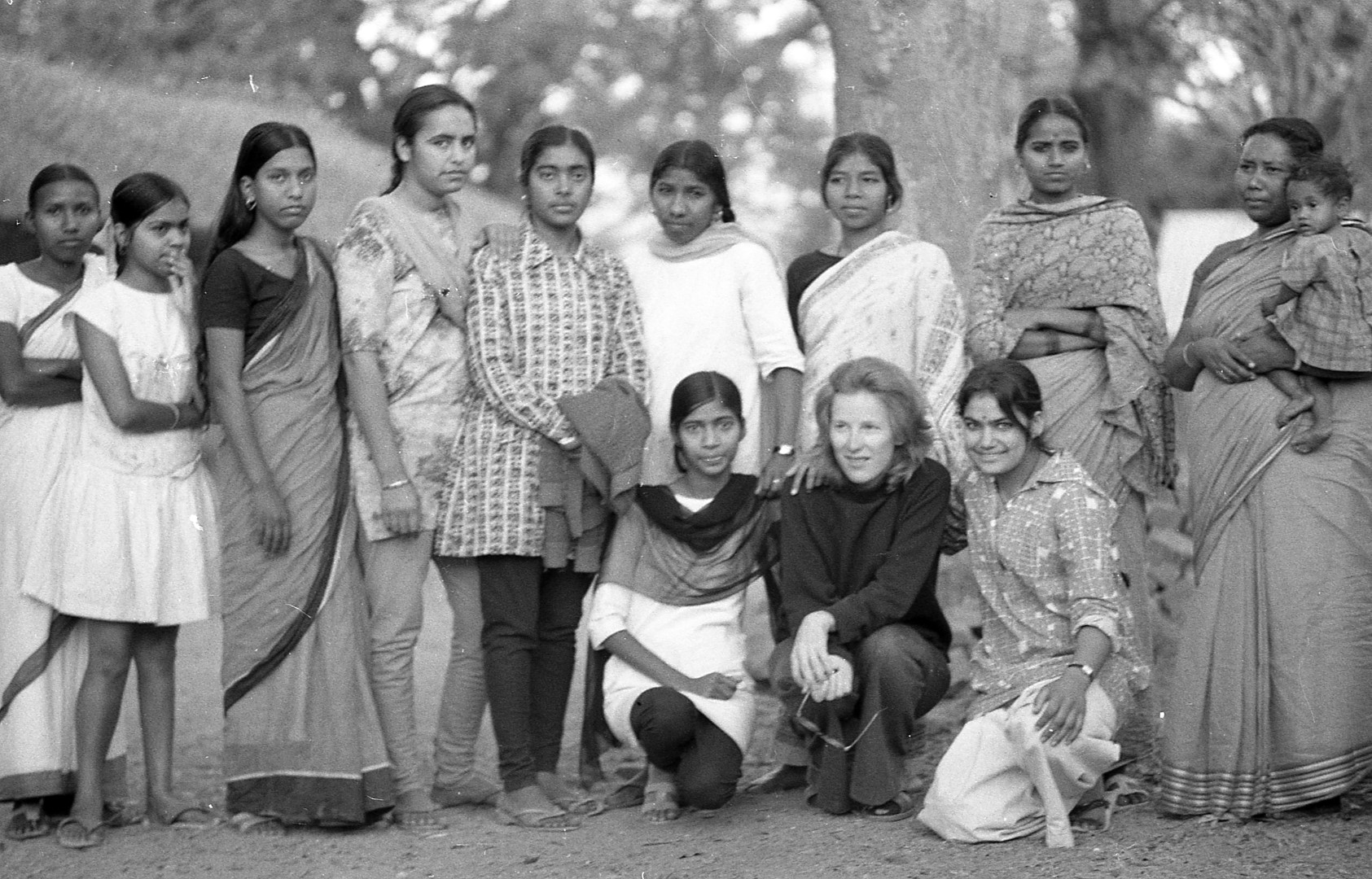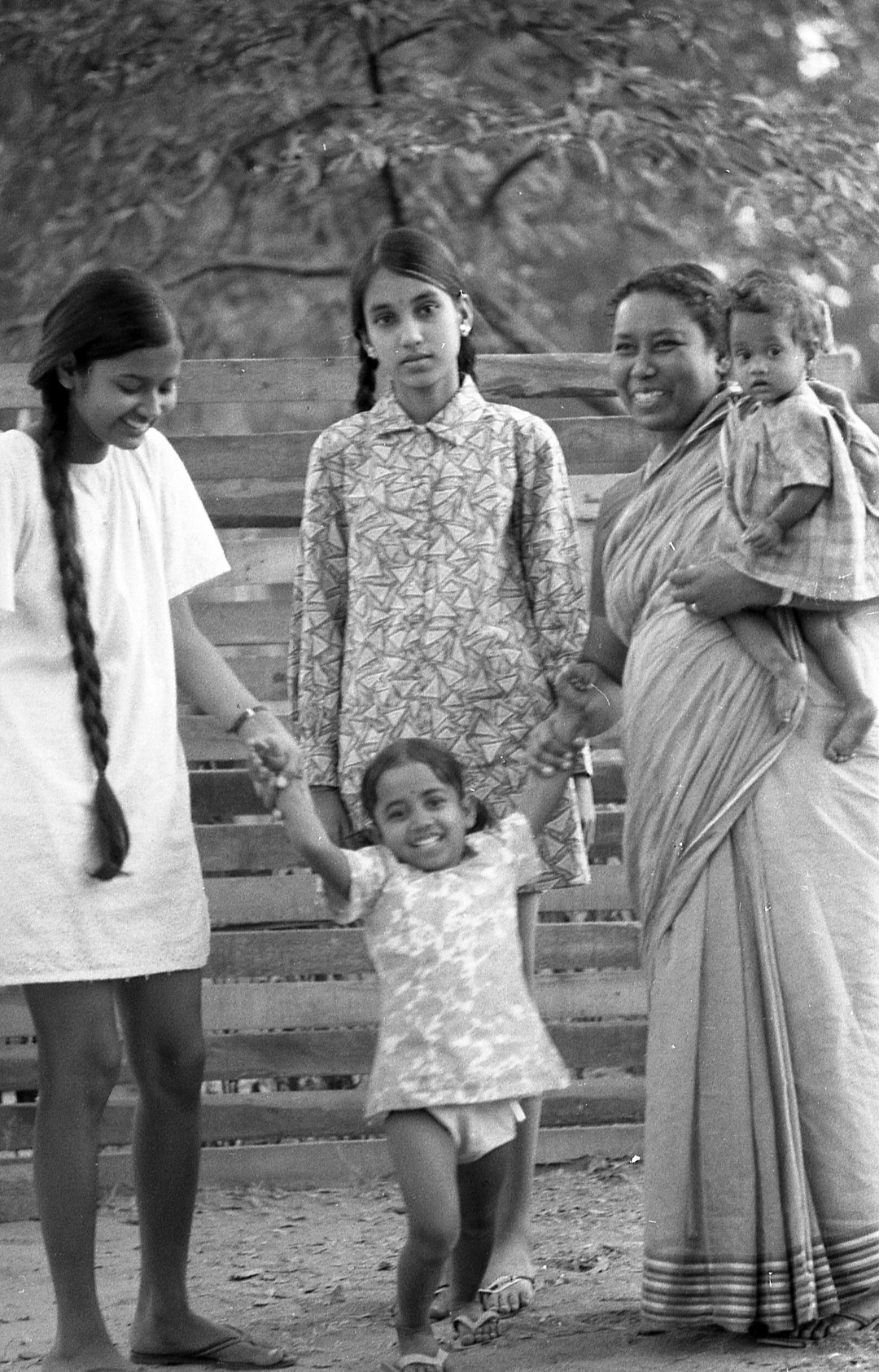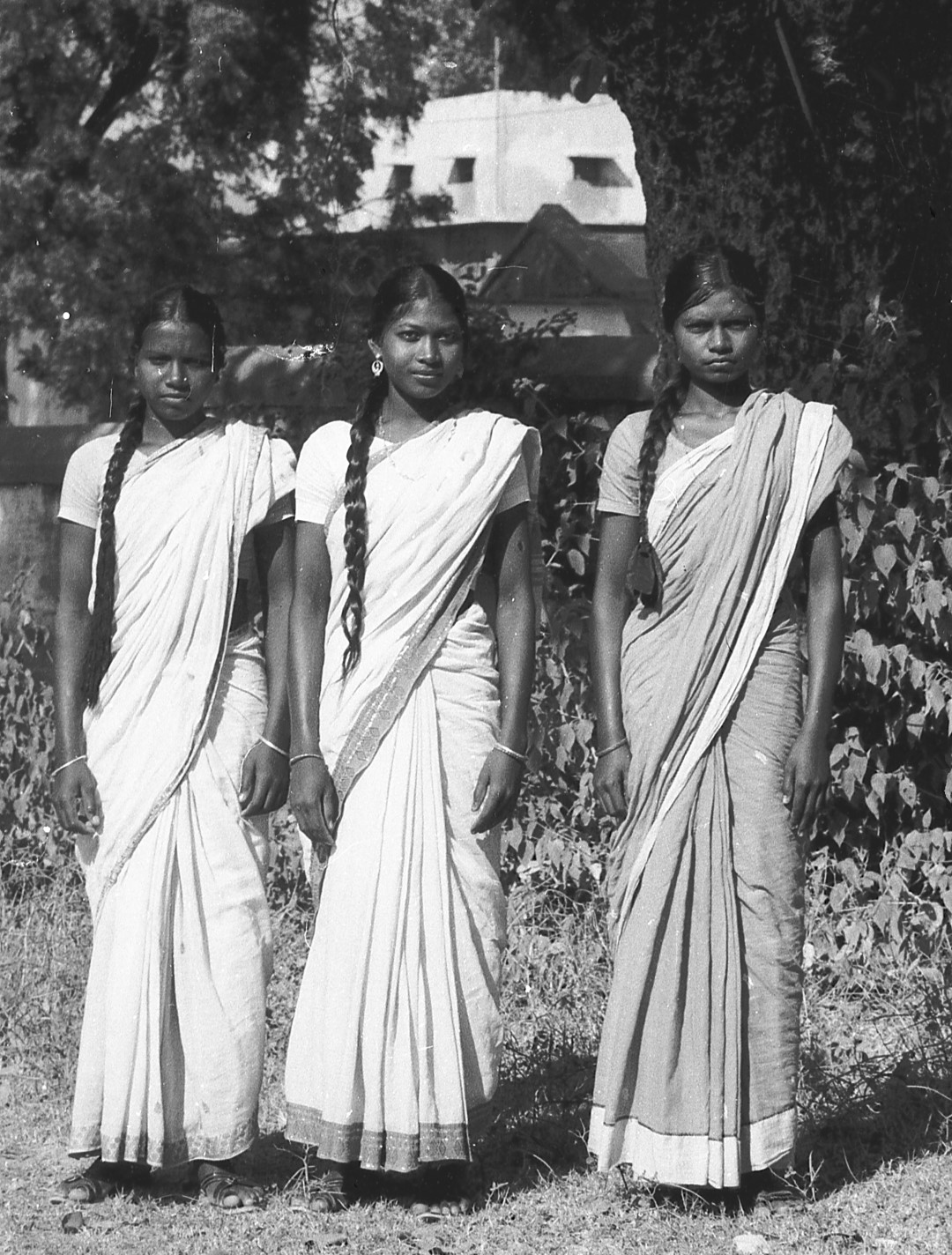Chaibasa
Chaibasa street scenes
Chaibasa is the local district capital and administrative headqarters of the Kolhan Tribal Estate. The town was greatly enlarged after the British Captain Wilkinson suppressed the Ho tribal uprising in 1837. A courthouse and a prison were built, and it was the residence of the Kolhan Superintendent, a British colonial officer, who became the governor of this tribal area. It was excluded from the regulations of what was then the Southern Frontier Agency, when the East India Company dominated India from its capital at Calcutta.
Chaibasa weekly market
Just opposite the well known Chaibasa Prison, and opposite the bus station, is the large weekly market place. Here the nearby Ho tribals come to buy and sell everything that they need. It is the hub of all the local news, gossip and politics.
Tungri, our house
When we first arrived in Chaibasa to do research on the Ho people, we lived in this house in Tungri, then a suburb of Chaibasa that led to the old British cantonment area of the District Collector’s bungalow and the ‘Katchari‘, the law courts. During this early period we were working hard to learn the Ho language and study the colonial records and gazetteers of the Kolhan Government Estate.
Taunk’s house in European Quarters
Later we rented a small house from Hirji Nanji Taunk, a local businessman, producer and purveyor of what he claimed was medicinal tribal hair oil. We used his house to retreat from the tribal village that had no electricity and running water. Also in Chaibasa we could consult the government records, meet the administrators and the Kolhan Superintendent, in charge of all tribal affairs under the colonial regulations of the Kolhan Tribal Estate, the nearby Jesuit missionaries, especially Father Deeney, whose deep knowledge of the Ho and their language, was essential to our research.
Chaibasa Missionaries
Since the British made the Kolhan a special tribal district, it attracted a wide range of European missionaries. They wanted to convert the tribal people to Christianity. Among them were the Society for the Propagation of the Gospel (SPG), the Gossner Mission, The Anglican Church Missionary Society (CMS), and most importantly the Jesuit Mission in Chaibasa and Lupungutu. The Jesuit’s form of Christianity was uniquely syncretic with God being translated as ‘Singbonga‘, the Ho deity of creation. Many Ho living near Chaibasa had become Roman Catholics. They benefitted from the Jesuit schools, training schemes, banks and associated medical facilities.
